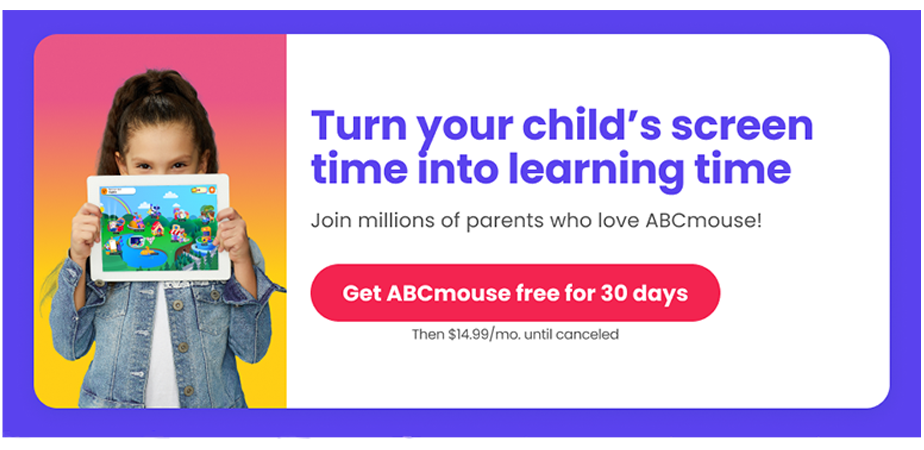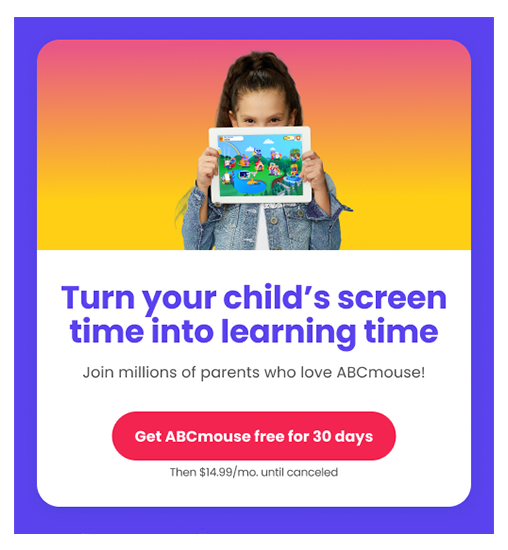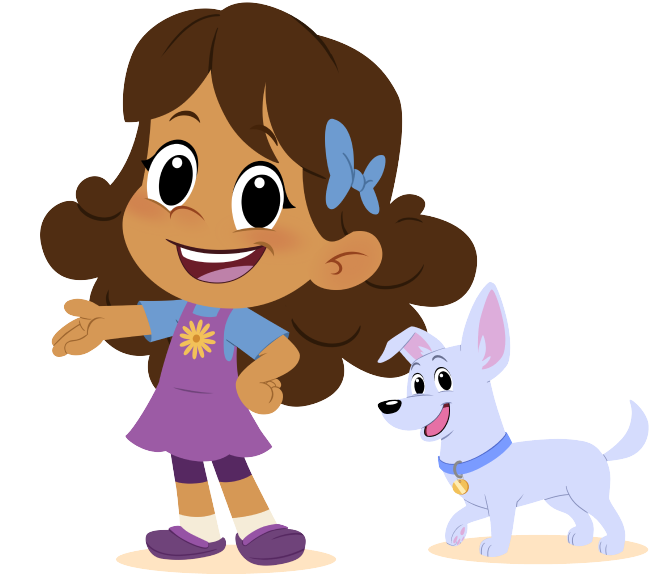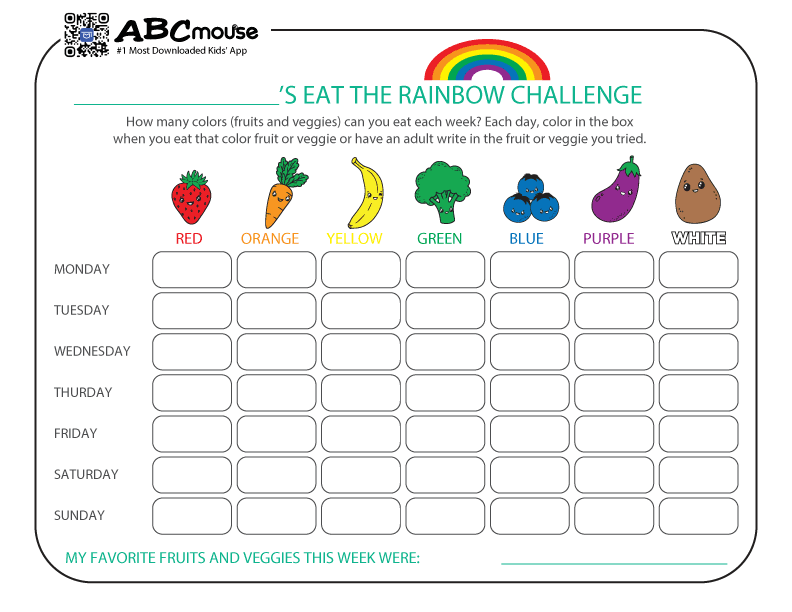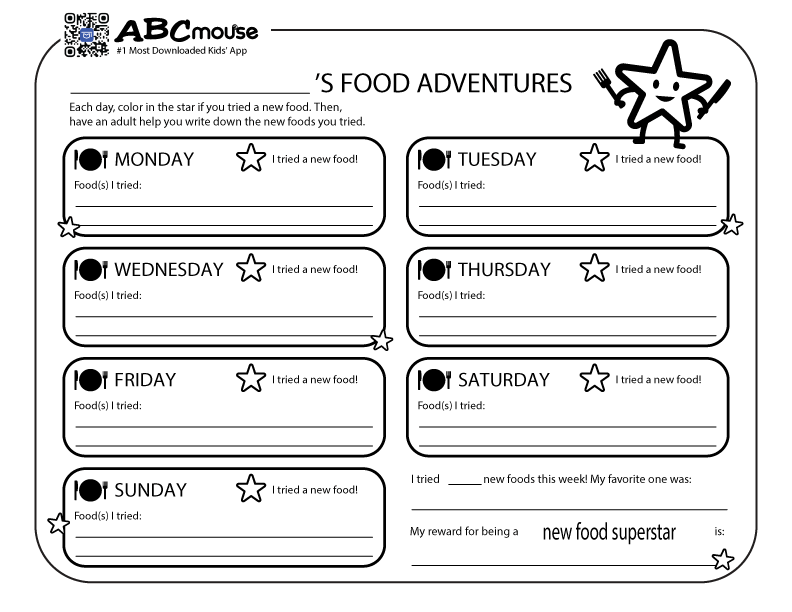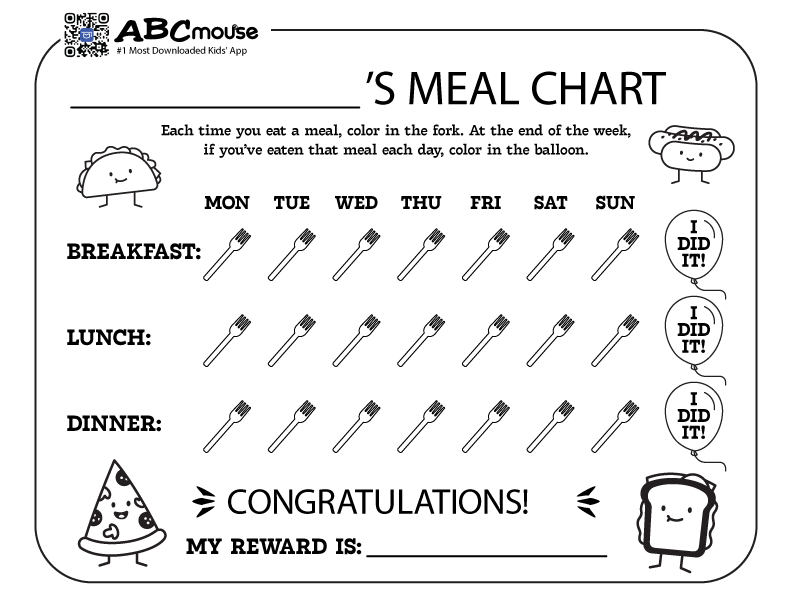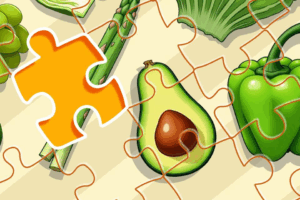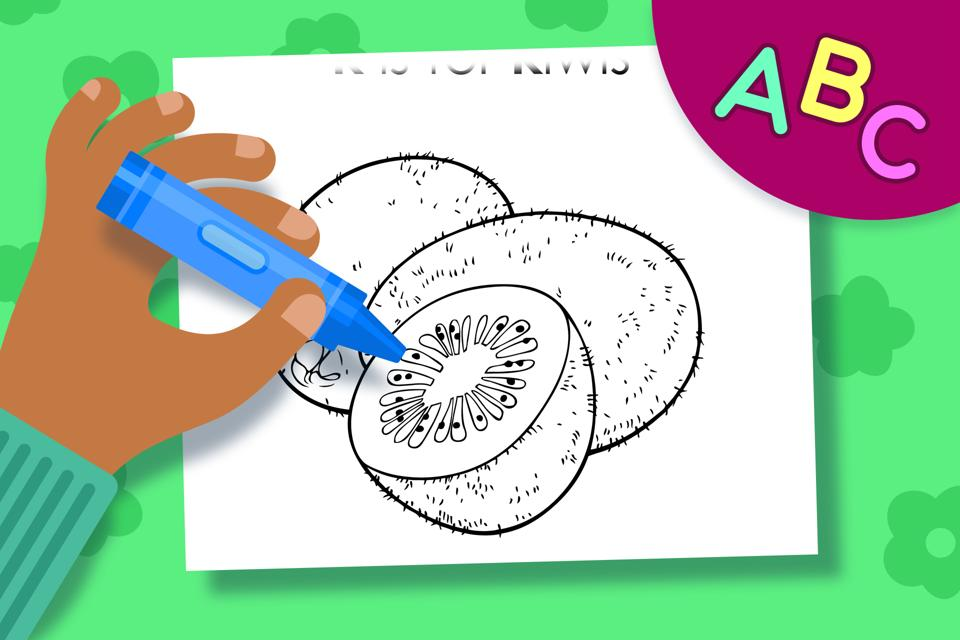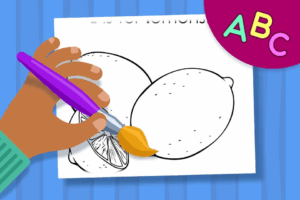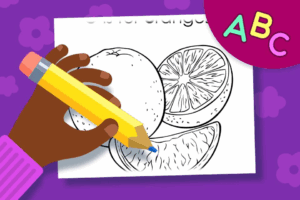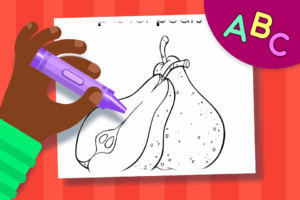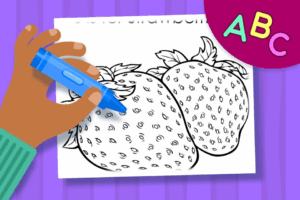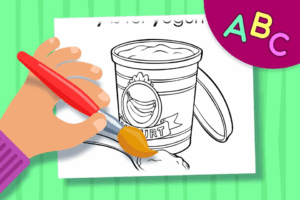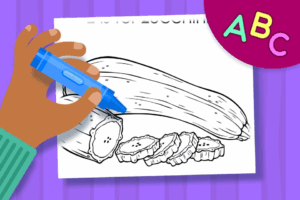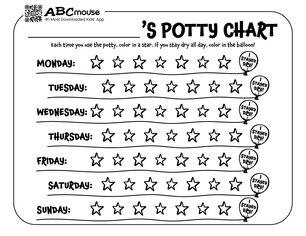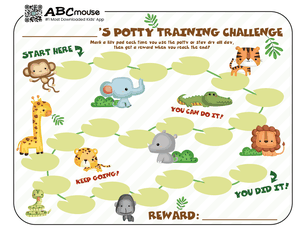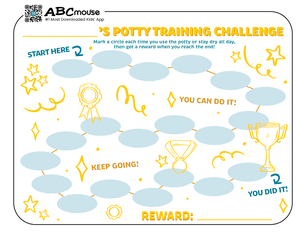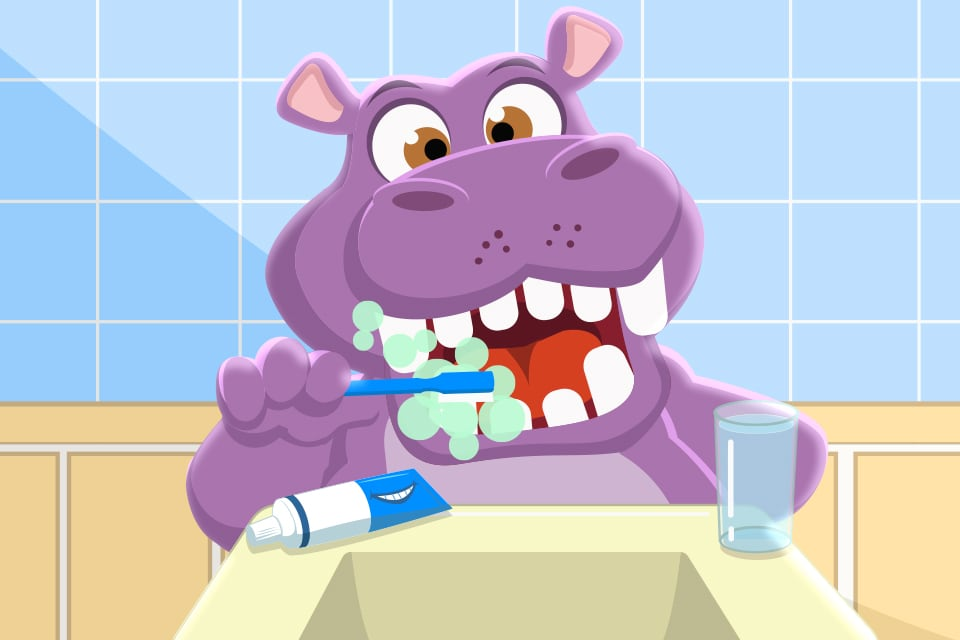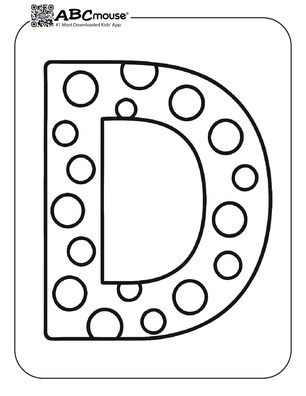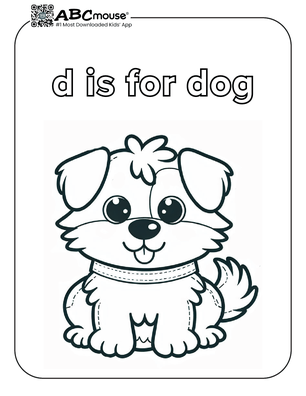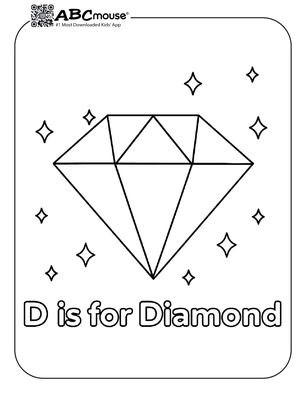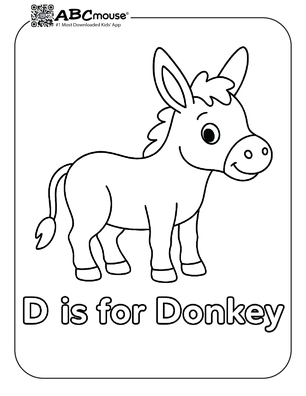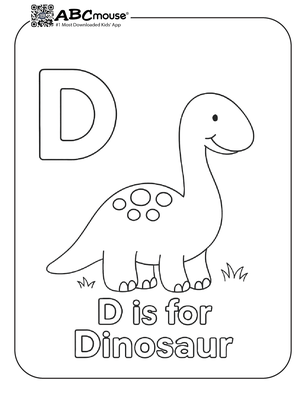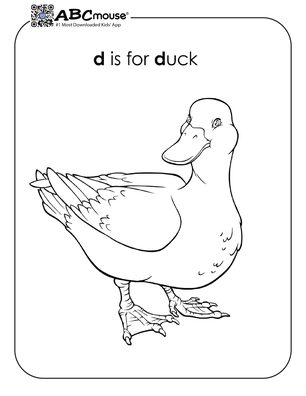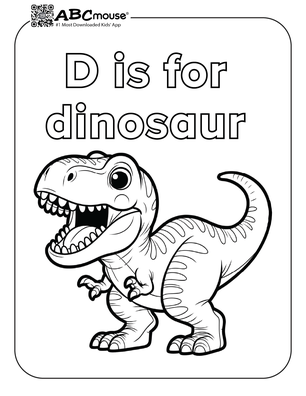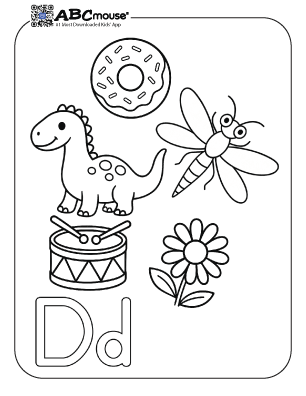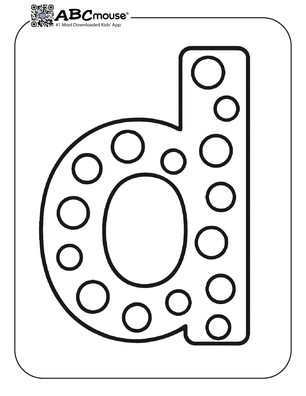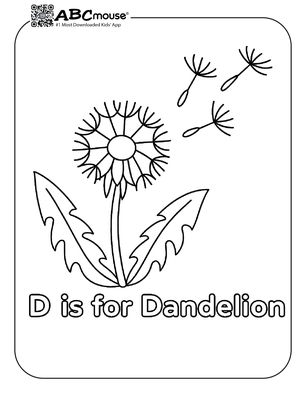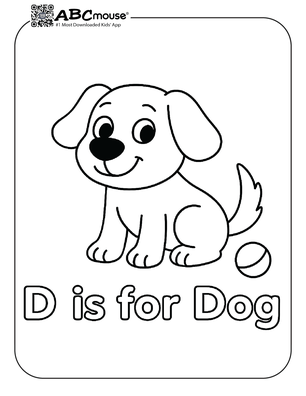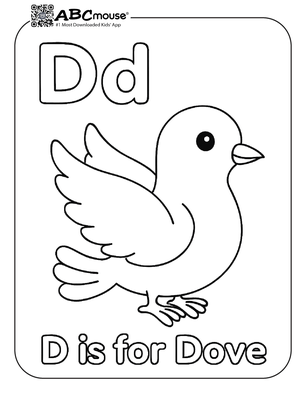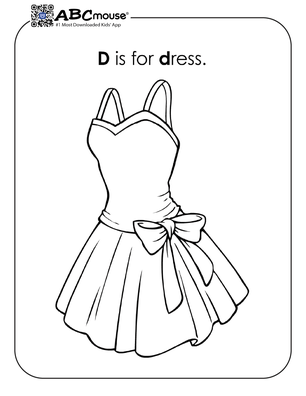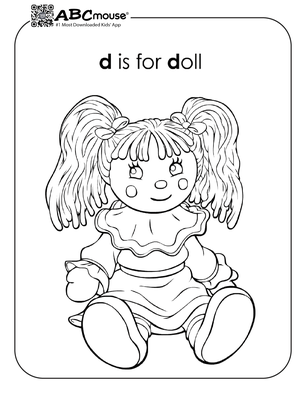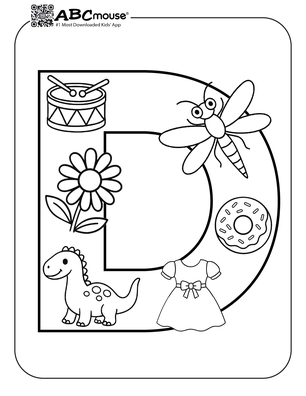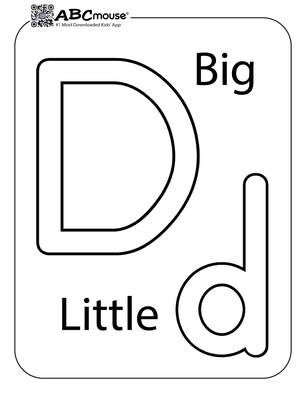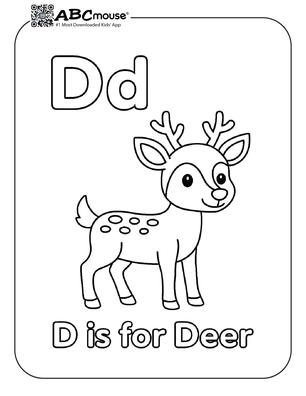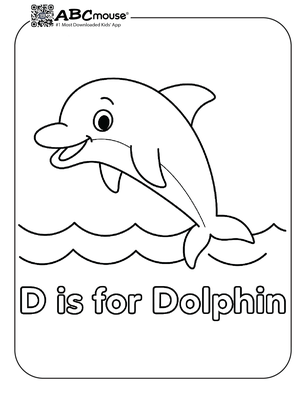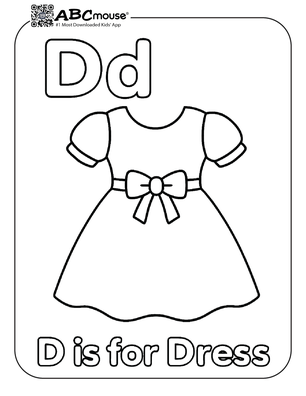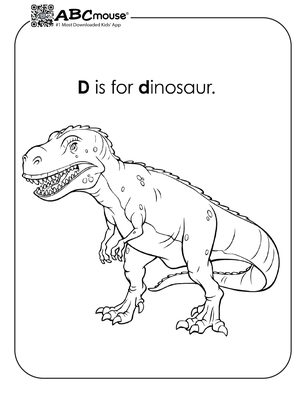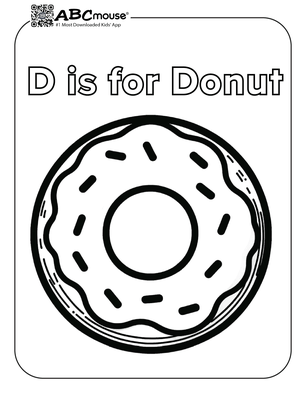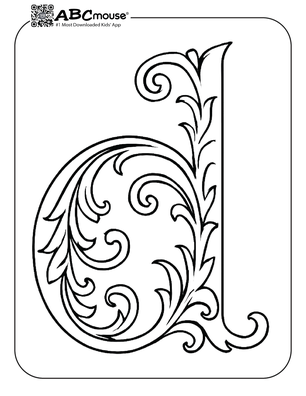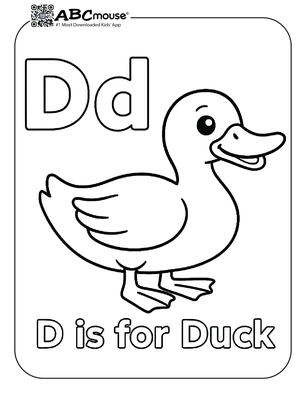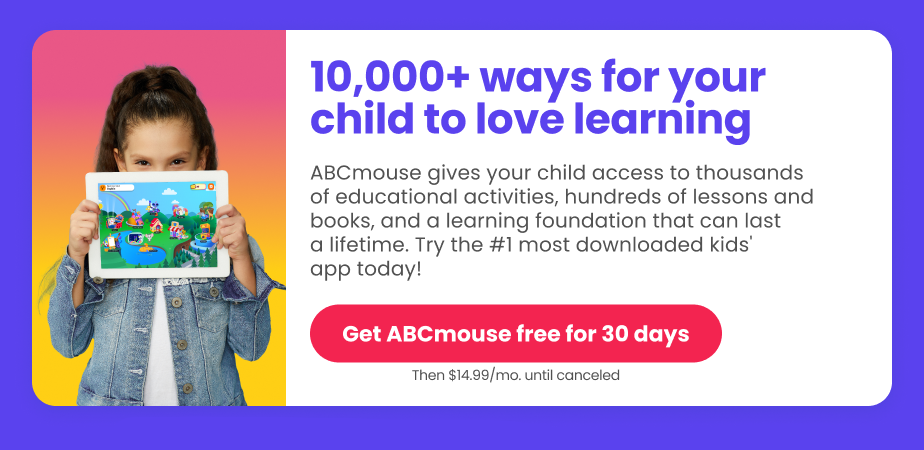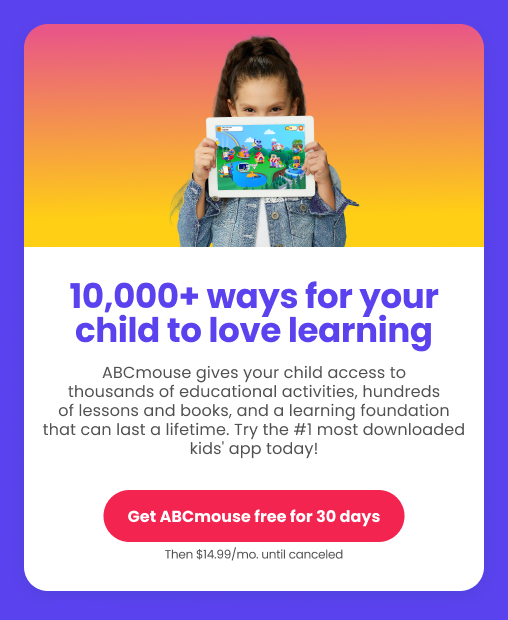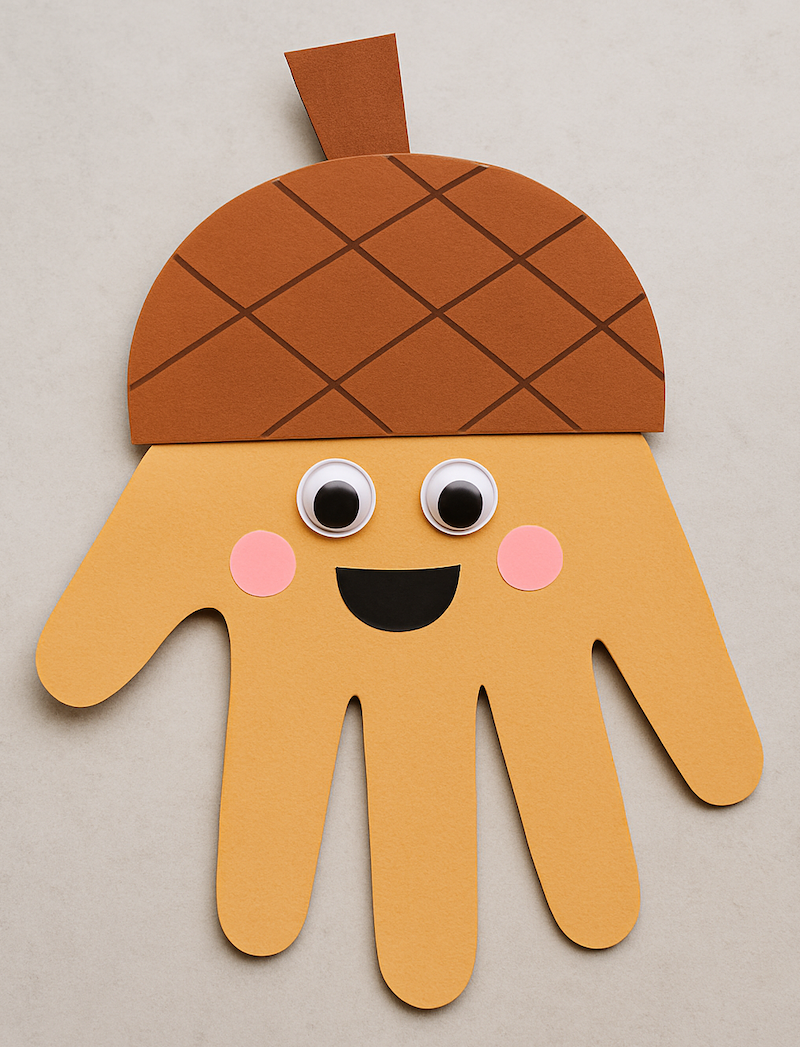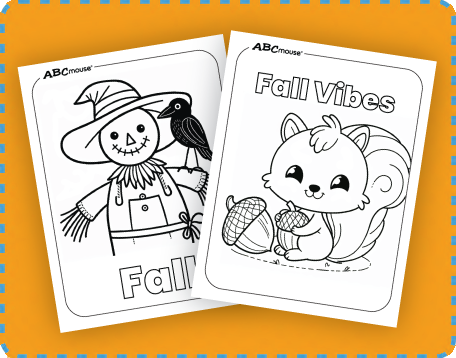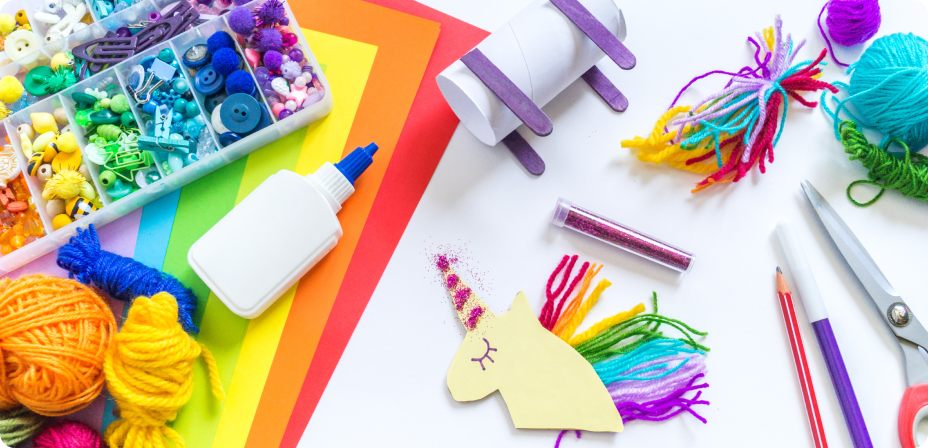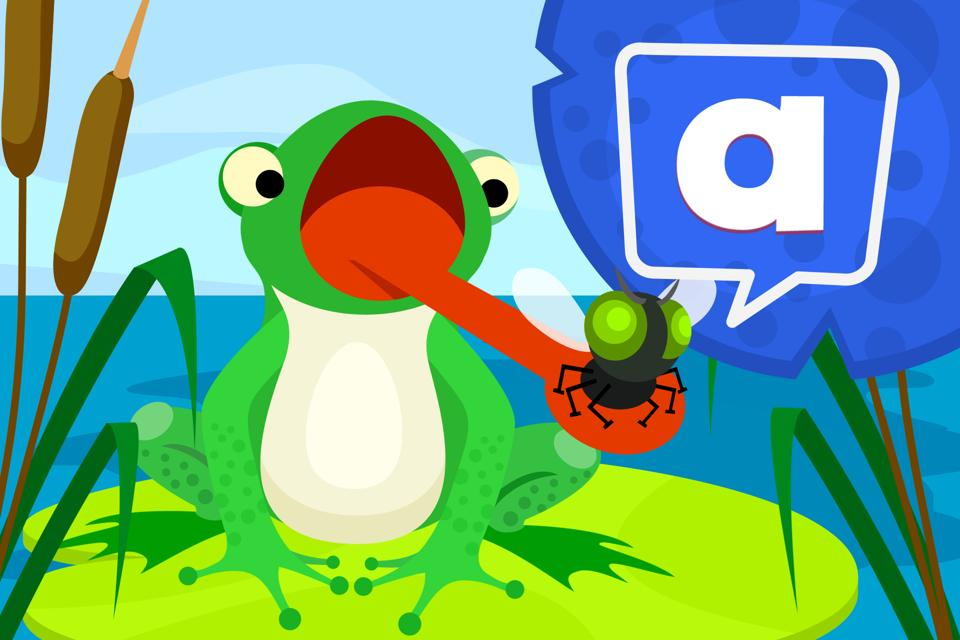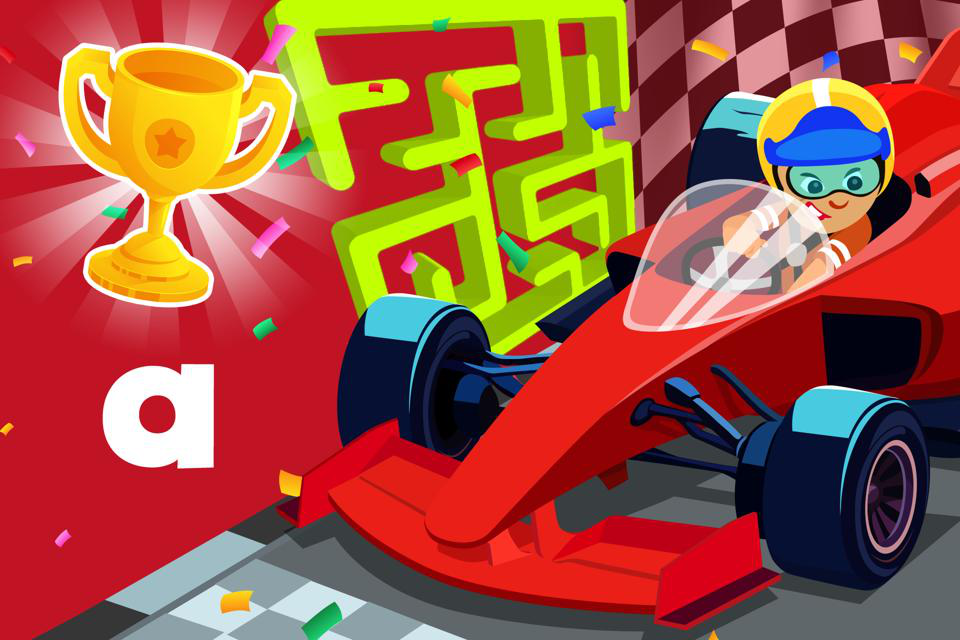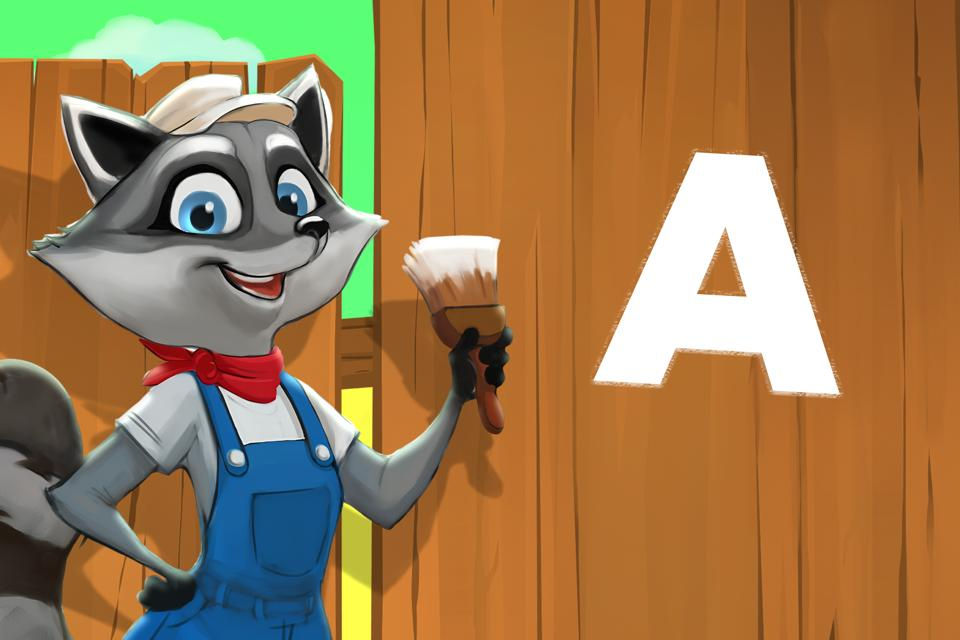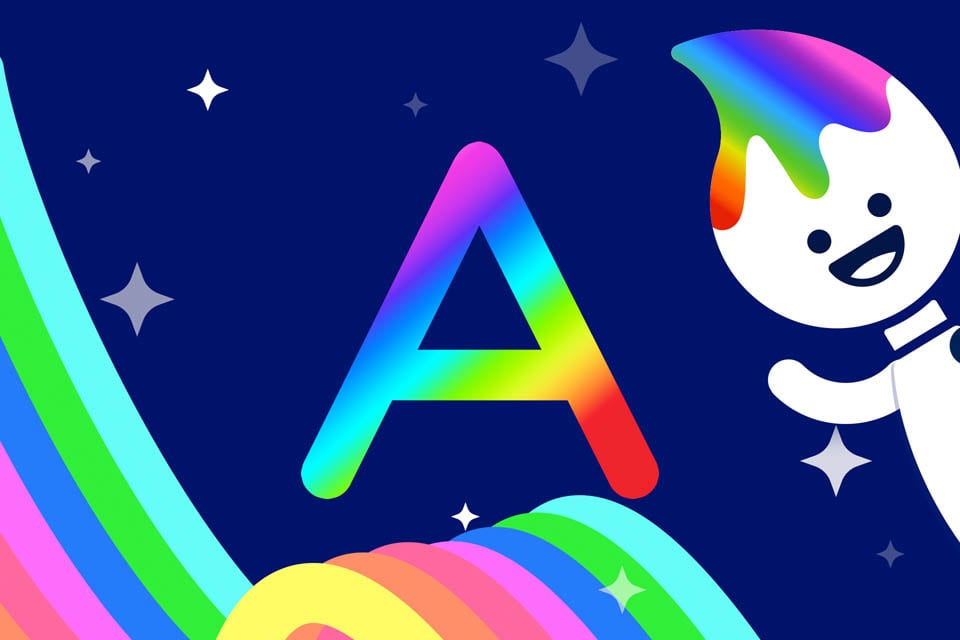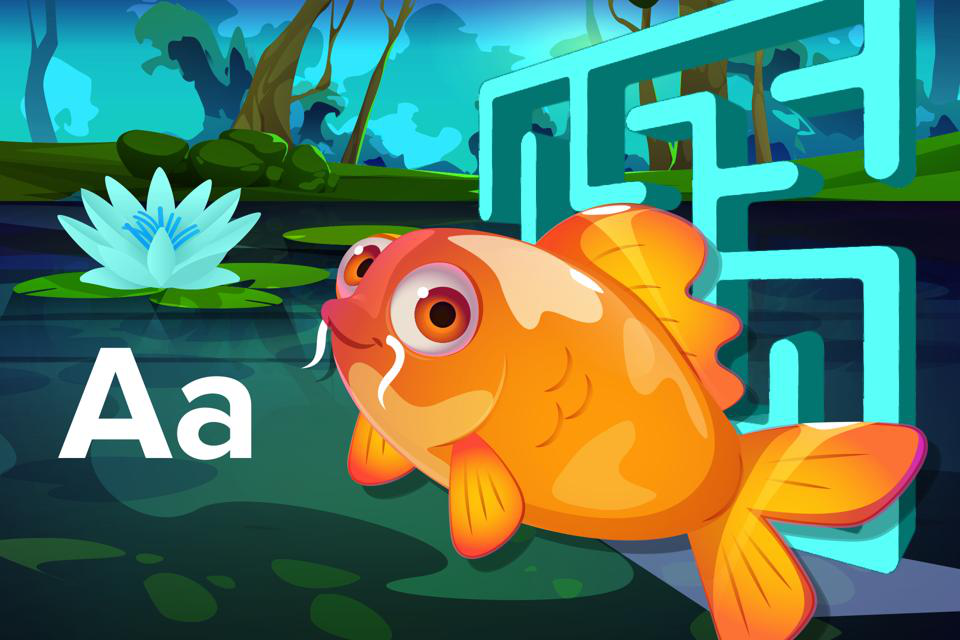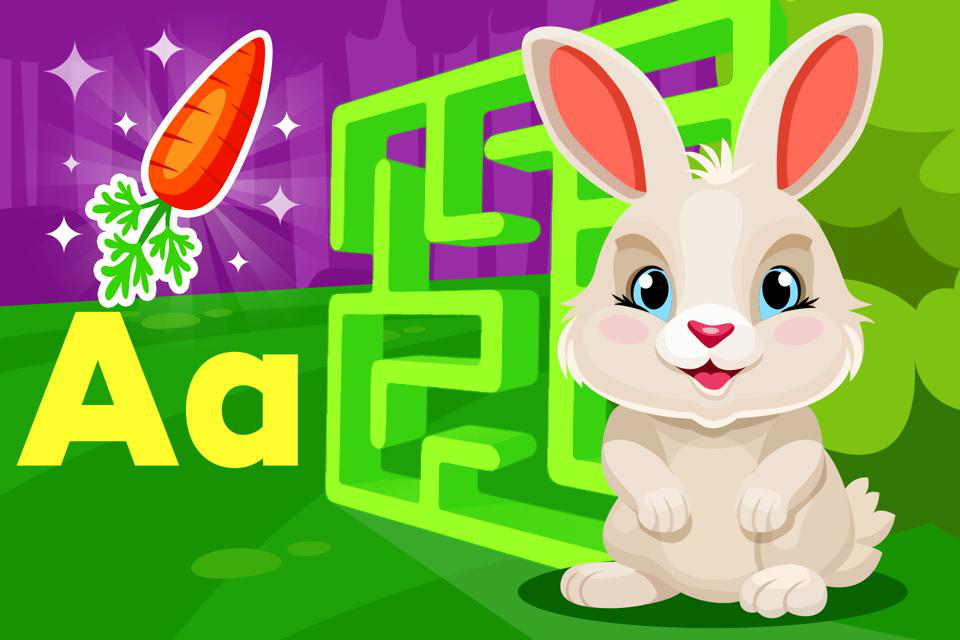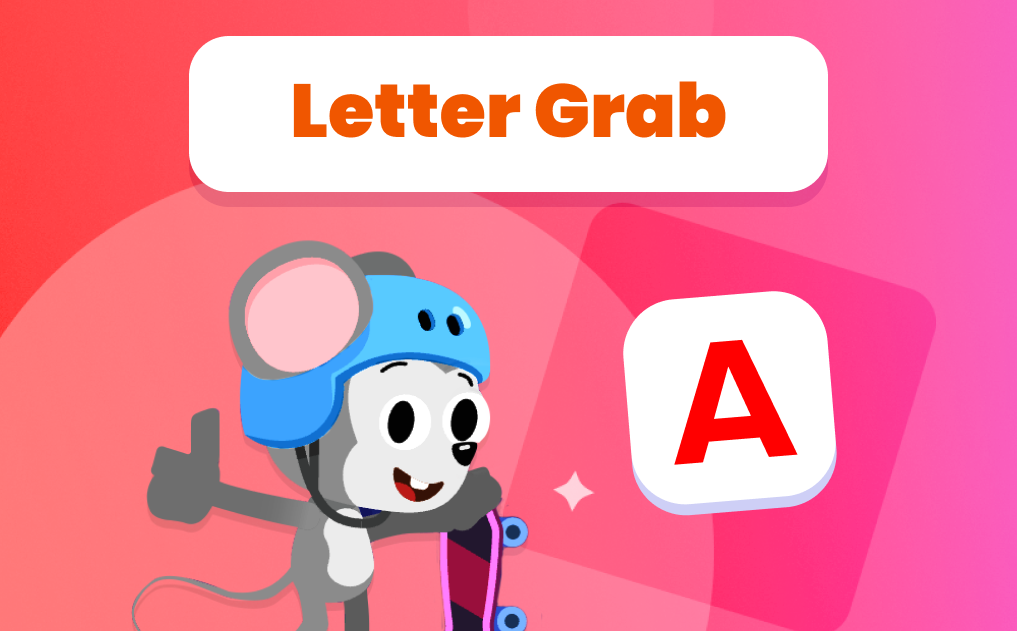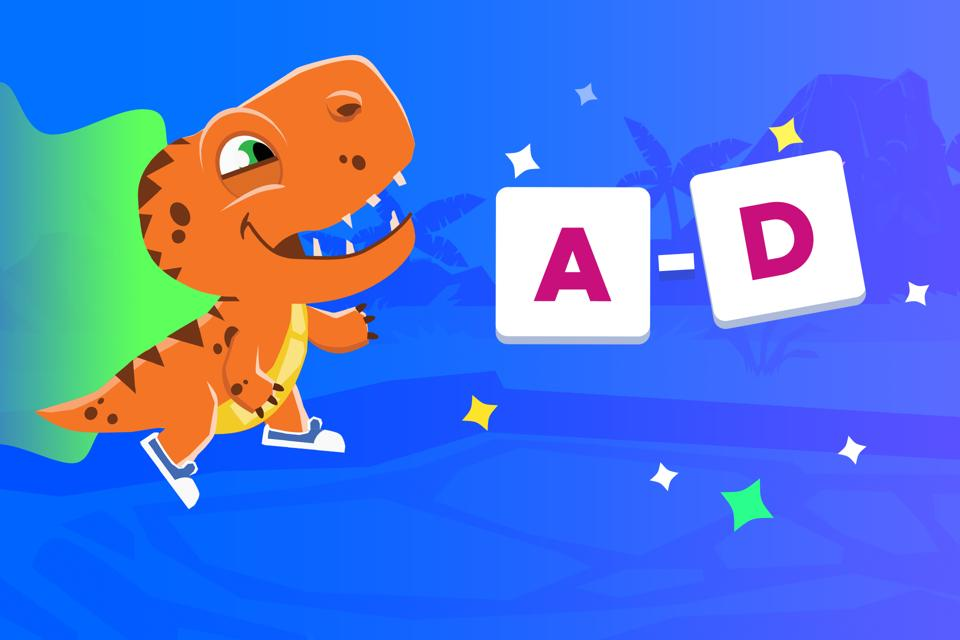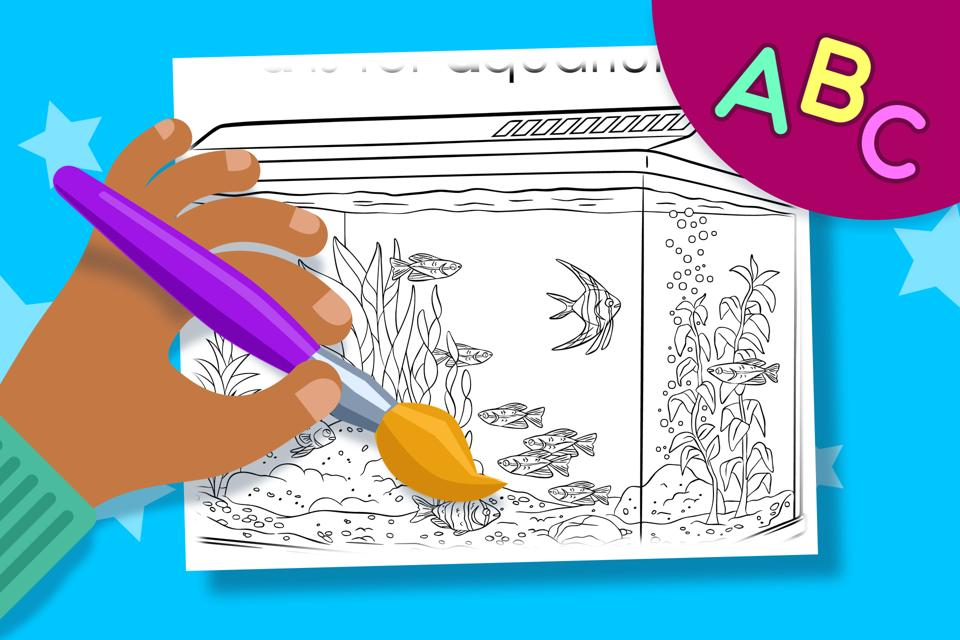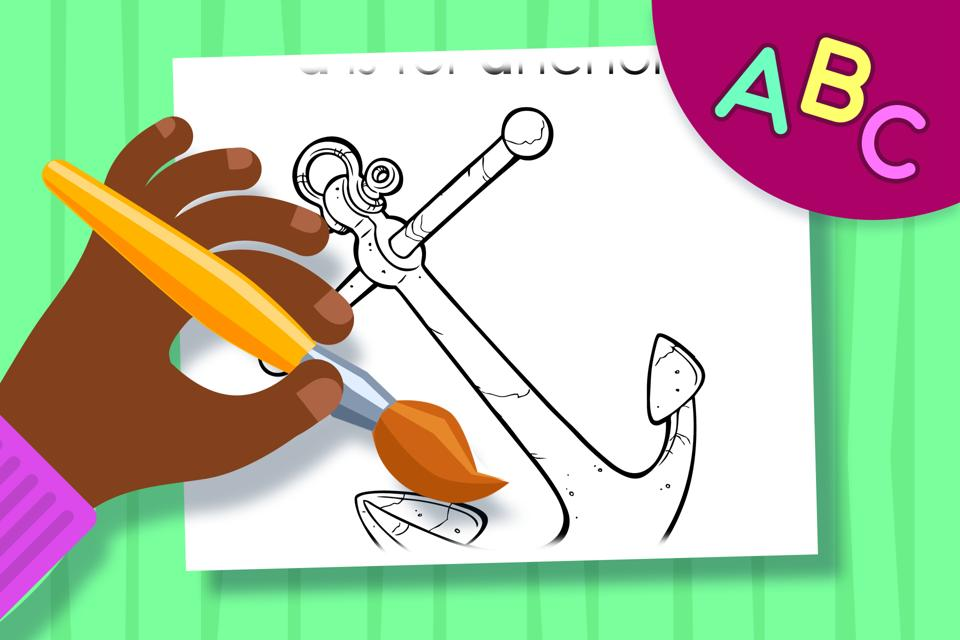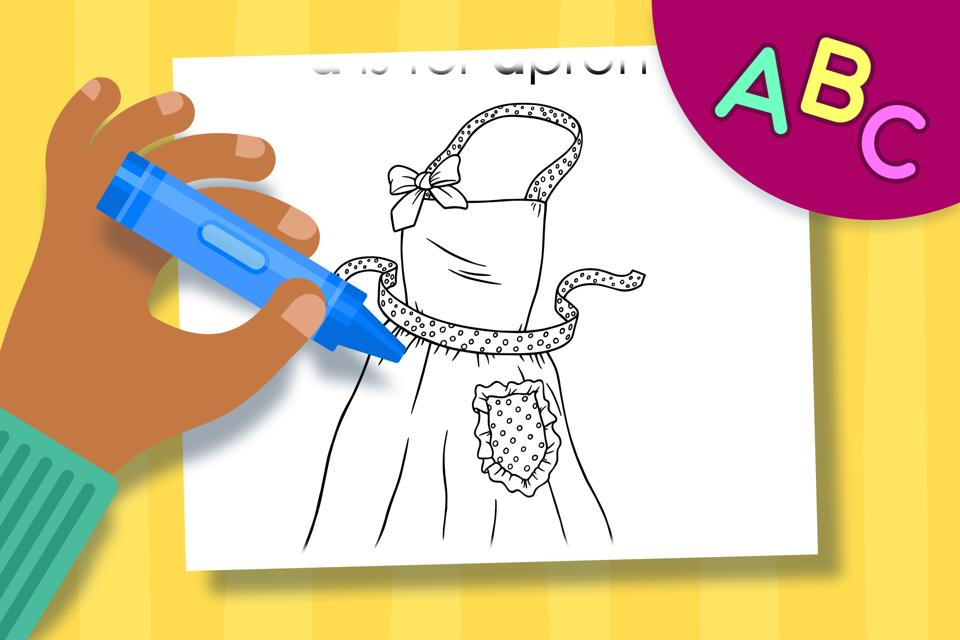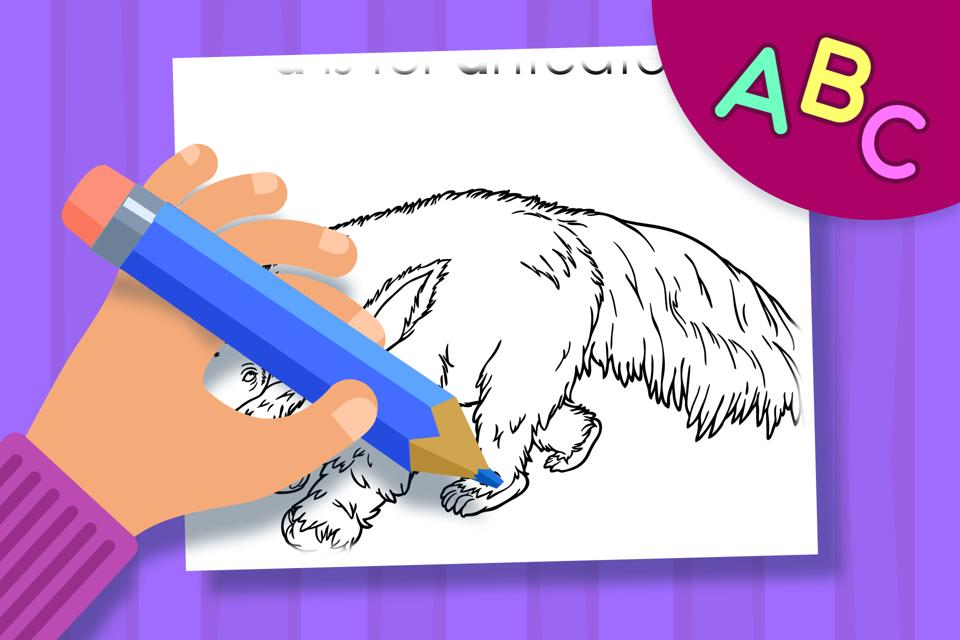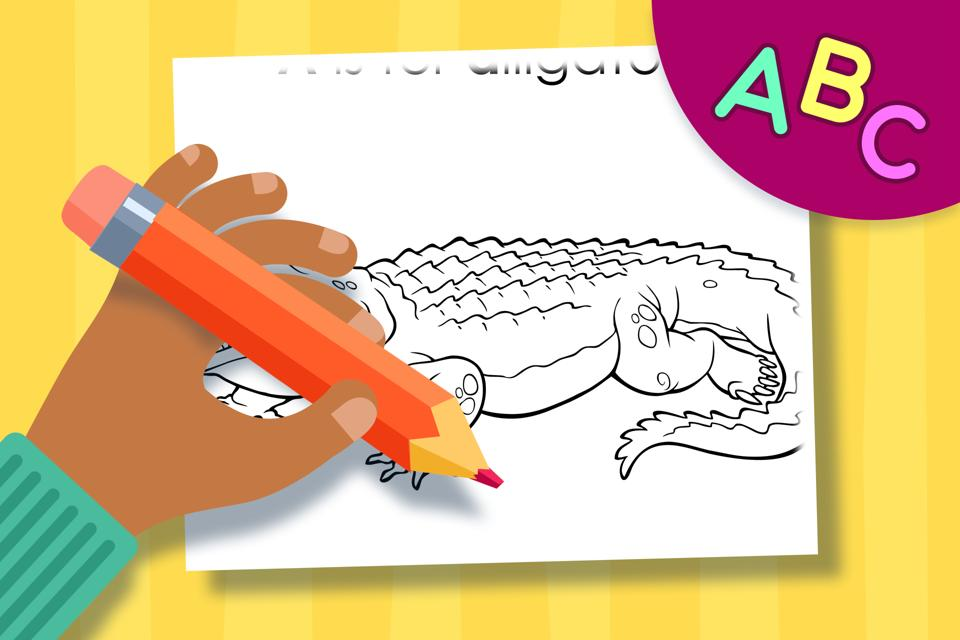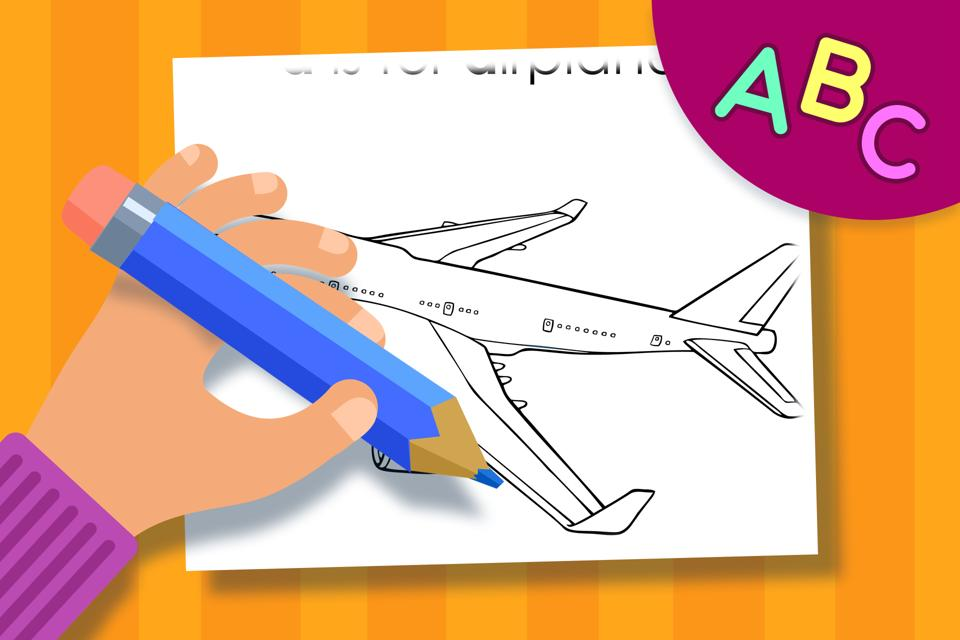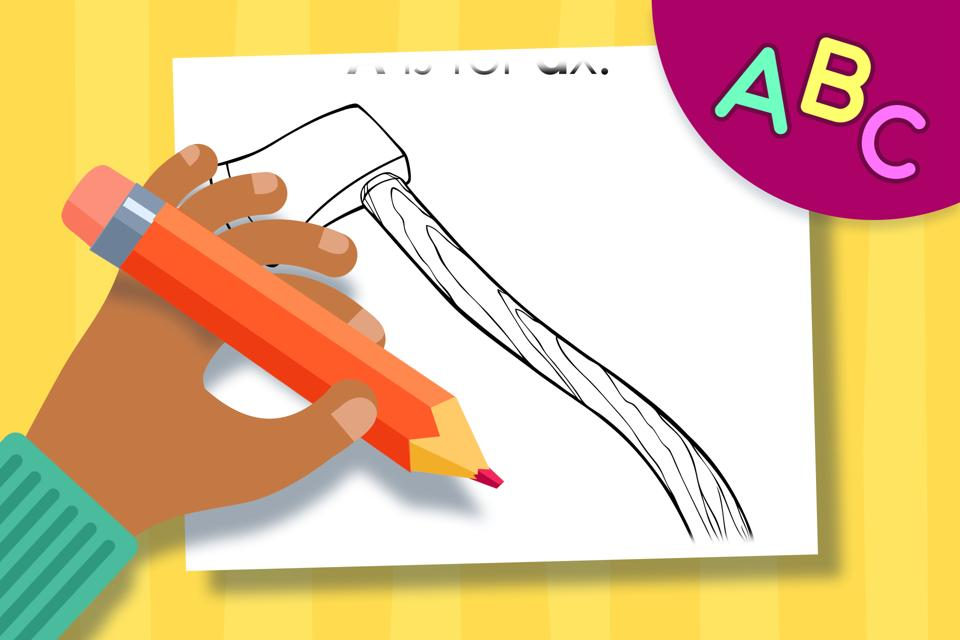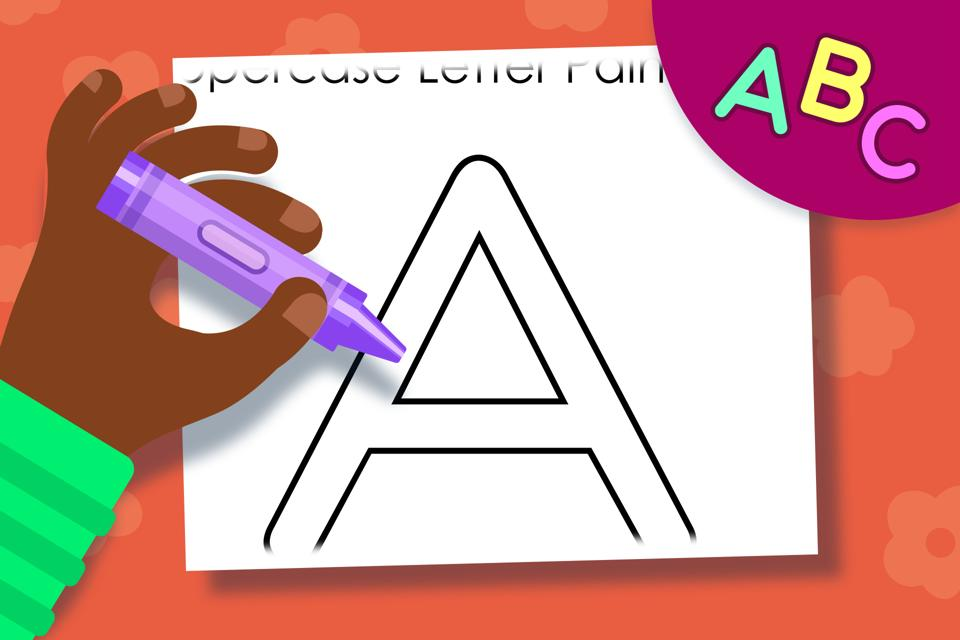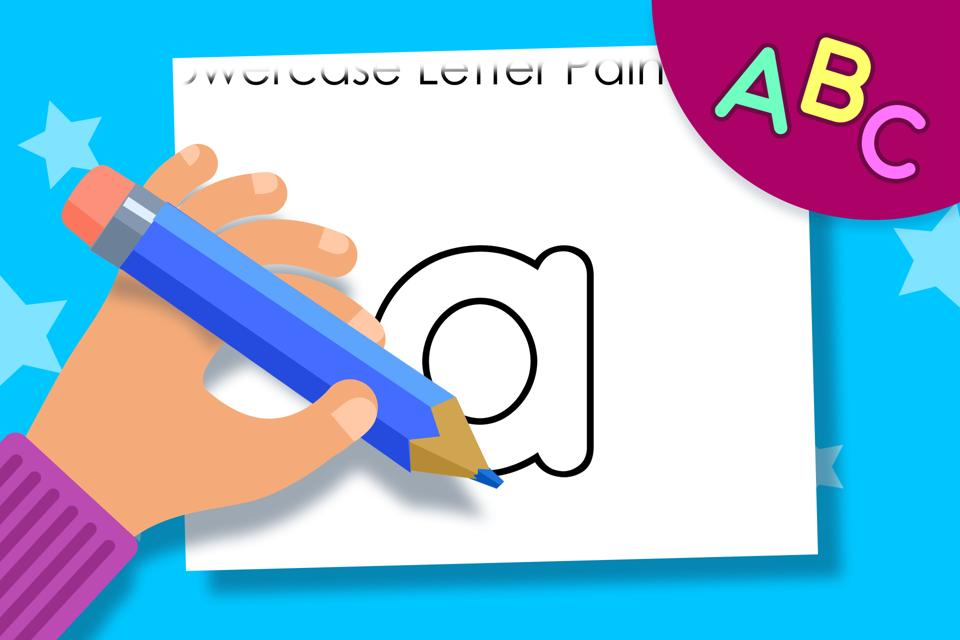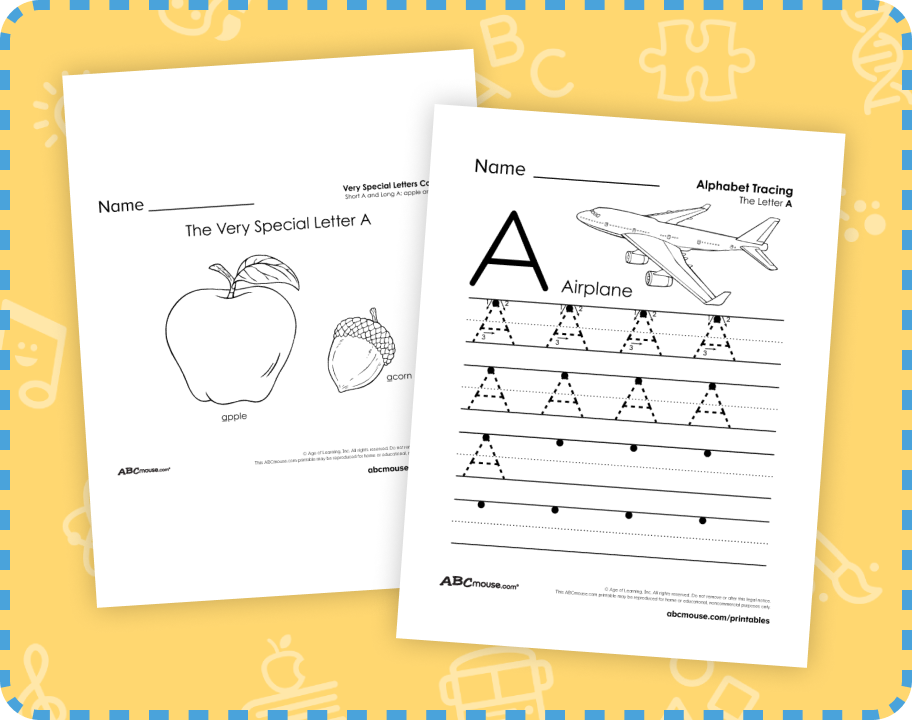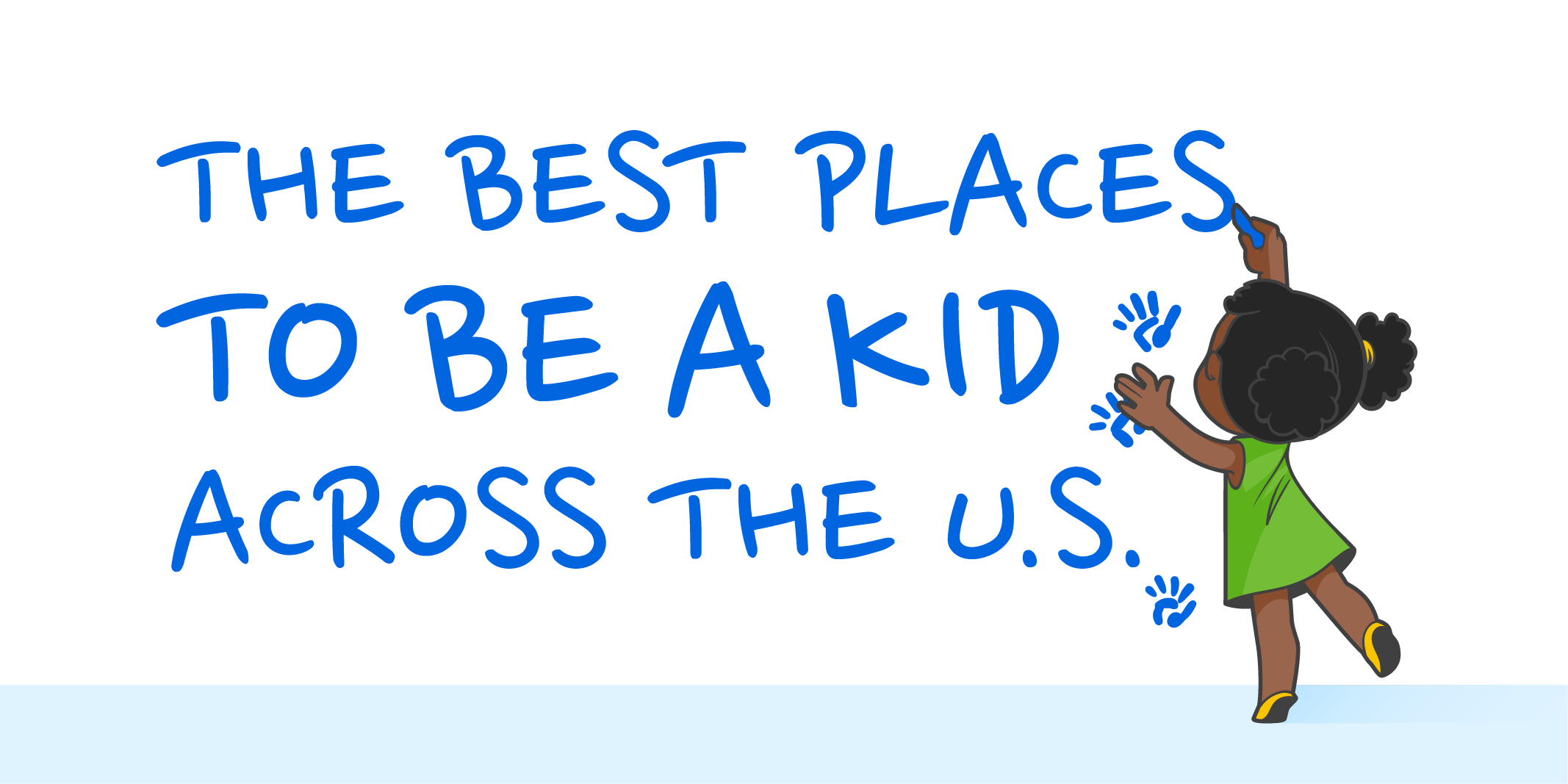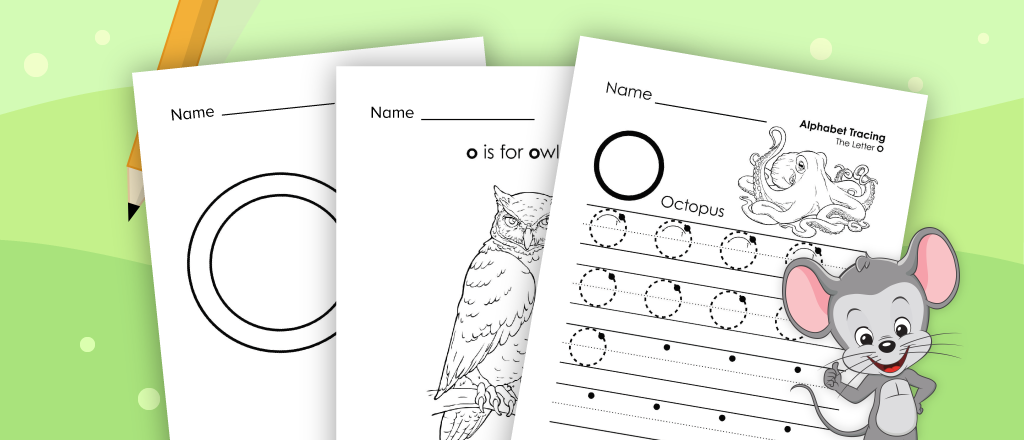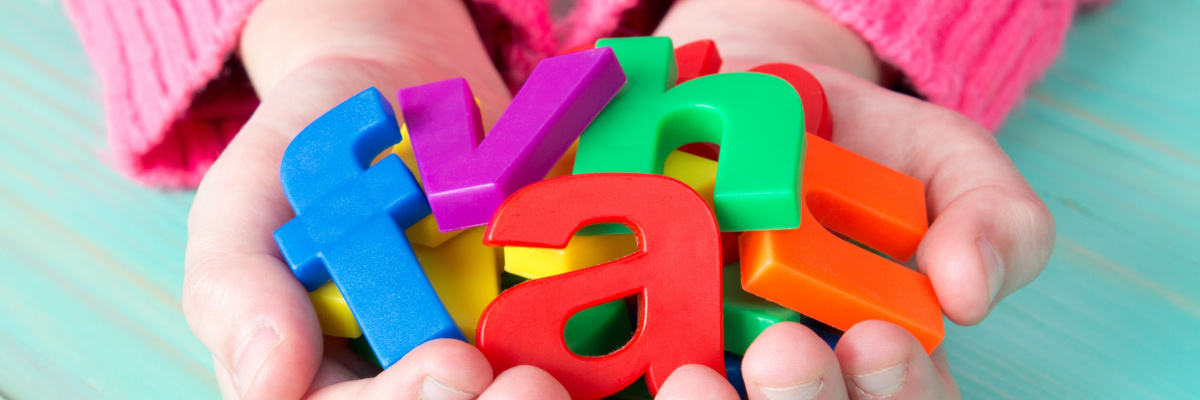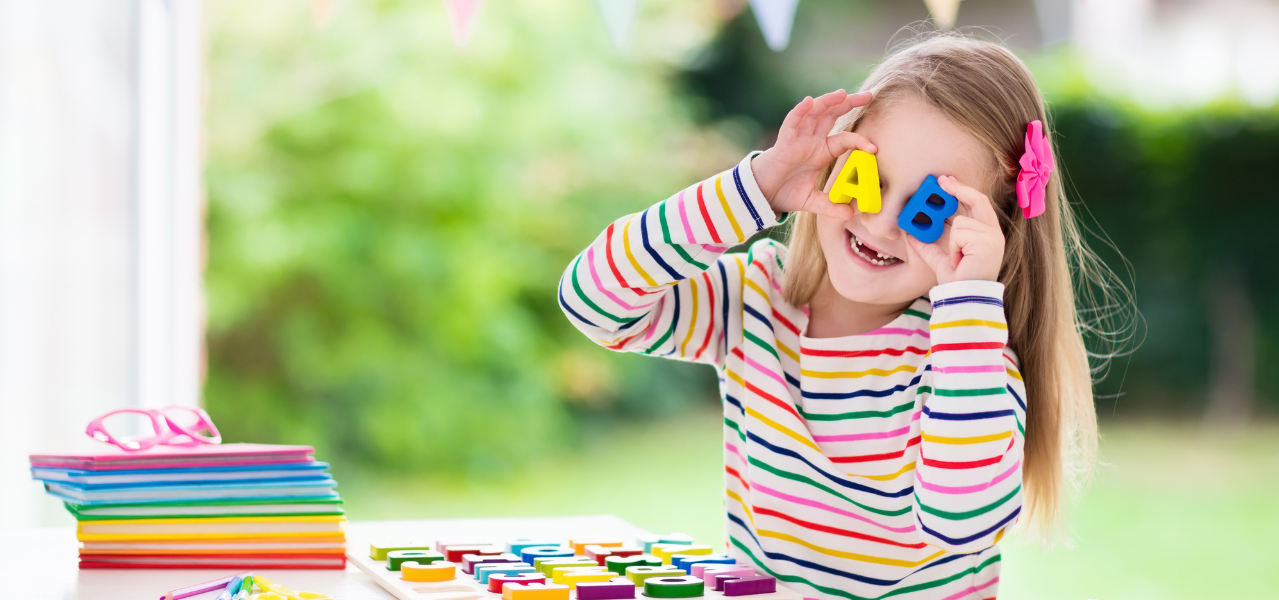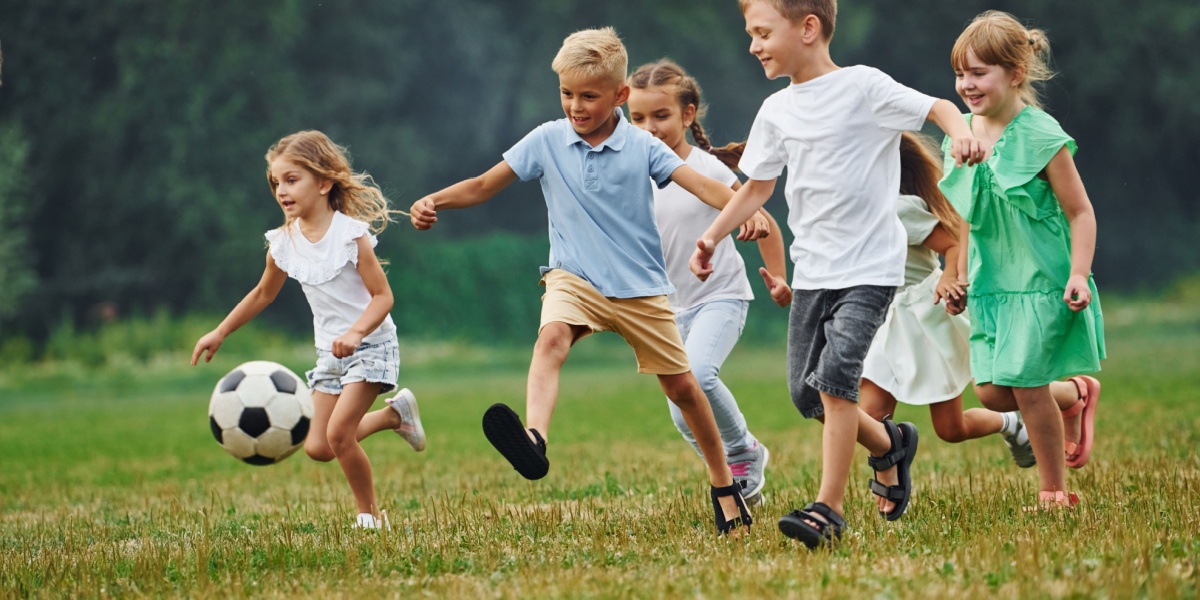
Share
15+ Cooperative Play Activities for Your Home or Classroom
Encourage this important stage of play with these fun and simple activities for indoors and out!
Table of Contents–Jump to Each Section
Cooperative play is an important part of early childhood development. It teaches kids how to work together, share ideas, and solve problems as a team, helping them build strong social-emotional skills that support learning and friendship.
Cooperative Play Explained:
- Cooperative play happens when kids work together toward a shared goal (like building something, playing a game, or acting out a story.)
- Cooperative play is a more organized and interactive way to play that helps children learn how to collaborate, solve problems, and connect with others.
- Around age 4 or 5, children start moving from solo or side-by-side play to more social, team-based activities that can naturally develop into cooperative play.
- In cooperative play, kids talk things through, make rules, assign roles, and share materials.
Learn more about cooperative play and the other 5 stages of play in early childhood.
Here are 15+ fun and easy cooperative play activities that are perfect for home or the classroom—designed to encourage connection, teamwork, and a whole lot of fun.
Cooperative Play Ideas for Children
Many of these ideas are classic kids’ activities, but they also provide excellent opportunities for cooperative play to erupt naturally.
Indoor Cooperative Play Activities:
Puppet Show:
Whether you make your own finger puppets and create a “theater” from a cardboard box or have a more elaborate setup, it definitely takes teamwork to create and put on a show!
Cooperative Board Games:
Look for games where players win or lose together, the game is the opponent, players collaborate toward a common goal, and/or play requires communication and collaboration. You can find a few cooperative board game ideas here.
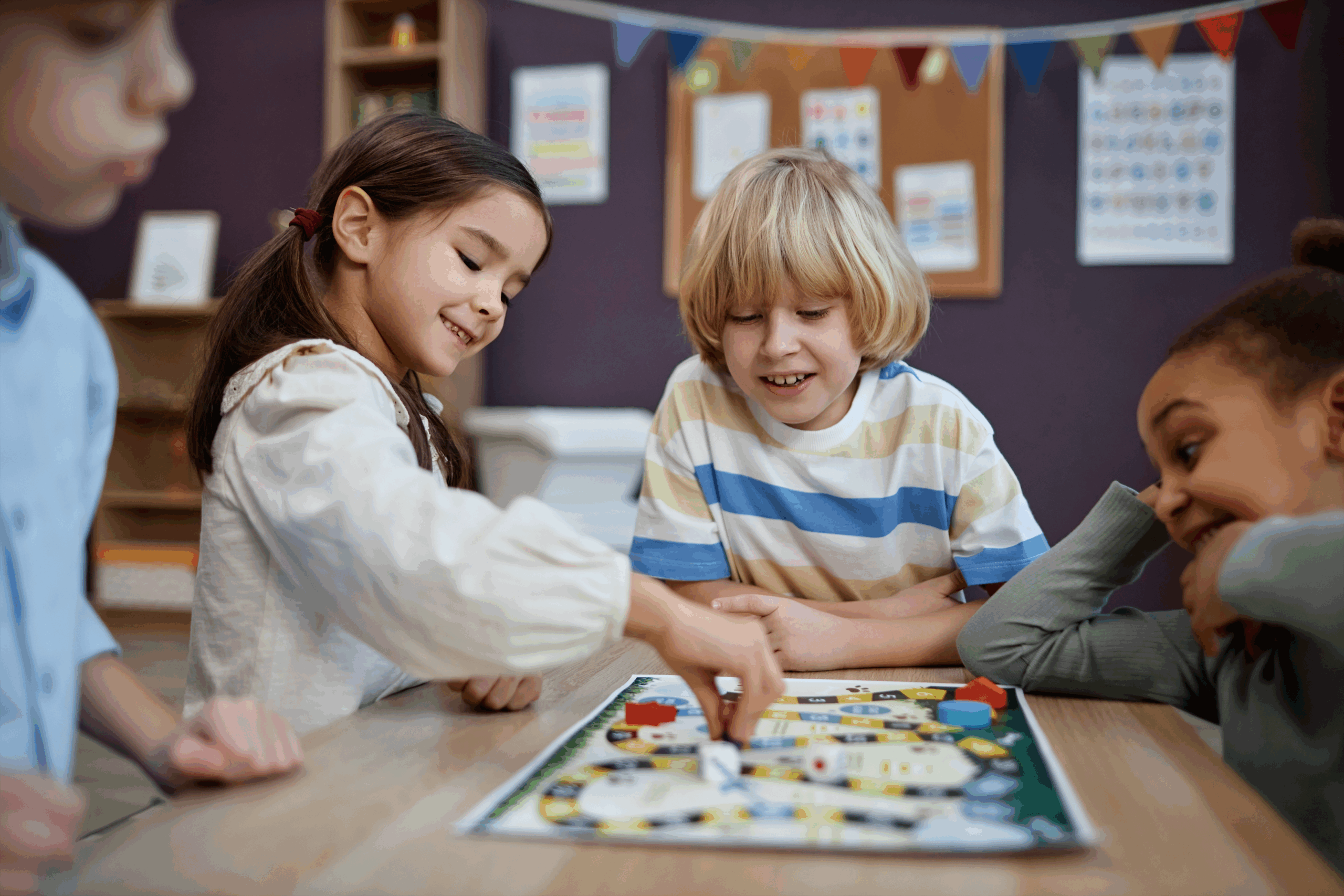
Pretend Restaurant or Store:
These classic pretend games, along with House, School, and others, let kids try out future adult responsibilities and careers while enjoying cooperative play. Provide materials like dress-up clothes, toy food and kitchen utensils, or other vocational toys to encourage this sort of cooperative play for preschoolers.
Jigsaw Puzzles:
Putting together a puzzle can definitely be a group endeavor. Assign various sections to different people, and be sure to use a big space where everyone has room to work on their section comfortably.
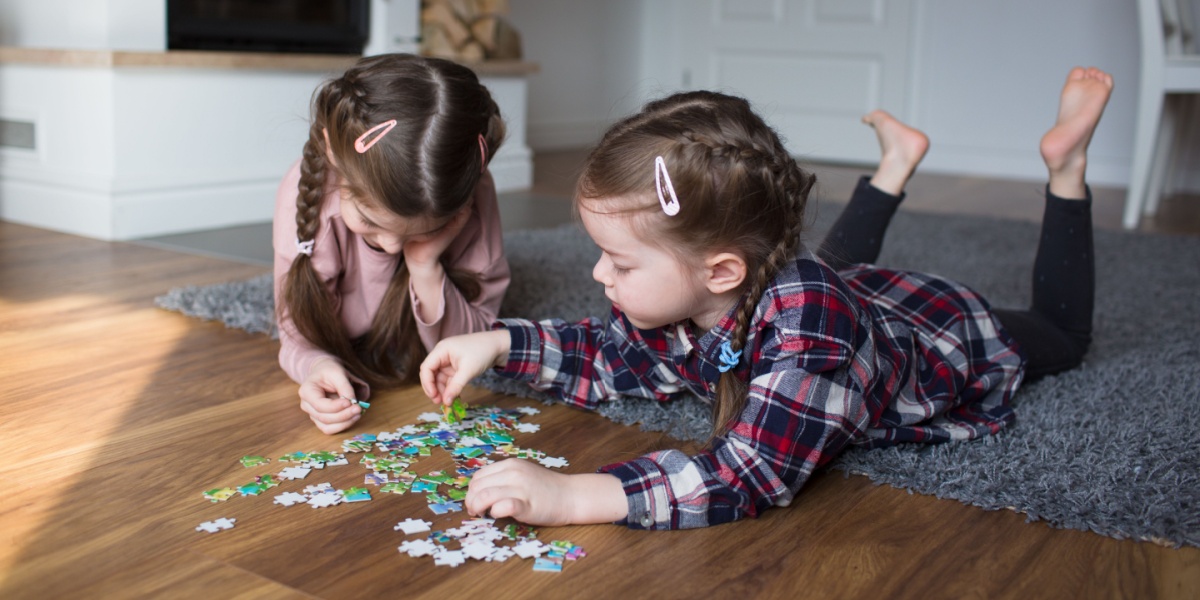
Blanket Fort:
Here’s another childhood classic. Kids can build a fort alone, but it’s a lot more fun when you collaborate. As they plan, gather materials, and then construct, they’ll need to navigate conflicts and solve problems along the way. When they’re done, they can use their fort for more cooperative play!
Outdoor Cooperative Play Activities:
DIY Obstacle Course:
Making a plan, gathering materials, choosing people to work on different sections—these are all collaborative tasks that culminate in an obstacle course kids can be proud of together.
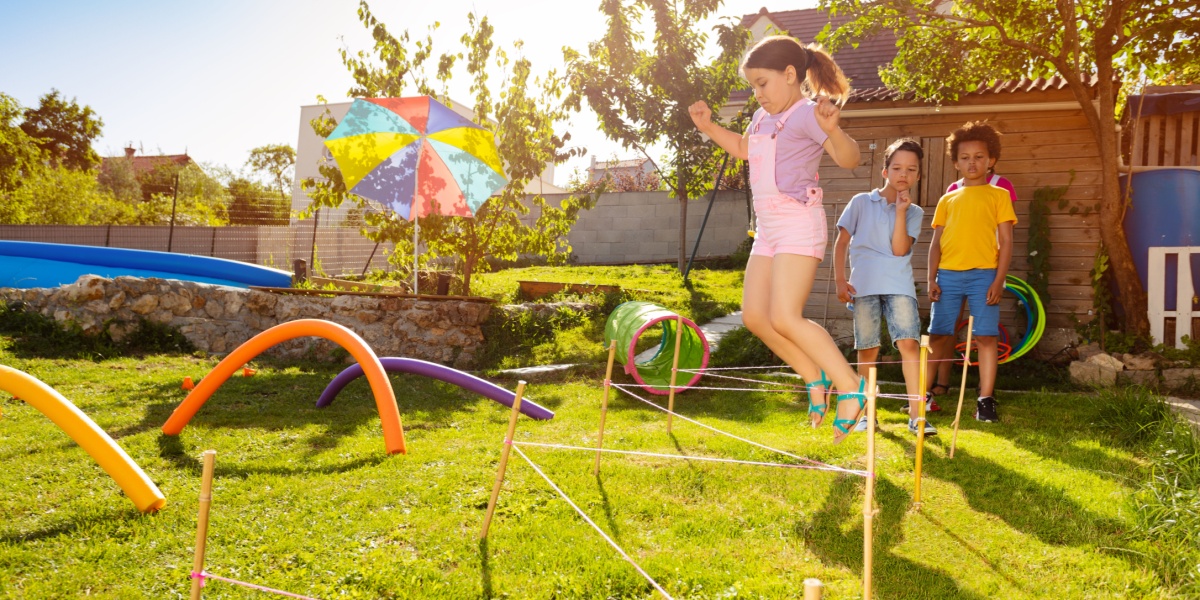
Build a Playhouse:
Whether kids construct their house from temporary materials like outlining rooms with sticks and making furniture from rocks, or actually gather building materials and piece together something more permanent, this is the kind of group project with a role for everyone who wants to join.
Tag Variations:
Games with a competitive slant can still be cooperative. Kids must decide on the rules together, then follow them and keep each other honest as they play.
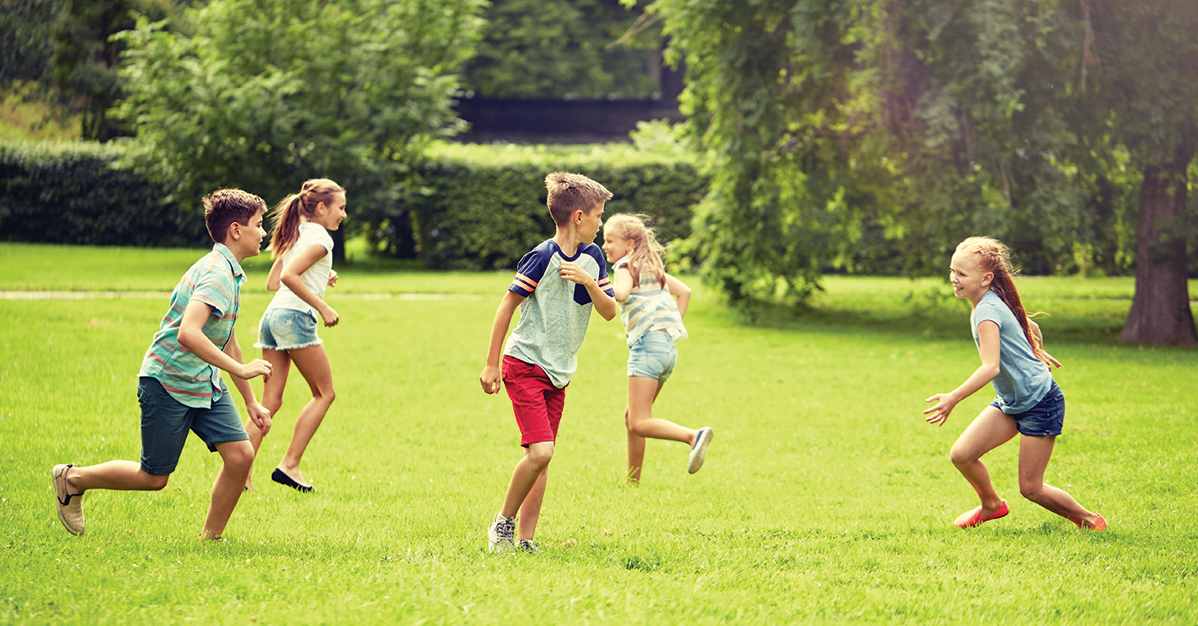
There are endless tag variations for kids to try, like Freeze Tag, Shadow Tag, Blob Tag, and Sharks & Minnows. Or, encourage kids to collaborate and come up with their own rules!
TIP: Our free printable Backyard Games for Kids features several tag variations kids can try.
Relay Races:
Divide a larger group of kids into smaller teams, then set a goal for each team to complete together. Try the classic relay where one player runs down and back, then tags the next runner. Or, get creative with a pop-the-balloon race, egg-and-spoon race, or pass-the-water race.
Gardening:
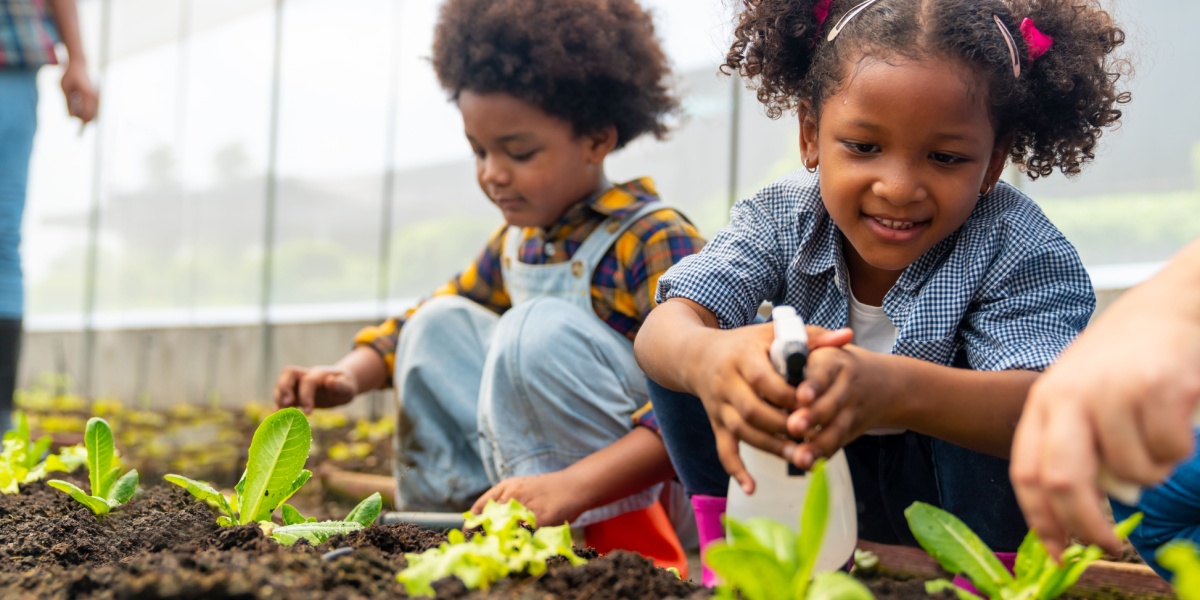
Give kids child-sized shovels, rakes, and other gardening tools and a patch of bare ground. They can make a “pretend” garden by planting pebbles and then sticking flowers into the ground to simulate a growing garden. Or, make the activity more meaningful by showing them how to plant real seeds and tend an actual garden!
Small Group Projects for Cooperative Play:
Joint Art Project:
Unleash everyone’s creativity with a big collaborative project like a wall mural or mosaic. Let kids lead, generating the design, choosing the materials, assigning jobs, and ultimately creating the finished work of art.
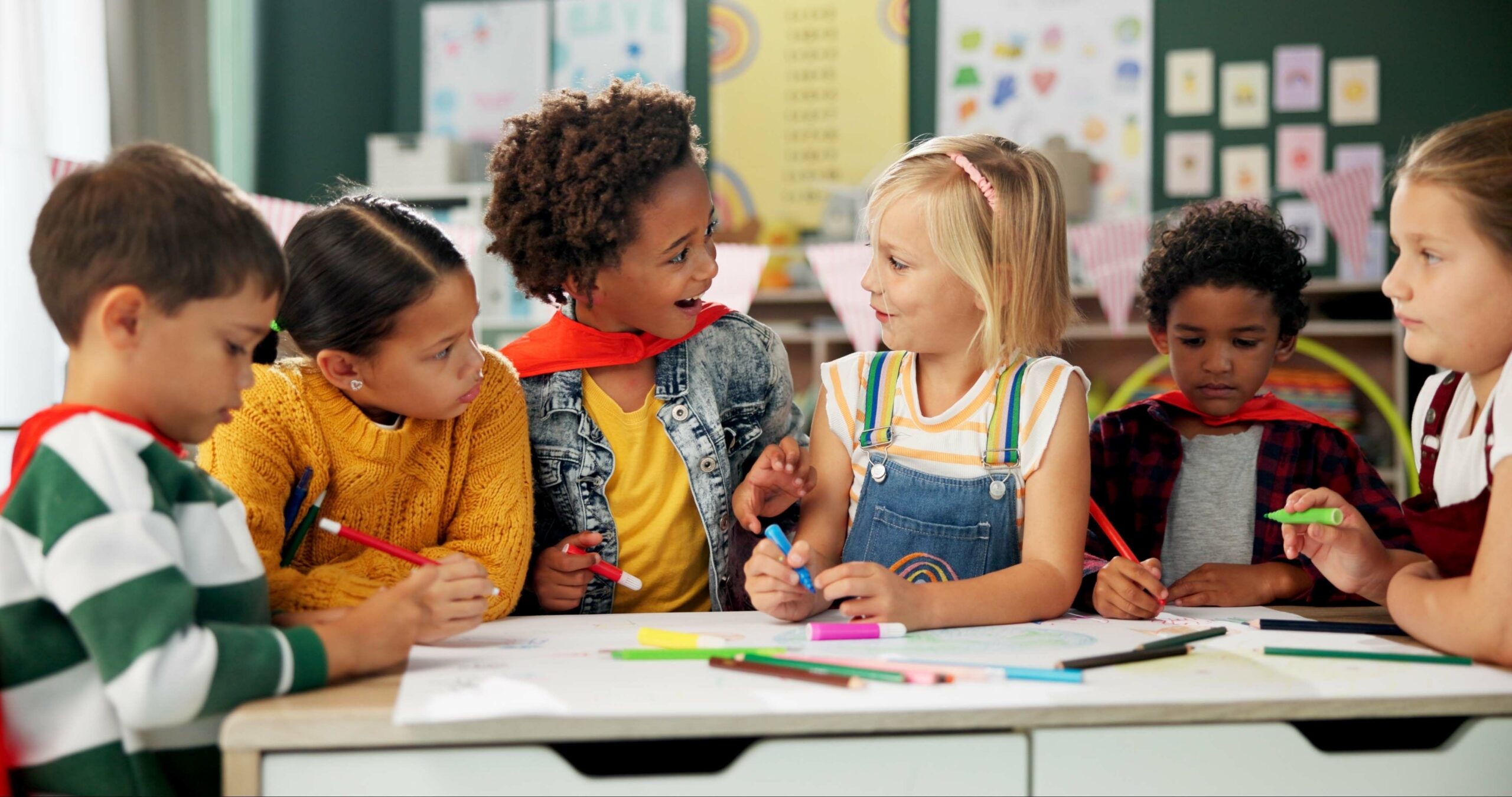
STEM Challenge:
These challenges require kids to work together to solve a problem. For instance, ask them to use aluminum foil to make a boat that floats and also holds 15 pennies. Or, given some newspaper and masking tape, how tall of a tower can they build?
TIP: Check our our 90+ STEM Activities for Kids to get more STEM-related projects that inspire cooperative play.
Collaborative Book:
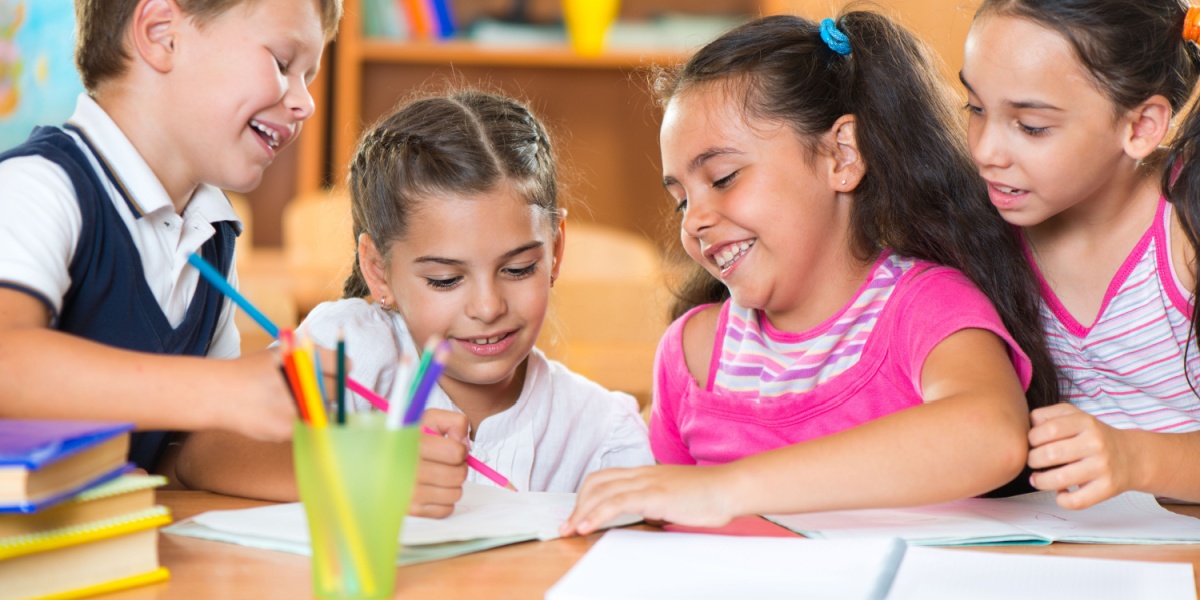
This is a cooperative project that allows kids to lean on their strengths. One child might write the story, another could illustrate it, while a third figures out how to use paper, yarn, and a hole punch to turn it into an actual book.
Cardboard City:
Provide a giant stack of cardboard boxes and some rolls of masking tape, and you’ll be amazed at what a group of kids playing cooperatively can come up with!
Group Dance Routine:

Choose a song everyone loves, then work out a group routine. Perform it for friends and family, or even at your next school talent show!
Tips to Encourage Cooperative Play at Home or in the Classroom
As children get older, most naturally begin to play cooperatively, given the chance. It’s up to parents and teachers to provide those opportunities, then offer guidance and encouragement as needed. Try these ideas and tips to encourage cooperative play.
1. Provide Materials That Naturally Promote Group Effort
Some toys and games are automatically more fun with several players. Cooperative board games, puppet theaters, imaginative play scenarios like dress-up clothes or play kitchens, and relay races are all excellent ways to encourage cooperative play.
2. Model Cooperative Behavior
Children learn from watching adults and older peers, so set a good example. Use collaborative language and invite children to join you in cooperative activities or games. Show them what it looks like to take turns and listen actively, and model good conflict resolution skills when disagreements pop up.
Examples:
“Ashby and Logan, do you want to help me build a blanket fort? I’ll get the pillows and blankets, and you can talk about what it should look like.”
“Logan, I like your idea to add a space just for reading! Ashby, what do you think should go in that space?”
“Okay, you each want to sit in the new reading nook, but it’s not really big enough for both of you. Should we take turns, or try to make it big enough for more people?”
3. Give Children Shared Goals or Roles
When you notice children playing associatively (near each other but without a common goal), nudge them into cooperative play by suggesting ways they can play together. You can also invite onlookers to join in the fun.
Examples:
“You three are doing a terrific job of sharing these LEGOs! What if you worked together to build something, like a town or a big castle?”
“Your restaurant seems to be a hit! Why don’t you ask Jose to come join in and be your next customer?”
“It seems like everyone wants to use the playhouse today. What game could you all play together?”
4. Praise Cooperation and Kindness
Recognize and reward cooperative play behaviors to let kids know they’re on the right track. It means a lot to know that someone saw you give up your turn so someone new could join the game, or that you consoled a fellow player when something went wrong. Praise children often in meaningful ways, and they’ll make an effort to continue those behaviors.
Examples:
“You all are doing an amazing job of building this giant sandcastle together! You’re really listening to each other and coming up with creative ways to incorporate everyone’s ideas!”
“It was really kind of you to let Liam join the game, even though you had to change the rules a bit. He really wanted to play and was so happy to join in.”
“Way to go! That box is really heavy, but you worked together to move it where you wanted it!”
5. Navigate Disagreements During Group Play
Conflict means big emotions for everyone, including the adults monitoring the play. Be sure to approach a conflict calmly, stating what you observe and naming the emotions you see. Invite everyone to share their side, validating different points of view. Then, reframe the problem as a shared goal, and offer simple choices as solutions.
Examples:
“It looks like you’re having trouble deciding who should go first and you’re both very angry. Everybody wants to get the game started, so what’s a fair way to decide who should go first? You could flip a coin, or play rock-paper-scissors. Which one would you like to try?”
“Ana, you’re yelling and you look angry, and Jacob looks very sad. It seems like you both want to use the tricycle and can’t decide whose turn it is. One at a time, tell me how you’re feeling, and then we’ll find a way for everyone to have fun during recess.”
As kids get older, try not to step in and moderate conflicts immediately. Give them a few minutes to work things out, and remember that disagreement can be constructive in the right circumstances. When kids learn to navigate conflict resolutions on their own, they gain important skills they’ll need their entire lives.
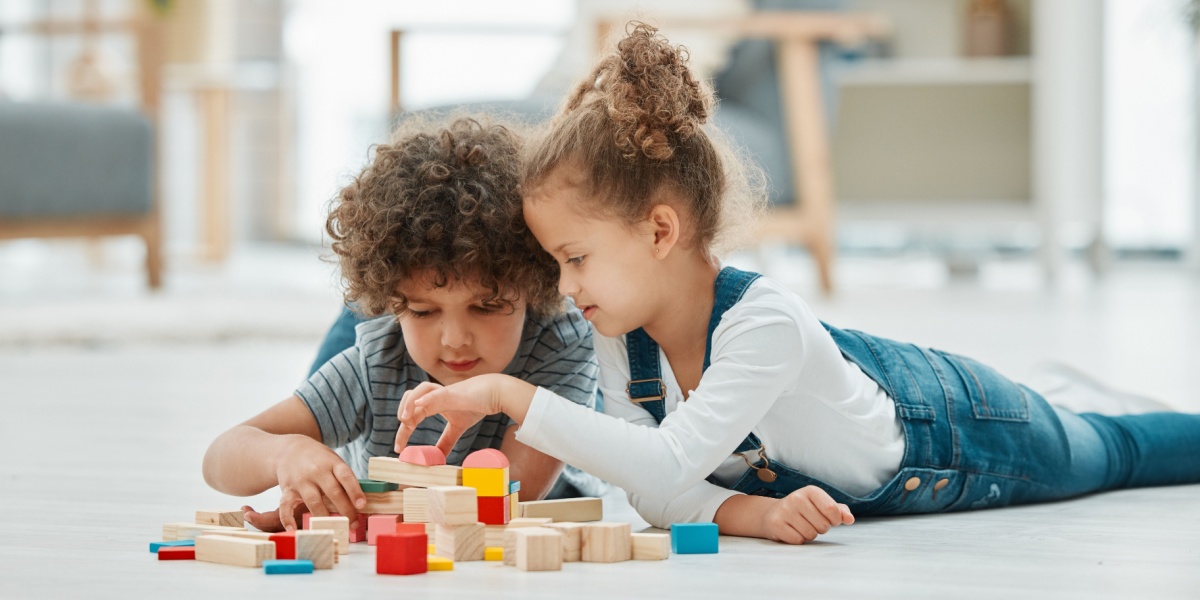
Share
Cooperative Play Explained: Why It Matters and How to Encourage It
Learn how cooperative play supports emotional and social growth in early childhood development, and how parents and teachers can encourage it.
What Is Cooperative Play in Early Childhood?
In cooperative play, children actively collaborate in an activity or game, working toward a common goal that’s stated or understood. It’s an important stage in childhood development, where kids progress from individually-focused play to play that requires cooperation and social interaction. Most children begin to join in cooperative play by age 4, with more consistent participation by age 5.
Cooperative play is an essential part of children’s development, as it helps kids build social connections, improve communication skills, and encourage teamwork. As kids engage in group activities, they learn how to share ideas, compromise, and appreciate different perspectives—key experiences that support both emotional and cognitive growth.
What Does Cooperative Play Look Like?
Cooperative play is more organized than earlier forms of play—players work together to define the rules and assign roles, and they share any toys or materials required. The play itself is often creative or imaginative, though it can also involve more structured activities like games and sports.
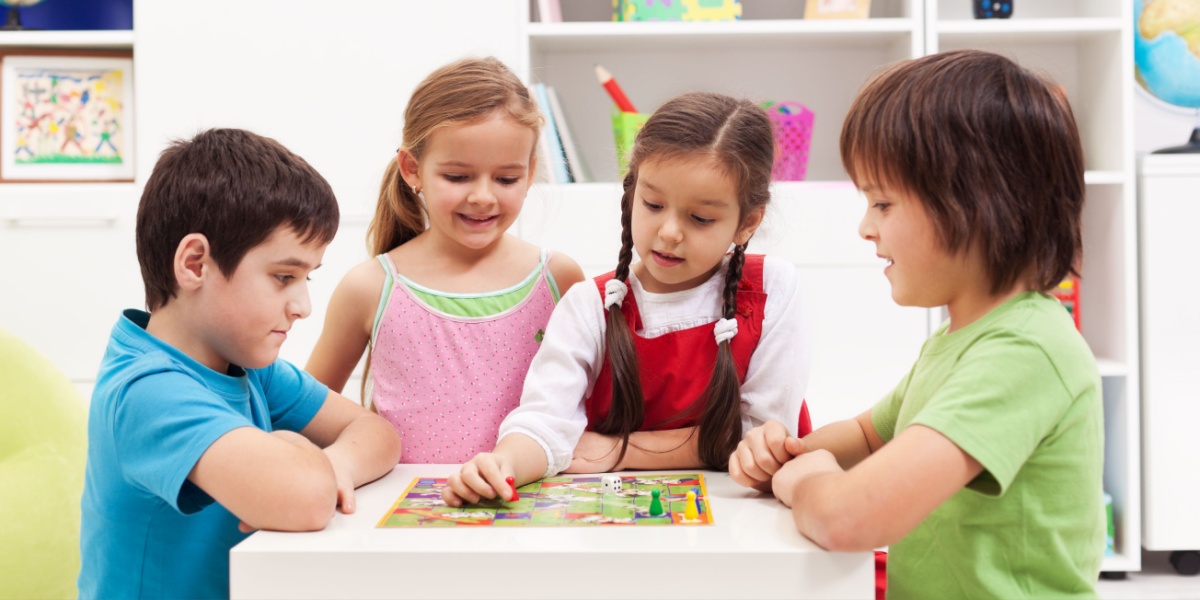
Examples of cooperative play:
- A group of children playing “House” or “Restaurant,” taking turns being the chef, server, and customers
- Three kids working together to build a tall tower of blocks, with each offering ideas on how to construct it
- Half a dozen kids playing a ball game, with rules they establish at the beginning
To bring cooperative play into your home or classroom, check out these 15+ cooperative play activities for young kids, plus get tips for encouraging cooperative play.
Cooperative Play Summary: Cooperative play is a type of play where children work together toward a shared goal, typically beginning around age 4 or 5. It supports emotional, social, and cognitive growth by helping kids learn communication, teamwork, empathy, and problem-solving.
Playing Together vs. Playing Cooperatively
Sociologist Mildred Parten considered cooperative play to be the final stage in her theory of the 6 Stages of Play. The first five stages progress from infants playing by moving their bodies or observing their environment to toddlers and preschoolers playing individually and in group settings. Learn more about the 6 Stages of Play here.
Cooperative play often follows associative play, which is when children are still focused on their own goals but talk to other kids while playing, sometimes sharing toys or materials. The term “playing together” often encompasses various social play types, including associative and cooperative play.
Examples of Associative Play and Cooperative Play:
Associative Play
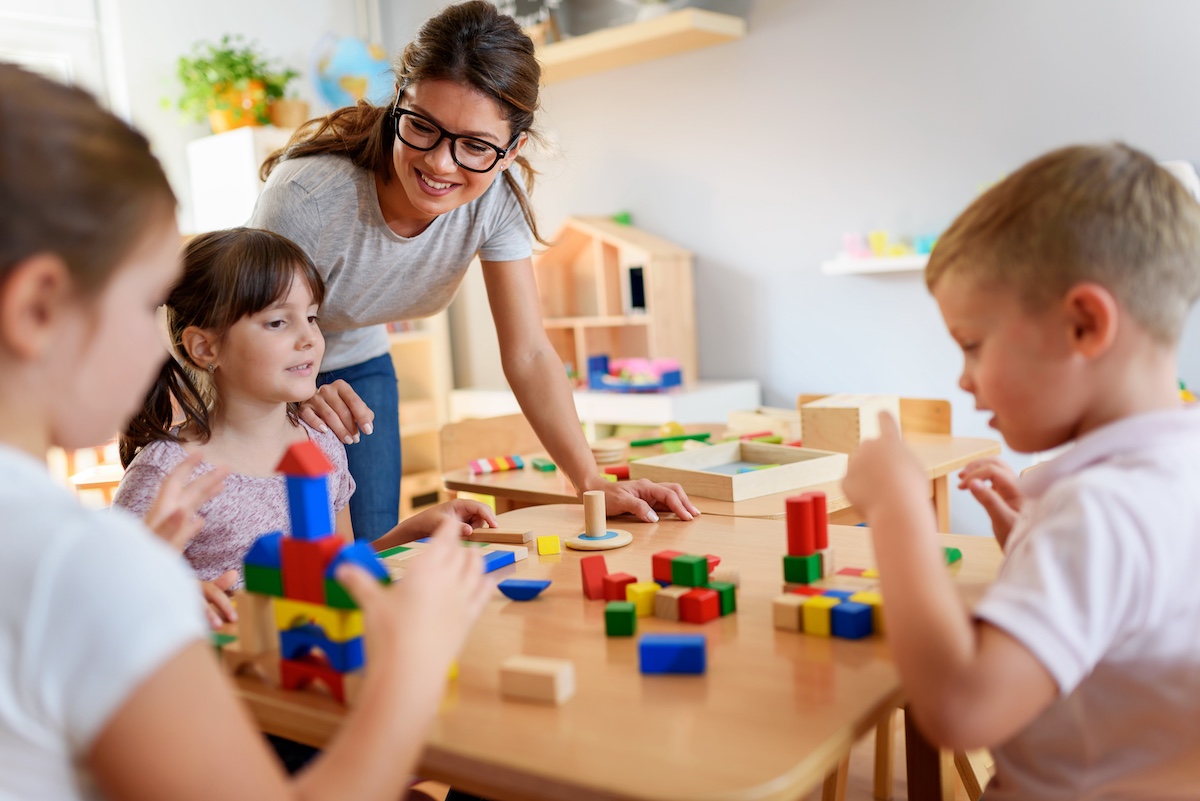
Four children are using finger paints at a table. Each one is creating their own picture. They talk about their creations, and ask each other to share paints or materials. They’re playing together, but each has their own end goal and result. If one child leaves, it won’t affect the overall activity. So while they’re playing together, they’re not playing cooperatively.
Cooperative Play
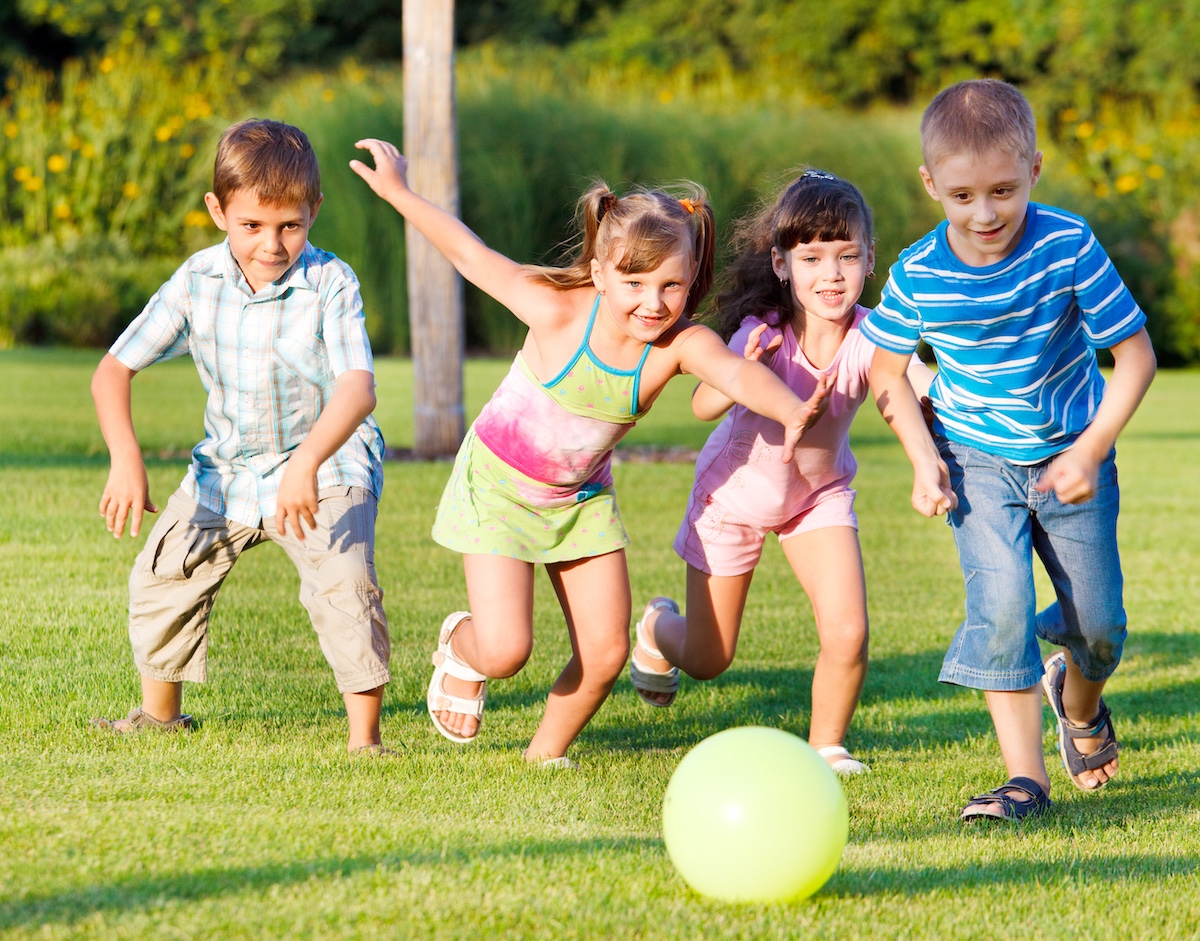
Four children decide to paint a mural of their town together. They spread out a large piece of paper and decide what they want to paint where. They cooperatively decide who will paint the school, who will paint the park, etc. If one child leaves, the others will have to reassign their role, or make changes to their plan. When these kids finish, they have one common shared project, the result of collaboration. This is true cooperative play.
The biggest difference between playing together and cooperative play is…
…in cooperative play, kids work together, talking, helping, and engaging with each other, to reach the same goal.
The Benefits of Cooperative Play for Children
While all types of play are valuable, cooperative play is a vital step in early childhood development, as it helps them naturally develop key social emotional skills. It also lays the foundation for learning to work as part of a team, skills every adult uses on a regular basis at work and at home.
Here are some of the benefits of cooperative play:
Communications Skills
In order to play collaboratively, kids must be able to communicate with one another. Verbally, this means speaking clearly with a broad vocabulary that enables you to express your thoughts. (This also applies to children who communicate through sign language.) Children may also need strong reading and writing skills, depending on the game or activity.
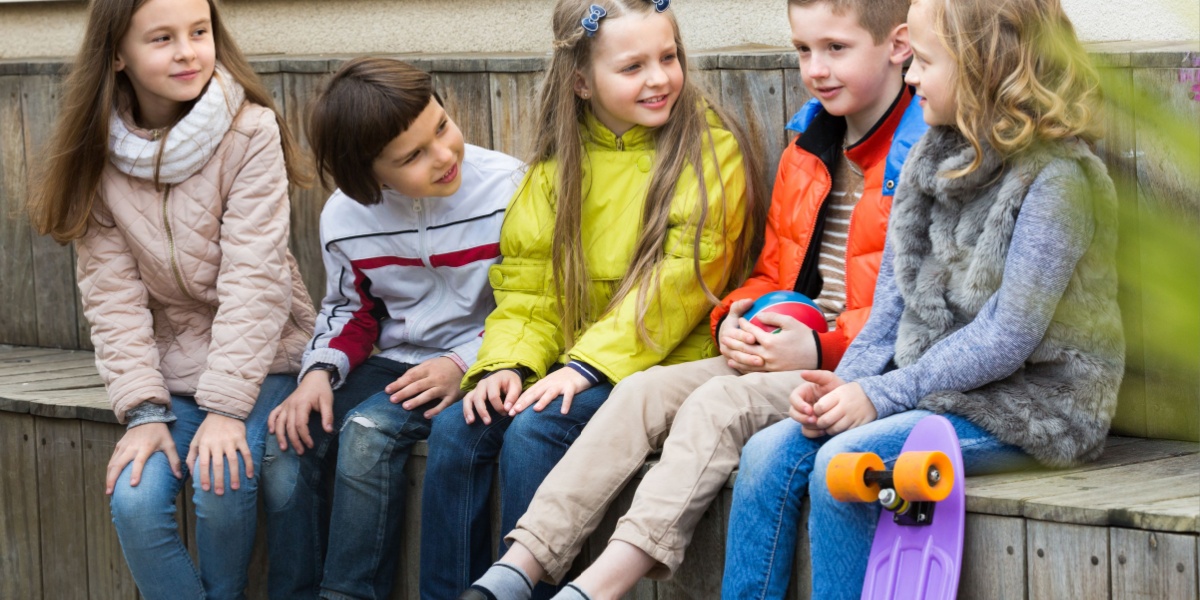
Kids also need good nonverbal communication skills to play cooperatively. They have to learn how to recognize facial expressions and social cues. Collaboration also requires us to listen actively, taking part in a conversational flow. The more kids play cooperatively with their peers, the stronger their language skills become.
Teamwork Skills
For most of us, life is all about collaboration. Whether we’re working with a team in our jobs or sharing responsibilities with family or friends at home, teamwork skills are a must.
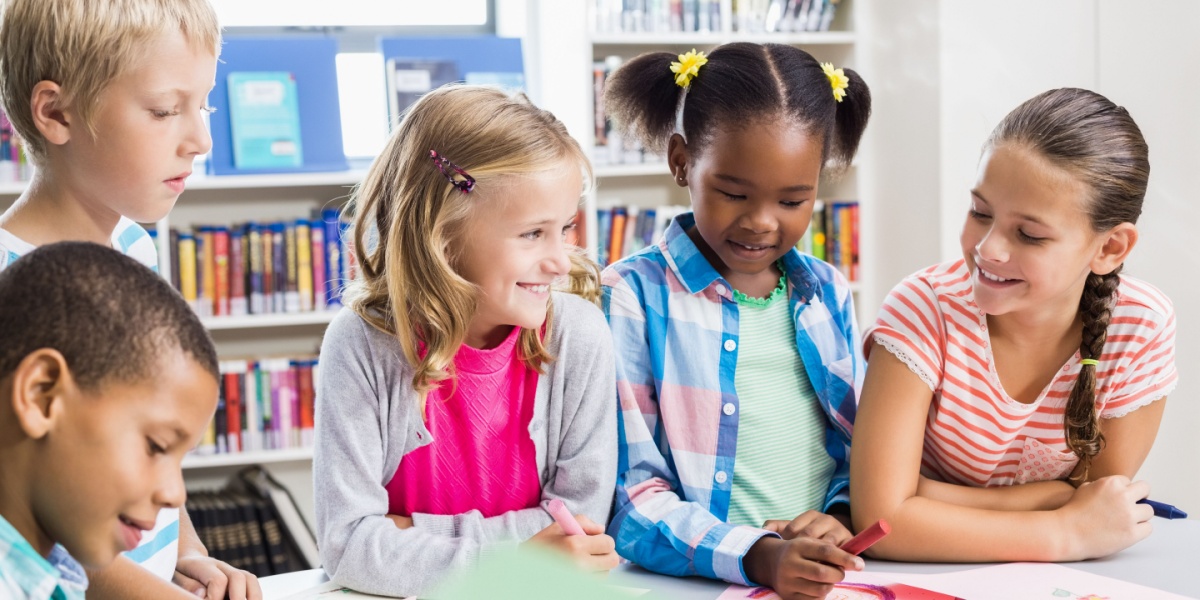
Cooperative play helps children develop these skills, teaching them to take turns and work together to find solutions to problems. Some children naturally emerge as leaders in cooperative play, but all kids can develop leadership skills when they play collaboratively.
Emotional Regulation
As adults know, being part of a team can be hard sometimes. You have to learn to compromise, and know when to speak up and when to go with the flow. Sometimes you feel frustrated or angry, but to be a good collaborative player, you have to recognize and share your emotions constructively. These are advanced social emotional skills, but kids develop them naturally as they play cooperatively.
TIP: Game-based learning is another great way to boost social emotional learning.
Empathy and Tolerance
The way we view and treat others says a great deal about our character. Parents and teachers must teach kids to make an effort to understand what others are going through and recognize that there are many different ways of being a human.
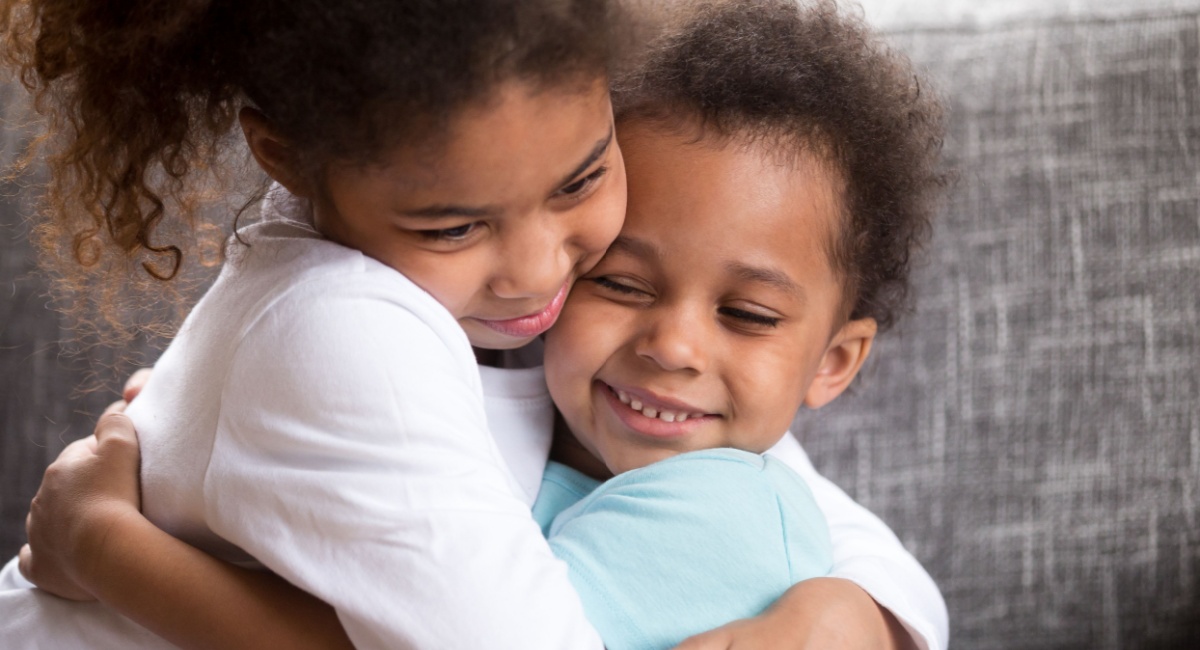
Cooperative play is an excellent way to teach both empathy and tolerance—in order to play peacefully together, kids must be willing to accept different ways of doing things, and care about the feelings of others as well as their own.
Executive Function
This refers to “life skills” like time management, impulse control, planning and organization, and working memory. Since cooperative play is more organized than the earlier stages, it requires a higher level of executive functioning. Players have to remember and follow the rules, planning their own actions as they relate to their role in the game. They need to stay focused on the overall group goal, whether that’s running a “restaurant” or trying to score the most goals. All of these take good executive function skills.
Conflict Resolution
Here’s another truth that all adults know: when people do something together, they’re going to disagree sometimes. In order to continue, you have to find a way to resolve the conflict.
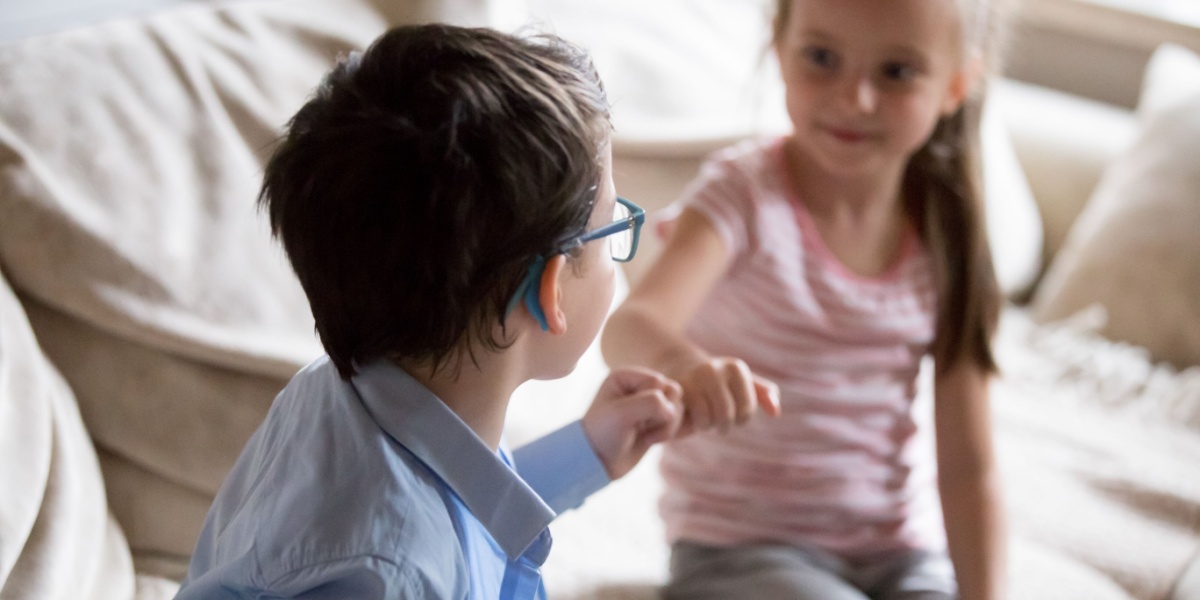
Cooperative play is full of arguments, and that’s okay! Kids have to think creatively and empathetically to find solutions so their game or activity can continue. Sometimes they need guidance from adults, but often, children will find their own way to a resolution they can all agree on.
Cooperative Play Frequently Asked Questions (FAQ)
When does cooperative play begin?
Children generally begin to play cooperatively around age 4 or 5, though this varies from child to child. If you’re concerned about your child’s social development, talk to their teacher or pediatrician.
What are some examples of cooperative play?
In cooperative play, children share a defined common goal as well as toys and materials. They communicate actively throughout, and assign specific roles and responsibilities. Examples include:
- A group of children playing “Vet Clinic,” taking turns being the vet, the assistant, or the various animals being treated
- Three kids working together to build a fort, with each offering ideas on how to construct it
- Half a dozen kids playing a game of tag on the playground, with rules they establish at the beginning
Why is cooperative play important for kids?
Cooperative play offers children valuable opportunities to build social and emotional skills that last a lifetime. As they work together toward shared goals, kids learn how to communicate clearly, listen to others, take turns, and resolve conflicts. This type of play fosters empathy, teamwork, and a sense of belonging, helping children feel more confident and connected. Over time, cooperative play supports not just stronger friendships, but also essential skills like problem-solving, patience, and emotional regulation.
How can I encourage cooperative play at home?
It’s easier to encourage cooperative play when children have siblings or neighbors their own age nearby. But kids and adults can engage in cooperative play, too! Invite your child to join you in an activity, and model good cooperative behavior as you play. Initially, it’s best to use activities you already know they enjoy, so they can focus more on learning the new behaviors. As they get older, cooperative play with adults is a great way to introduce new games or activities too.
What’s the difference between cooperative play and parallel play?
In parallel play, kids play near each other, usually using the same toys or activities. However, each child is focused on their own place, and kids rarely interact though they may talk occasionally. Example: Two children play in the sandbox, but each is absorbed in their own tasks, one building a structure while the other pretends to plant seeds in the sand to make flowers grow.
In cooperative play, kids join together to achieve a common goal or purpose, using the same toys or materials and a set of shared rules. Example: Two children play together in a sandbox, building the one big sandcastle. They agree on a plan and tasks each will handle, and work together until their structure is complete.
Can group play help prepare children for kindergarten?
Group play is one of the very best ways to prepare kids for kindergarten! In fact, most kindergarten teachers say that they’d prefer children to know how to share, take turns, and cooperate than to be able to count to 100 or say their ABCs. Cooperative group play teaches those vital social and emotional skills naturally, effectively, and enjoyably. Parents should include both academic readiness and social emotional learning through activities like group play as they prepare kids to start kindergarten.
Legal disclaimer: Any information, materials, or links to third-party resources are provided for informational purposes only. We are not affiliated with and do not sponsor/endorse these third parties and bear no responsibility for the accuracy of content on any external site. All information provided in this article is current as of May 2025.
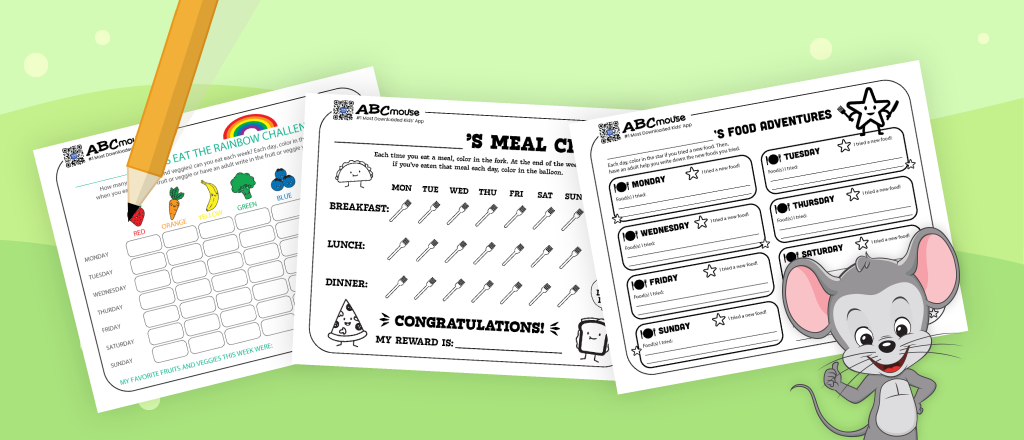
Free Picky Eater Printables to Help Kids Try New Foods and Eat Better
Whether you’re trying to motivate a picky eater, introduce new foods, or make fruits and veggies more enticing, these free printable mealtime reward charts are here to help. Designed for parents and caregivers, each printable offers a simple and playful way to support healthy mealtime.
Table of Contents–Jump to Each Section
Free Mealtime Printables
Pick the printable chart that best suits the mealtime skills your child is working on, whether it’s eating more fruits and veggies, improving their willingness to try new foods, or eating each meal of the day. Personalize each printable with your child’s name and designate a fun reward to celebrate their successes.
More Helpful Mealtime Resources
Online Fruit and Vegetable Jigsaw Puzzles
As kids work on assembling these digital puzzles, they’ll also practice color recognition and learn about fruit and veggies.
Digital Healthy Foods Coloring Pages
Kids can continue exploring different fruits, vegetables, and more while working on early phonics skills as they connect letter sounds to the images they’re coloring.
Fun Mealtime Songs for Kids
I Love Veggies! Song
If your child needs help remembering why veggies are important, this fun video and tune drives the message home.
Hungry, Hungry Time Song
Explore sweet, sour, and spicy flavors and which ones your child prefers with this catchy song and video for kids.
Want even more resources? Try our free printable Healthy Habits Worksheets, 80+ Vegetable Names for Kids, and Potty Training Charts.
Picky Eater Frequently Asked Questions (FAQ)
What causes a child to be a picky eater?
Picky eating can stem from a variety of factors including genetics, sensitivities to smells and textures, negative past experiences with food, or fear of trying something new. Research shared by Harvard Health Publishing also suggests a child’s temperament can impact picky eating.
When should I be concerned about my child’s picky eating?
According to Feeding Matters, an organization focused on pediatric feeding disorders (PFD), excessive picky eating may be a cause for concern. Extreme picky eating can look like:
- Extreme food selectivity and food refusal
- Limited appetite
- Low weight or failure to gain weight
- Delayed or dysfunctional eating skills
- Disruptive mealtime behavior
- Eats differently in different environments
How can I help a picky eater?
According to an article from Child Mind Institute, its recommended to work on breaking down barriers around new foods, slowly and repeatedly exposing children to new foods and textures, and keeping the experience positive. Here are a few tips from the Center for Disease Control:
- Try eating the food first to show them you like it. Then, let them try it.
- Give them a choice of different foods to try. Let them decide which one to try today.
- Wait a couple of days before offering the food again. It can take more than 10 times before your child likes it.
- Keep it fun and try a variety of approaches.
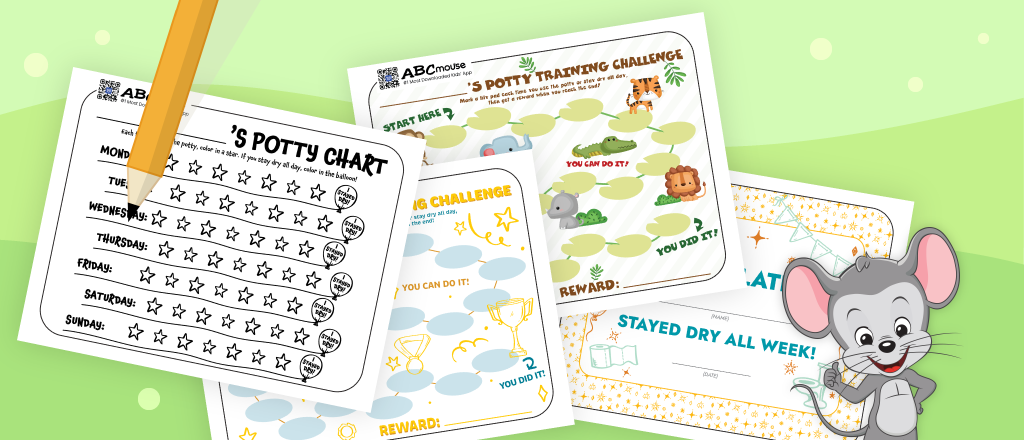
Free Potty Training Printables to Help Your Child Potty Like a Pro!
Potty training is a big milestone, and a little interactive encouragement can go a long way! These free printable potty training charts are designed to make the journey more fun, engaging, and rewarding for young children. The collection includes daily and weekly potty training charts kids can decorate with stickers or crayons, themed potty training challenges, and a colorful certificate to celebrate potty training success!
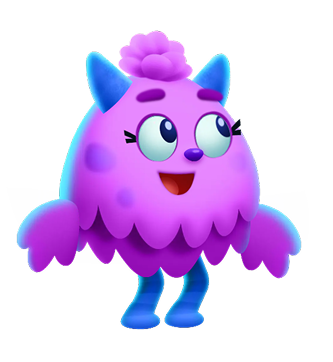
According to research from American Family Physician Journal, “In the United States, the average age at which [potty] training begins has increased over the past four decades from earlier than 18 months of age to between 21 and 36 months of age.”
Free Potty Training Charts & Certificates
Personalize each potty training chart by writing in your child’s name. You can also choose options that allow you to designate a special reward for your child when they successfully complete their potty training challenge. You can also celebrate your child’s achievements with our free printable potty training certificate!
More Potty Training Resources for Kids
Keep Learning Healthy Habits
Potty Training Frequently Asked Questions (FAQ)
What is a normal age for a child to be potty trained?
Most children are fully potty trained between 3 to 4 years old, though some start as early as 18 months, and others may take longer. However, experts recommend starting potty training based on when your child seems ready to try it, not just their age.
When should I potty train my child?
Pediatricians from the University of California, Davis Children’s Hospital suggest waiting until children are “ready physiologically, cognitively and emotionally.” In other words, your child should have the muscle control to control their bladder, the physical ability to pull their pants up and down and get on and off of a potty chair, and show interest in learning to use a toilet.
What are the signs of potty training readiness?
A few sign that your child may be ready to try potty training include:
- Staying dry for longer stretches
- Recognizing when they need to go
- Being able to undress themselves
- Following simple instructions
What are some tips for potty training?
Helpful approaches include:
- Avoiding pressure, embracing flexibility, and setting realistic expectations.
- Using positive reinforcement like stickers or simple rewards.
- Recognizing the importance of comfort, consistency, and patience-every child learns at their own pace.
- Establish a routine with regular potty breaks.
- Using a child-sized potty chair and clothing that’s easy to pull up and down (no snaps, buttons, or zippers).
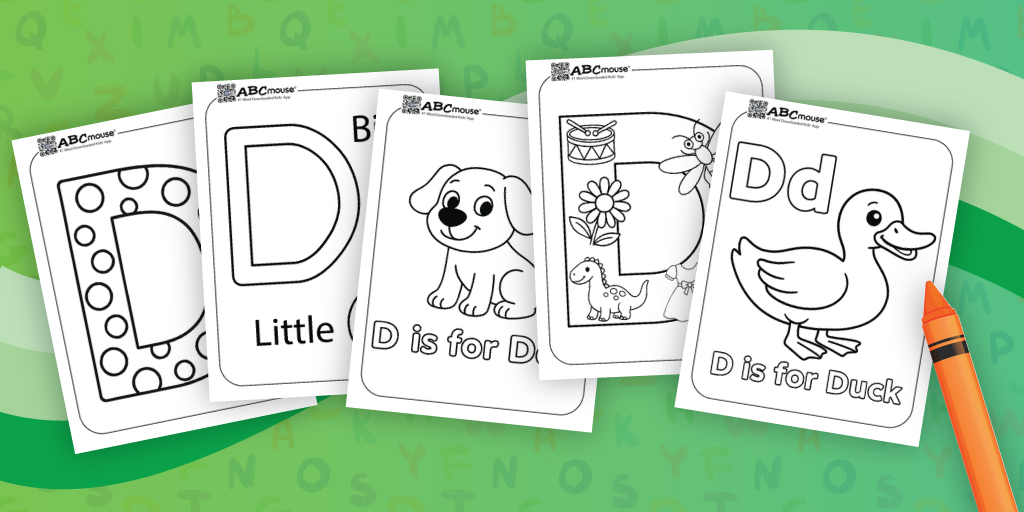
Letter D Coloring Pages for Kids (FREE Printables)
These letter D coloring pages provide a fun and simple way to help young children learn the letter D. Each page highlights the letter and features fun D-themed objects or cute characters like dogs, ducks, and dinosaurs to help children connect the shape of the letter with its beginning sound.
Print the letter D coloring pages out and keep them handy for a playful, low-prep activity that builds letter recognition skills. These pages are a fun and easy way to develop early literacy as kids explore the alphabet one letter at a time!
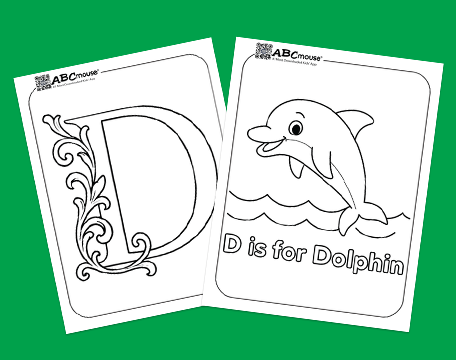
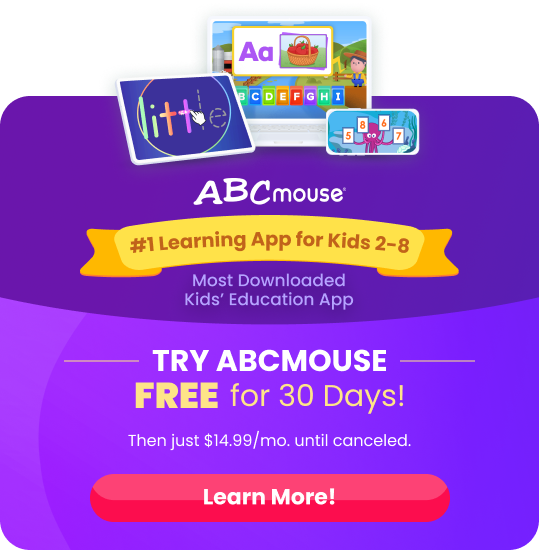
Overview of the Free Printable Letter D Coloring Pages
Pick your favorites from the letter D coloring pages below, or download the complete set using the button above. These pages focus on the /d/ sound and showcase kid-friendly images like drums, dogs, and donuts to make learning extra fun. Don’t forget to check out the letter D activities at the bottom for even more hands-on learning!
Fun Activities for Learning the Letter D!
Recommended for: Toddlers, Preschoolers, & Kindergarteners
⭐ Dig for Letter D Objects
Fill a shallow plastic bin with kinetic sand, shredded paper, or dry beans, oats, or pasta to create a “D is for Dig” sensory bin. Hide letter D foam letters, toys, or objects like dinosaurs, ducks, mini-dolls, and dice inside. Let your child dig and discover, saying the /d/ sound as they pull each item out. You can even make it into a game—how many letter D items can they find in a minute?
⭐ Free Online Letter D Tracing Game

Try a fun and colorful letter D tracing game on ABCmouse.com!
Kids can follow the dotted lines to form uppercase and lowercase Ds using rainbow colors. It’s a great way to develop handwriting and letter recognition skills.
⭐ D is for Dot Art
Grab some dot markers or a cotton swab and paint, and let your child decorate a large printable letter D with dots. Say “D is for dots!” as they fill it in. For more fun, add drawings or stickers of things that start with D—like a donut, dog, or drum—around the letter.
More Free Printable Coloring Pages
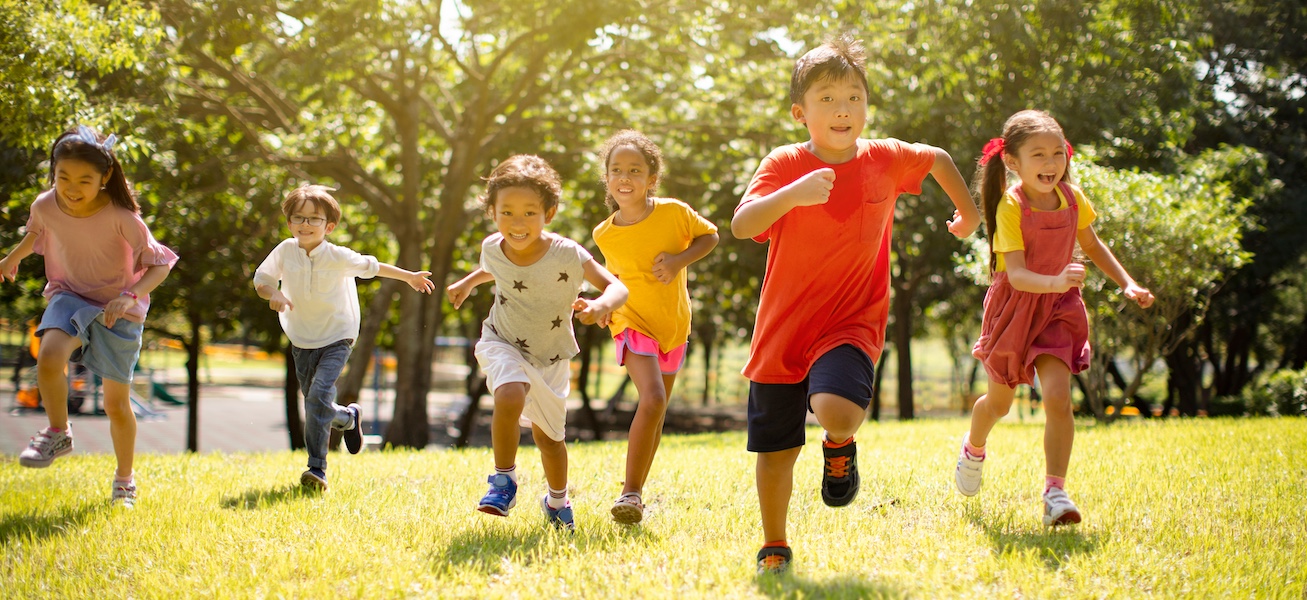
Share
The 6 Stages of Play in Child Development (And How to Support Each One)
Learn how to engage with your child during each stage of play and the difference between unoccupied, solitary, parallel, and cooperative play.
What Are the Stages of Play in Early Childhood Development?
Nearly one hundred years ago, sociologist Mildred Parten developed the theory of the 6 stages of play in early childhood social development. She observed a group of preschool children aged 2 to 5 and noted the different ways in which they played socially and non-socially. In her doctoral dissertation, she first defined the six stages of play that are still recognized today:
The 6 Stages of Play
Parten found there were two general types of play, non-social and social, which she then broke down into the six stages of her theory.
- Unoccupied Play
- Solitary Play
- Onlooker Play
- Parallel Play
- Associative Play
- Cooperative Play
Both social and non-social stages of play have their place in early childhood development, and children generally progress through them as they grow. However, it’s not a strict hierarchy—many children move back and forth between these stages as they develop. And while Parten noted general ages at which children participated in certain types of play, these ages are guidelines rather than strict rules.
Mildred Parten’s 6 Stages of Play
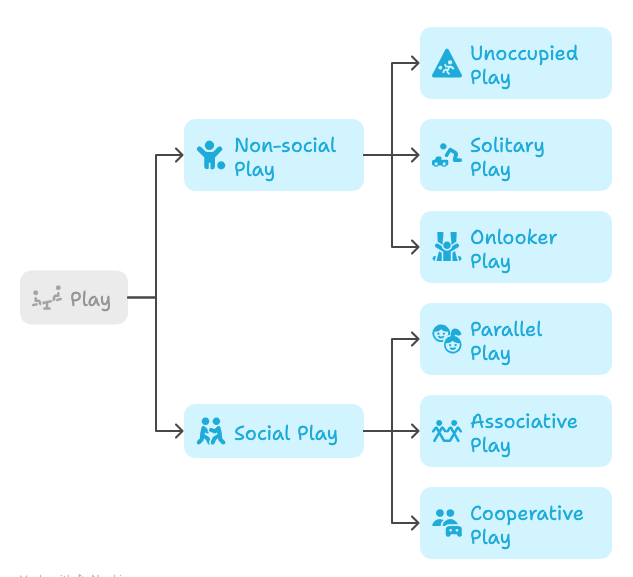
Why the 6 Stages of Play Are Important
Child psychologists and early childhood development specialists may use these stages of play to evaluate and assess children for age-appropriate behaviors. An understanding of the 6 stages can help parents encourage age-appropriate play styles and recognize when a child might need further guidance or professional help. Knowing the stages also helps parents avoid pushing their kids into types of play they might not be ready for.
For example, expecting a 2-year old to regularly play cooperatively with others is unrealistic. But if a 5-year old still only mainly engages in solitary play, this could indicate a need for further observation or support in developing social skills. To learn more about your child’s play stages, watch them in group settings with other children and look for the behaviors associated with each stage.
The 6 Stages of Play: Explanations, Examples, and Tips for Parents & Teachers
Mildred Parten’s 6 stages of play explain how children use play to learn about the world around them, expanding outward from understanding their own body and its movements to learning to function in social groups.
Note: The ages given here are guidelines only. It’s normal for children to move back and forth between stages and progress at their own speed. If you have any concerns about your child, consult an expert.
What Is Unoccupied Play?
Unoccupied play refers to a type of free, self-directed play where infants engage with their surroundings and their own bodies without any set objective or adult guidance.
Most Common at Age: Birth to 3 months
Characteristics of Unoccupied Play:
- Seemingly random movements, often repetitive
- Watching others closely, but not interacting
- Reaching for an object without necessarily grabbing it
Examples of Unoccupied Play:
- Kicking legs and waving hands
- Watching a crib mobile or ceiling fan spin
- Splashing water in the bath
- Grabbing their own toes
- Pointing at people or things
What Unoccupied Play Looks Like:
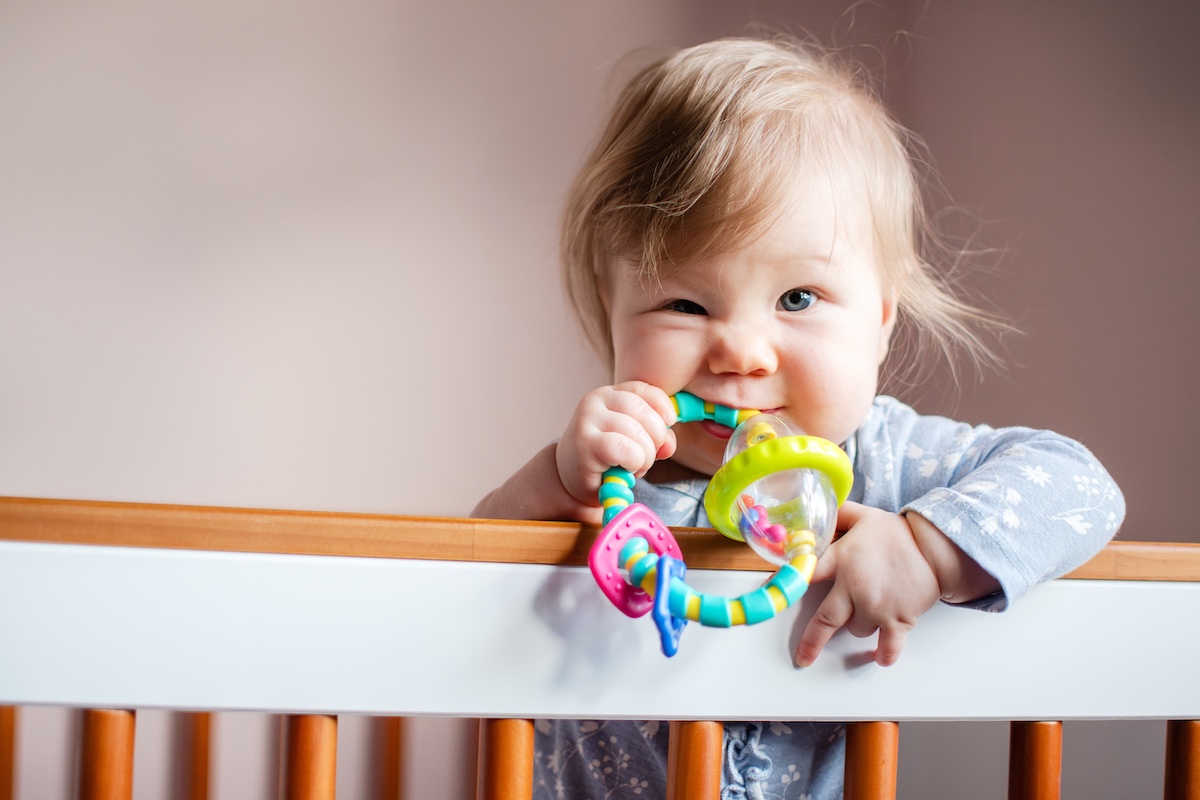
Babies begin to play from the moment they’re born. Their earliest play involves their body itself, as they try out different movements to see what the results will be. Though these behaviors may seem meaningless to adults, they’re actually a very important part of early motor skills development. Infants are learning how to process sensory input from the world around them, gathering information from what they see, hear, and feel.
How Parents/Teachers Can Support Unoccupied Play:
- This is the age at which experts strongly recommend “tummy time,” which helps strengthen shoulder and neck muscles. Simply place your child on their stomach for a few minutes each day. As they get older, you can place toys nearby for them to focus on and reach for.
- Provide safe, stimulating places for infants to explore. Give them room to wiggle and move, and provide new objects to look at, sounds to hear, and other sensory experiences like sensory mats or mirrors.
- It’s okay not to interact with your infant constantly! In fact, they need time for unoccupied play on their own, allowing them to process their bodies and environment at their own pace.
What Is Solitary Play?
Solitary play—also called independent play—is a developmental stage where a child plays on their own, without engaging or interacting with others.
Most Common at Age: 3 to 24 months
Characteristics of Solitary Play:
- Independent
- Highly focused
- Experimental
- Often repetitive
- Unaware of or unresponsive to other children playing nearby
Early Examples of Solitary Play:
- Stacking blocks
- Throwing items away over and over again
- Shaking a rattle or squeezing a squeaky toy
- Banging objects together or on a hard surface
Older Examples of Solitary Play:
- Coloring or drawing by themselves
- Looking through a book
- Singing to themselves as they play with stuffed animals or dolls
What Solitary Play Looks Like:
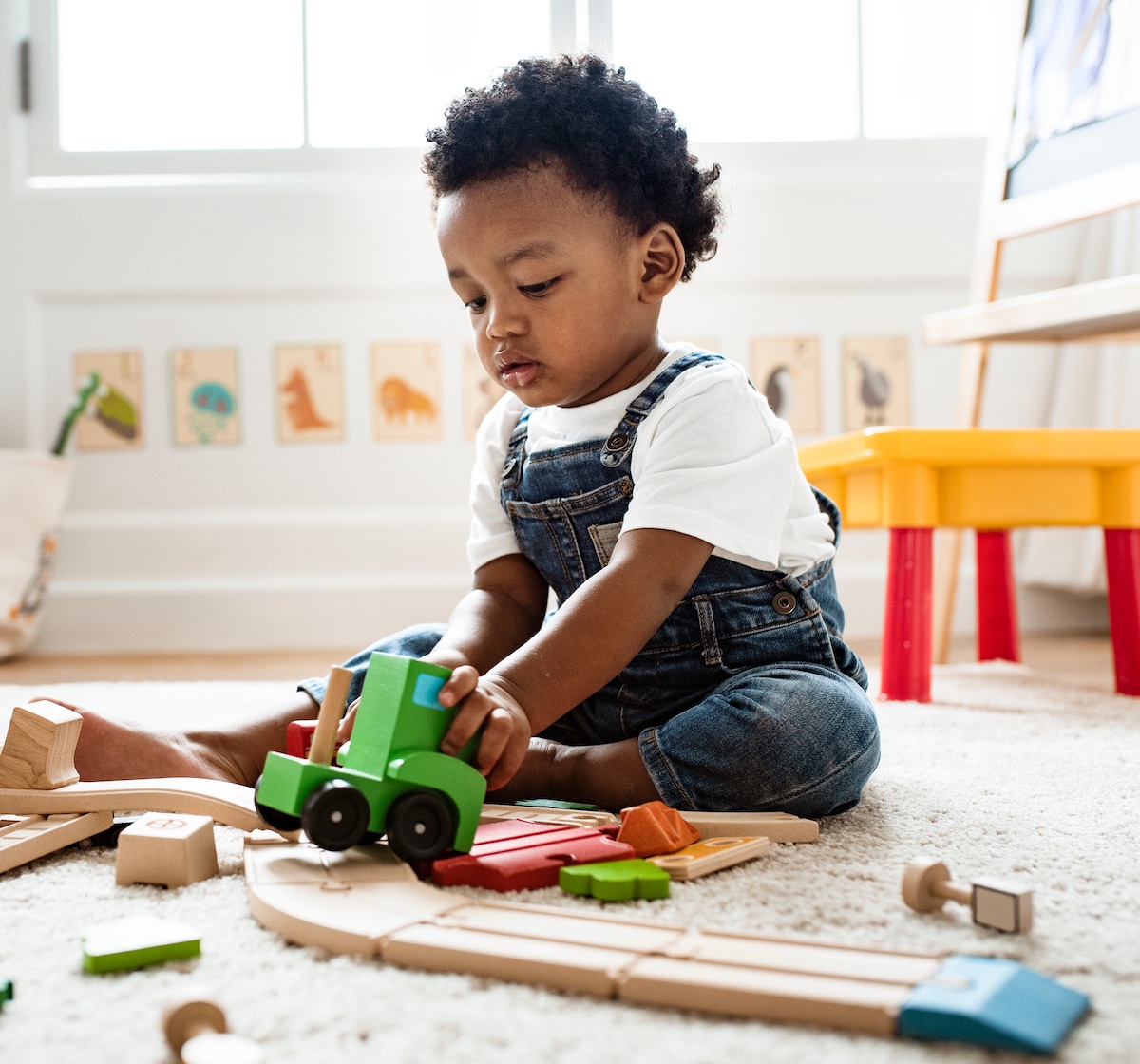
This is the stage at which play becomes more recognizable to parents. Children start to interact with toys and other objects, often in a repetitive way. They become extremely focused and tend to ignore others around them, including other babies and even parents and caregivers. This is completely normal! Kids are now starting to develop concentration, imagination, and problem-solving skills. Solitary play at this age is vital to development, as children take their first independent forays into the world.
Note: Solitary play continues throughout childhood. Many kids are content when they’re playing on their own at any age. But as children get older, they should combine independent play with more social forms of play. Even if they prefer to play by themselves, it’s important for them to develop the social skills needed to play and interact with others. However, some solitary play is perfectly fine at any age.
How Parents/Teachers Can Support Solitary Play:
- Be tolerant of noise and mess. Toddlers haven’t mastered gross and fine motor skills yet, and they can’t always control their movements or voices. When you can, let them play and express themselves freely. (This doesn’t mean children don’t need guidance and boundaries, even at this age. It just means knowing when it’s worth reining in a child’s behavior and when to just let them do their own thing.)
- Allow kids time to play on their own and in any way that they like as long as it’s safe. Don’t feel the need to step in and show them how something works—let them experiment and figure it out on their own. Observe their play, rather than trying to direct it.
What Is Onlooker Play?
Onlooker play, sometimes called spectator play, is a stage of development where a child watches others play but doesn’t join in themselves.
Most Common at Age: 2 to 3 years
Characteristics of Onlooker Play:
- Closely watching other children or groups of children playing
- Laughing, cheering, or otherwise responding to the action
- Asking questions or making comments to players or others nearby
Examples of Onlooker Play:
- A toddler watches other kids playing tag, closely focused on the action
- Child asks a group of children playing with playdough, “What are you making?”
- A preschooler listens as a group nearby pretends to run a restaurant and laughs when one child pretends to serve “mud soup”
What Onlooker Play Looks Like:
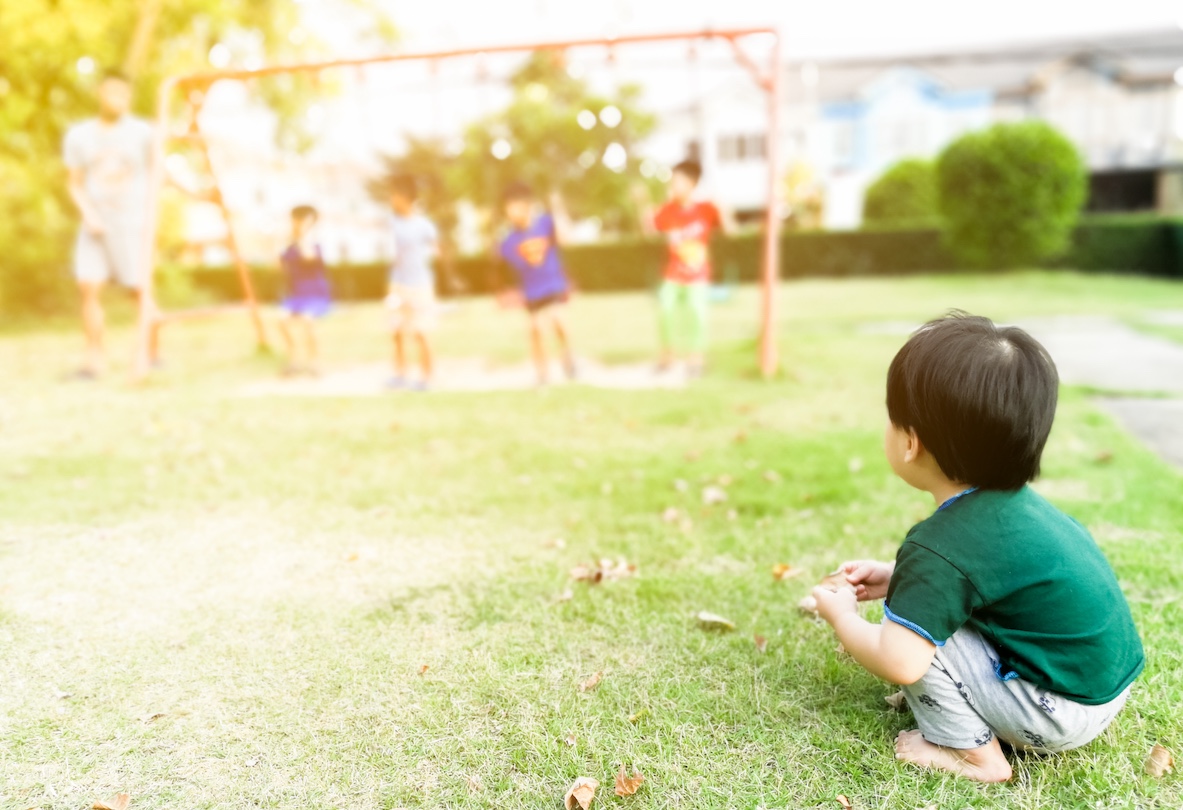
Onlooker play is a transition stage between non-social and social play. Kids spend time watching others in their general age group, observing their actions but making no effort to join in. They might ask questions, laugh with or cheer for the players, or make comments to others about what’s happening. For now, though, they’re content to sit on the sidelines.
Parents may sometimes worry that onlooker play means their toddler is too shy to get involved, but that’s usually not the case. Generally, kids are just subconsciously waiting until they feel confident that they understand the “rules.” They learn so much through these observations, developing an awareness and understanding of how social groups function.
As with solitary play, kids return to this stage from time to time as they get older. This can happen when they’re meeting new groups of people, learning how a game or toy works, or just want to know more before deciding to join in. By the time your child reaches school age, they should spend less time in onlooker play and more in social forms of play instead.
How Parents/Teachers Can Support Onlooker Play:
- Recognize that watching others is an important way to learn. Kids pick up many social-emotional skills simply by observing those behaviors in the people around them. Model good social behavior, and point it out when you see it too. “Look at those kids sharing toys in the sandbox! That looks like fun.”
- Don’t push your child to join in. Most kids will make their own moves toward social play when they’re ready. Sit with them and watch, answering any questions or responding to comments. If they ask if they can join in, gently encourage them to ask, “Can I play with you?”
- Know that even older kids engage in onlooker play from time to time, especially in new situations. For example, a fifth grader who’s new at school might watch others playing soccer on the playground for a day or two before asking to join in. Give kids space to build comfort and confidence, and try not to step in unless it’s truly needed.
What Is Parallel Play?
Parallel play is a developmental stage where toddlers play next to one another, often doing similar activities or using the same toys, but without interacting or influencing each other’s play.
Most Common at Age: 2 to 3 years
Characteristics of Parallel Play:
- Independent but not solitary
- Little or no interaction between children
- Minimal sharing or cooperation
- Comfortable with other kids playing nearby
- Some observation and imitation of others
Examples of Parallel Play:
- Four kids finger painting at the same table, but each is only focused on the pictures they’re making. They don’t talk to each other about their work.
- Two children playing in the sandbox, digging their own holes and making their own structures. One quietly watches the other fill a pail with sand and dump it over to make a tower, then does the same themselves, but doesn’t say anything to the other child.
- Three kids play in the same room. One sings quietly to themself as they put together a puzzle, one builds structures out of LEGO® bricks, and the third draws pictures with crayons. A fourth child comes in, sits down nearby, and begins to look through a picture book, comfortable with the presence of the other kids.
What Parallel Looks Like:
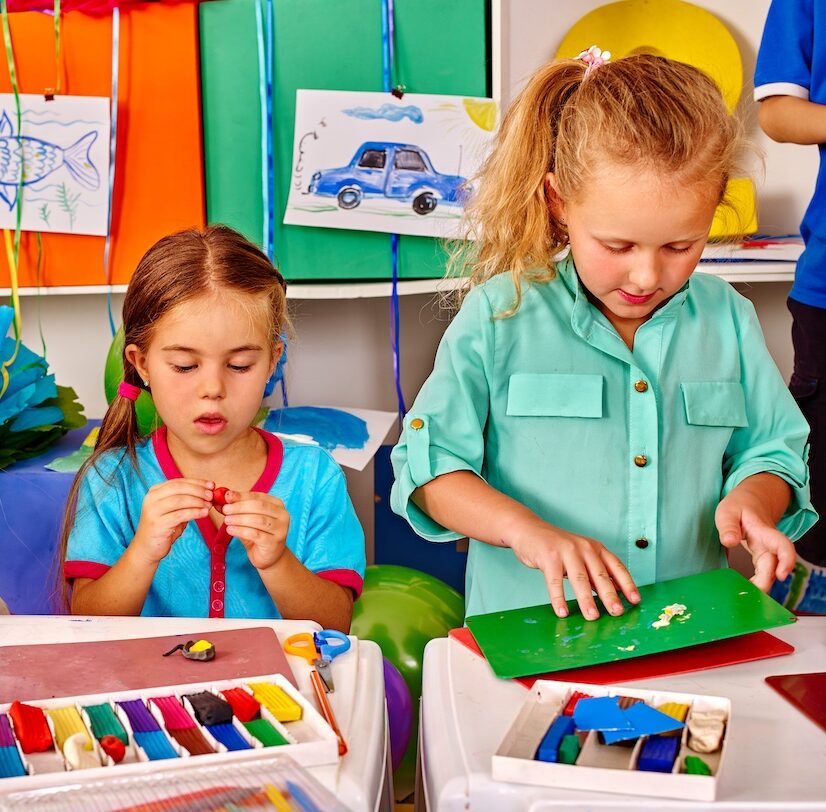
Parallel play is another transition stage, but this stage has a more actively social aspect. In parallel play, kids play side-by-side with the same toys or activities, but don’t directly interact with one another.
Sometimes they watch each other or imitate what they see, but they’re still more focused on their own play. Parallel play is an important bridge between solitary and social play.
Walk into an early preschool classroom, and you’re likely to see a lot of parallel play. Three kids might be playing with blocks, but they’re all building their own structures. They’re more likely to talk to themselves than with others, or just play quietly. It may seem like solitary play, but these children are actually developing important social skills. They’re becoming comfortable around others and learning new ideas by watching and imitating.
The more a child engages in side-by-side play, the more they learn to tolerate the presence of others. Parallel play actually helps them fine-tune their concentration, since they may need to tune out other actions and noises while they play. It also develops their spatial awareness, giving them the ability to move around in crowded spaces without running into each other.
Older kids may participate in parallel play too. A new kid on the playground might watch others kicking a ball around, then start kicking around another ball on their own nearby. It’s a subtle way to express interest in more social play before taking more deliberate steps to join.
How Parents/Teachers Can Support Parallel Play:
- At younger ages, playgroups are often all about parallel play. It may seem like there’s no point in getting kids together just so they can play on their own, but it’s actually a valuable experience. Children must become comfortable with having others nearby, especially those their own age. Start playgroups early to encourage your child to tolerate social situations, even if they don’t interact.
- In groups, provide multiple versions of the same toys so kids can play side-by-side. For instance, have several sets of crayons and coloring books, more than one puzzle, or separate bins of building blocks kids can use.
- Provide plenty of space for kids to play near each other without crowding each other out. When kids play more active games, help them learn how to move around a space while being aware of others. “Your jumping game looks like fun! Why don’t you move over here a bit so you don’t run into Olivia and her block towers?”
What Is Associative Play?
Associative play is a stage of social development where children play near each other, interact, and share materials, but their play isn’t coordinated around a shared goal or structured activity.
Most Common at Age: 3 to 4 years
Characteristics of Associative Play:
- Shared materials or toys, but separate goals
- Increased interaction and conversation
- Play is usually unstructured
- Often includes preferred playmates
- Kids begin to share and resolve conflicts as they play
Examples of Associative Play:
- Two kids share a set of building blocks, chatting while they work, but each still building their own structures. From time to time, they comment on what the other has built.
- Four children coloring pictures talk to each other about what they’ve created, sharing the contents of a crayon box and asking each other for the colors they want. When two kids both want to use the red crayon at the same time, they eventually figure out that they need to take turns.
- One child shows another how to throw sticky balls at a target, offering tips for getting closer to the center. They take turns, but don’t keep score or compete in any way, just enjoying each other’s company and the challenge of the game.
What Associative Play Looks Like:

This is the first stage where kids truly begin to regularly interact while they play. Kids talk, share toys, and demonstrate and imitate activities and games. However, at this stage, children don’t fully organize or collaborate during play—in other words, they don’t have a clearly defined shared goal. It’s essentially parallel play, but with interaction between kids.
Older preschool classrooms host a lot of associative play. This is a huge social leap for early childhood development—showing an interest in what others are doing and joining in the activity in their own way. To reach this stage, kids need language and communication skills, social awareness, cooperative skills, some degree of empathy and self-control, and tolerance for those different from themselves.
Older children return to associative play from time to time, especially in creative endeavors. For instance, fourth grade students might share a box of art supplies, but each make individual creations. They talk and laugh while they work, sharing ideas but ultimately focused on their own work.
How Parents/Teachers Can Support Associative Play:
- Allow time for free play without restrictive rules or structure. Provide open-ended toys that encourage use by multiple children at once, such as building blocks or art supplies.
- Encourage conversation as kids play. “Emmet, your tower is so tall! Can you tell Liam how you did that?” or “You’re doing a great job of sharing the kitchen toys! What are you both making?”
- Model social skills and awareness. “Taylor, you’re taking up a lot of space on the table, and Ashton doesn’t have much room. Could you move over a bit and try to keep your painting supplies on your side of the table, please?’”
- Teach conflict resolution skills. As kids learn to share and play together, conflict is inevitable, and adults must demonstrate and model the right behaviors. “Jaxon, you grabbed the green crayon even though you knew Emma was using it. Remember to ask first: ‘Emma, are you done with the green crayon? Can I use it now, please?’” or “Charlotte, you and Noah can’t both use the swing at the same time. What can you do while you wait for him to finish his turn? Noah, remember that Charlotte is waiting for the swing, so you get two more minutes, then it’s her turn.”
- Occasionally nudge kids into true cooperative play, but don’t insist on it. “I love the buildings you’re each making! What if you worked together to build a whole town?” or “Morgan, it looks like Lin wants to kick the soccer ball around too. Could you two try playing with it together?”
What Is Cooperative Play?
Cooperative play happens when children work together toward a common goal, using communication, teamwork, and problem-solving to complete a shared task or activity.
Most Common at Age: 4 to 5 years and up
Characteristics of Cooperative Play:
- Shared materials and goals
- Players have different assigned goals in the game
- Players agree on the rules up front or develop them throughout
- Regular communication amongst players
- More autonomous conflict resolution and compromise
- Longer play sessions that often involve creativity and imagination
Examples of Cooperative Play:
- Four children play “House” together. One is the mom, one is the grandma, and two are the kids. They invent and role play domestic scenarios together.
- Two children create a new ball game together involving bouncing a ball off the wall and ground, with complex rules and scoring. When other kids come along, they invite them to join in, explaining the rules of the game.
- Three children work together to put together a jigsaw puzzle. They agree on a plan (“First we’ll do the edges, then work on the middle”) and assign roles (“Katelyn, you work on the pink pieces of the house, and I’ll try to put together the sky.”) They chat while they work, sometimes about the puzzle and sometimes about other topics.
What Cooperative Play Looks Like:

This is the final and most social of the 6 stages of play. Children collaborate as they play, sharing the same materials or toys, following the same set of rules, and working together for a common purpose. They communicate often, verbally and nonverbally, usually to specifically advance the game.
For older children (post-preschool), this is the most common form of social play. Their games and play activities last longer, are more complex, and may involve larger numbers of participants. Kids develop more social awareness, understanding what’s expected of them and what to expect of others. They tend to resolve conflicts on their own when they can, and while they may invite adults to play, those adults must follow the “rules” developed by the children. For example, in a game of The Floor is Lava, a child might say, “No, you can’t walk there! That part of the floor is hot lava!”
The benefits of cooperative play are numerous and well-established. Children develop social skills through all the stages of play, but this is the stage where they truly need strong social skills to succeed and thrive as part of the group. They’re learning by experience and nearly all will hit rough patches from time to time. Learn much more about the benefits, challenges, and importance of cooperative play here.
How Parents/Teachers Can Support Cooperative Play:
- Provide big open play spaces and materials to spark imagination (dress-up clothes, building toys, toy food and kitchen utensils, loose parts boxes, etc.). You can also offer prompts to get them started: “Let’s pretend this jungle gym is a tree in the actual jungle!” or “What if you built a model of our town?”
- Allow kids to develop their own games and play activities. Give them room to create their own rules, asking questions to guide only if needed: “How will you decide the winner?” or “What do you think you should do first?”
- Encourage social awareness and model good behavior. “Amelia, I don’t think Sarah has a job in your store yet. Why don’t you ask her what she’d like to do?” or “Your game of Aliens and Puppies Freeze Tag looks so fun! But you keep running into the area where Quinn, Parker, and Riley are playing airport. Can you move a little further down the playground and give them some room?”
- Give kids time to resolve conflicts independently before stepping in. Then, guide them toward the right behavior. “Looks like Lane and Allie both want to be the leader. Can you take turns, or share the leader role?” or “You all agreed on the rules up front, but this particular rule seems to be causing a lot of arguments. Do you think you should consider changing it?”
- Recognize good collaboration and teamwork when you see it. “Way to go! You managed to get every member of your team through the obstacle course by helping each other! I’m so impressed!” or “Alex, I really liked the way you found a way for Miguel to join in your game halfway through. He really wanted to play, and you all had so much fun together.”
Other Types of Play
While Parten’s 6 stages describe the social aspects of play, there are many other terms that child development experts use to describe the way kids play. Experts have determined that there are 12 to 16 ways that children play. Here are a few you may hear as a parent or teacher.
Other Ways Children Play
- Attunement play
- Physical play
- Social play
- Constructive play
- Imaginative or pretend play
- Functional play
- Symbolic play
- Expressive or creative play
Attunement Play
Attunement play is one of the earliest forms of interaction between an infant and caregiver, laying the foundation for emotional connection. This type of play fosters trust, empathy, and emotional regulation, supporting healthy social and emotional development. It includes
- shared eye contact
- smiles
- facial expressions
- responding to one another’s coos, babbles, and gestures
These “serve and return” exchanges—where the baby initiates with a sound or movement and the adult responds with attention, smiles, or soothing touch—help build secure attachment.
Example: A father and baby make silly faces at each other, laughing as they do; a baby points to a toy and a caregiver brings it over, making it dance for the baby.
Physical Play
Physical play uses the body in active ways. Babies engage in this type of play from a young age, though it advances when kids can walk on their own. It helps to
- build strength and improve overall physical health
- develop gross and fine motor skills
Example: Running, jumping rope, riding a tricycle or bicycle, dancing, skipping, playing a sport
Social Play
Social play is any form of play where kids interact and talk with each other as they play together or near each other. This can involve:
- interaction related to the activity or game they’re enjoying
- conversing while playing side-by-side
Example: Team sports, parallel play, associative play, cooperative play, board games, imaginative games
Constructive Play
In constructive play, participants build or create something with a specific purpose. They may
- play collaboratively in a group
- play with one other child to build something
- play individually to make something on their own
Example: Working together to put together a puzzle, creating a large mural, building a city from blocks, writing and acting out a skit or play
Imaginative Play
Imaginative play, or pretend play, occurs when kids use their imagination heavily in an activity or game. They may
- make up stories to share with each other
- act out themselves or with toys
- invent entire new worlds with characters and storylines
Example: Playing house, school, or hospital; dressing up in play clothes; having a stuffed animal tea party; pretending to be a superhero
Functional Play
In functional play, children are learning how something works, with the essential question of, “What happens if I do this?” Here are few characteristics of this type of play:
- It often includes repetitive actions
- It’s especially common with very young children
- Kids of any age engage in functional play when they encounter something new
Example: Throwing a ball in different ways to see how high it bounces, pushing all the buttons on a toy in turn or at once, stacking objects until they fall over
Symbolic Play
This form of imaginative play turns objects or actions into whatever kids want or need them to be. For example, a red block becomes an apple for their game of grocery store or a large box becomes a space ship.
- Children use symbolic play more when they have fewer structured toys at hand
- Symbolic play helps develop stronger creativity and problem-solving skills
- Requires imaginative and abstract thinking
Example: A stick becomes a magic wand, a box is a castle on Mars, a blanket is a magic cape, a wooden spoon is a telephone
Expressive or Creative Play
In this type of play, children share their thoughts, feelings, and creativity through their activities. It includes
- Creative and joyful activities like singing, dancing, drawing, or writing
- It can also be a way to express negative thoughts or feelings: “I’m coloring black rain clouds because I’m angry.”
Example: Singing out loud to themselves or an audience, drawing pictures to share with others, writing poems when they’re sad, or putting on a puppet show
How to Support Healthy Play at Every Stage
No matter what stages of play your child currently participates in, these simple tips help ensure they’re safe, supported, and challenged in age-appropriate ways.
Support healthy play by
- Creating safe and open places to play.
- Making time for unstructured play
- Respecting all stages of play
- Following children’s lead when playing
- Joining in play when invited
- Gently encouraging children onto the next stage of play
1. Create Safe and Open Play Spaces
Kids need room to move! It’s better to have fewer toys and structures and more open space for them to use in any way they like. When you invite kids over for a playgroup or playdate, narrow down the toys they have to play with, or choose a space where they’re free to move around and play as the spirit takes them.
2. Make Time for Unstructured Play
As kids get older, you’re likely to start filling their schedule with lessons, sports, and other structured activities. Be sure you build in time for unstructured play, too! Tip: If your child finds themselves with an afternoon of free time and has no idea what to do with it, they’re probably not getting enough unstructured play time on a regular basis. Offer some suggestions, like “Let’s build a fort!” or “How about creating a village in the sandbox for your toy people?”
3. Respect All Stages of Play
As kids get older, you’re likely to start filling their schedule with lessons, sports, and other structured activities. Be sure you build in time for unstructured play, too! Tip: If your child finds themselves with an afternoon of free time and has no idea what to do with it, they’re probably not getting enough unstructured play time on a regular basis. Offer some suggestions, like “Let’s build a fort!” or “How about creating a village in the sandbox for your toy people?”
4. Don’t Over-Direct Play
Instead of, “Here, let me show you how to put those blocks together,” say, “What do you think we can build with these blocks?” Resist the urge to jump in and show them how to do everything “the right way,” and don’t get angry if they play games by different rules. Accept their lead and follow it, or simply step back and observe what they do.
5. Join In When Invited
Those moments when a child actively wants to spend time with you go by faster than you think. Join in enthusiastically, praise their creativity, and let them show you new ways to have fun!
6. Gently Encourage Children to Move to the Next Stage
The key here is gently—and only when it’s age- or developmentally-appropriate. The best way to do this is by modeling behavior. “Let’s ask those kids if we can play tag, too,” or “Can Maria share your crayons and draw her own picture?” Do not force your child to move on. If you’re worried that they aren’t progressing through the social stages of play as they should, talk to your child’s teacher or pediatrician.
Why These Stages Matter for Learning and Development
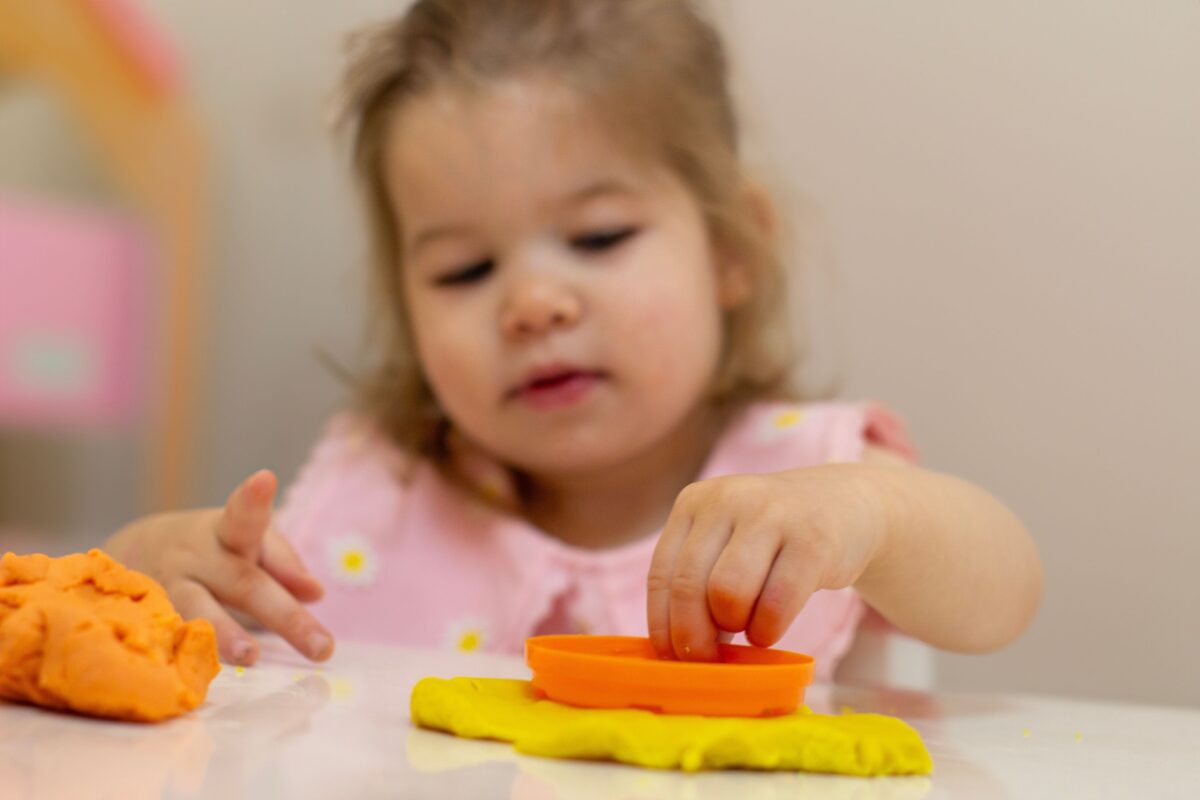
Child development experts now consider play so essential that Unicef’s Convention on the Rights of the Child includes it as article 31: “That every child has the right to rest and leisure, to engage in play and recreational activities appropriate to the age of the child and to participate freely in cultural life and the arts.”
An April 2012 report on The Importance of Play states: “The evolutionary and psychological evidence points to the crucial contribution of play in humans to our success as a highly adaptable species. Playfulness is strongly related to cognitive development and emotional well-being.” The report also noted that play has an important role in language development, self-regulation, and metacognition (learning how to learn).
Perhaps Fred Rogers, beloved television host of the show Mr. Rogers’ Neighborhood, summed it up best: “Play is often talked about as if it were a relief from serious learning,” he wrote. “But for children, play is serious learning. At various times, play is a way to cope with life and to prepare for adulthood. Playing is a way to solve problems and to express feelings. In fact, play is the real work of childhood.” Decades of research all point to the same conclusion: all stages of play matter.

Stages of Play FAQ
What are the 6 stages of play development?
The 6 stages of play include unoccupied, solitary, onlooker, parallel, associative, and cooperative play and are based on the research of sociologist Mildred Parten. Parten developed her theory of the six stages of play based on her 1929 doctoral dissertation, which was published in 1932 and identified six stages of play based on her observations of preschool children aged 2 to 5. She grouped these into non-social and social categories, noting that children typically move through them as they develop, though not in a fixed order. The stages remain widely recognized today, with age ranges serving as flexible guidelines rather than rigid benchmarks.
What’s the difference between solitary play and parallel play?
In solitary play, children play independently and alone. They are completely focused on their own activity or game and may not even realize others are there. In parallel play, kids play side-by-side with each other. They still focus on their own play and don’t communicate much with those nearby. However, they are aware of other children and may occasionally watch and imitate what they do. Parallel play is important because it helps children develop social awareness and become comfortable in social environments.
When do kids start playing together?
Around the age of three, children begin associative play, sharing toys and play spaces but without any structure or shared goals. They begin learning how to share and compromise, making room for others to play while still staking out space for themselves. At the same time, they may engage in onlooker play, watching other children or groups closely to learn more about what they’re doing.
By age four or five, most children begin to join in cooperative play. They’ve developed enough social awareness and emotional intelligence to learn and follow the rules, take turns, and navigate conflict. Adults offer guidance, but children begin to play more and more independently as they get older.
Remember that ages are only guidelines when it comes to the stages of play. Kids move back and forth freely between stages. If you’re concerned that your child hasn’t begun playing cooperatively with other children by the time they reach school age, talk to your child’s pediatrician or teachers.
How can I encourage my child to move to the next stage of play?
Model the behaviors you’d like your child to try. You might say, “Your blocks look like a lot of fun! Do you mind if we sit down and play with them too?” This could encourage a child to begin exploring parallel or even associative play.
Don’t push your child to advance if they’re not ready. Some kids need to spend more time as onlookers before they’re confident enough to join in. If you feel like your child needs a nudge, though, it’s okay to ask, “Why don’t you ask if you can play catch too? Do you want me to come with you when you go talk to them? If not, I’ll be right here if you need me.”
How do I know if my child’s play is age-appropriate?
You can use the ages listed here as very general guidelines, but remember that children move back and forth through the six stages at their own pace. If you’re concerned your child isn’t showing any of the behaviors usually associated with their age, talk to a professional like your pediatrician. It could indicate a delay in social development, which can often be helped through therapy or other interventions.
Legal disclaimer: Any information, materials, or links to third-party resources are provided for informational purposes only. We are not affiliated with and do not sponsor/endorse these third parties and bear no responsibility for the accuracy of content on any external site. All information provided in this article is current as of May 2025.
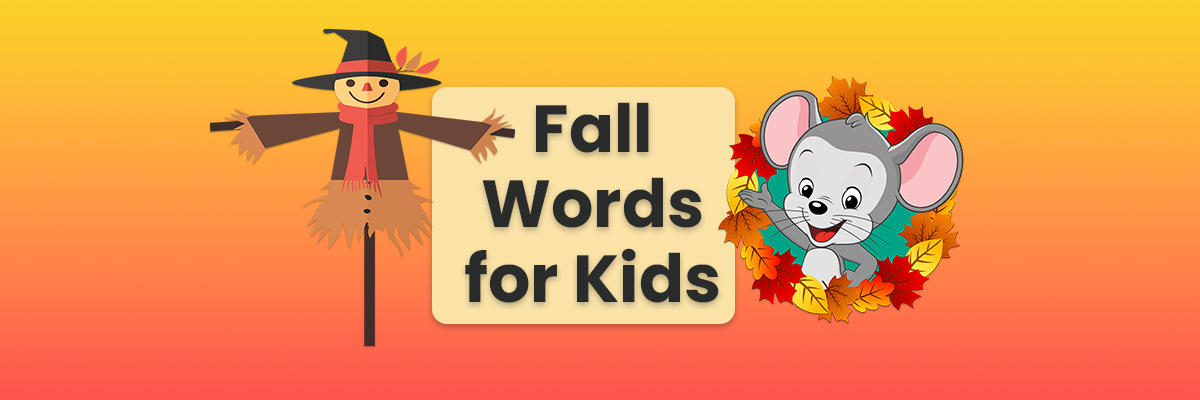
200+ Fall Words for Kids (Free Printable Lists)
Exploring fall-themed words is a great way to help young children grow their vocabulary and build a stronger connection to the world around them.
Fall is a season filled with transformations—leaves change, the air turns crisp, and animals prepare for winter. Learning fall-related words helps children describe the sights, sounds, and sensations around them, and also helps build their vocabulary, language skills, and awareness of the natural world.
Practicing with new words and learning their meaning is a great way to build early literacy skills.
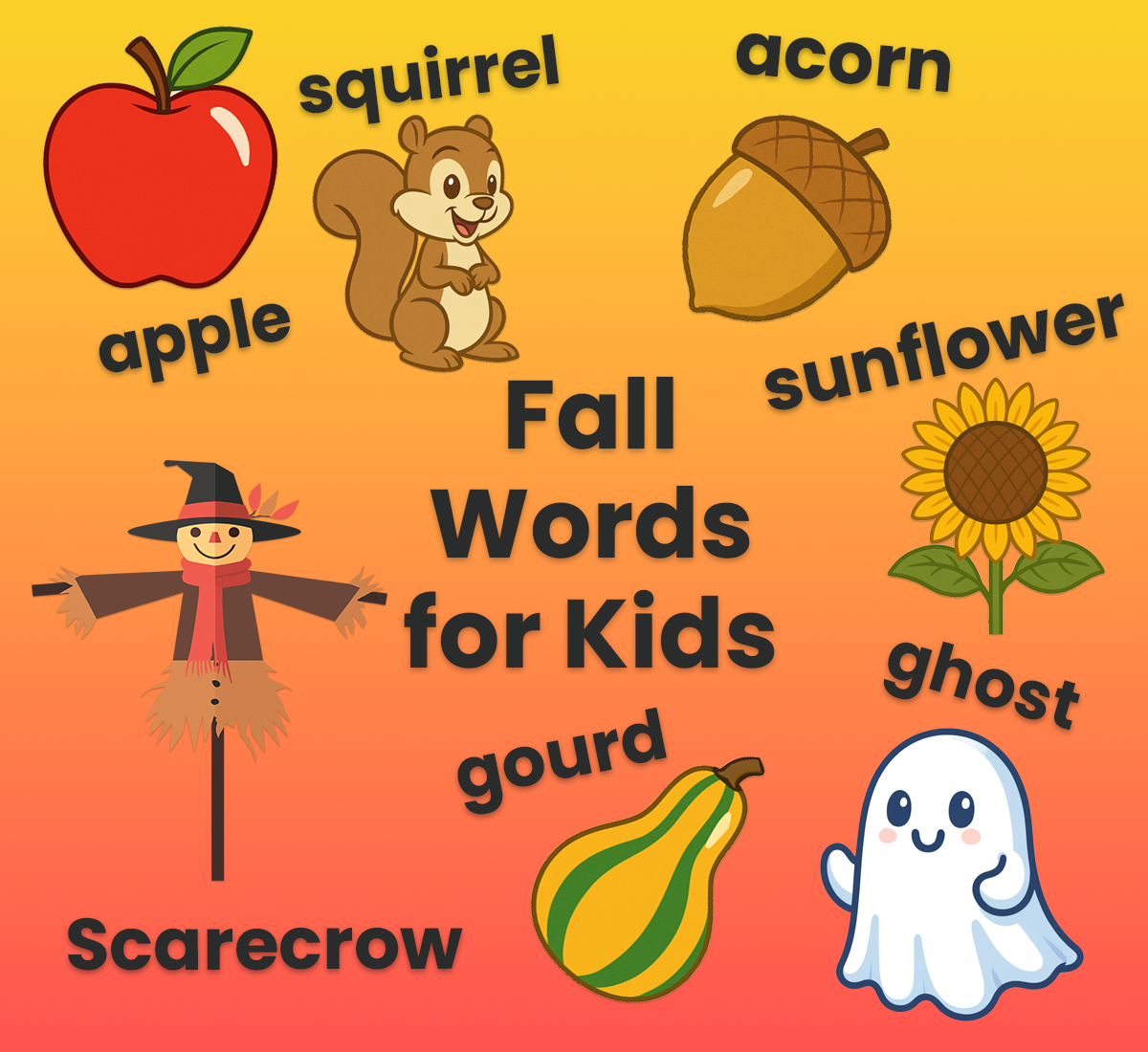
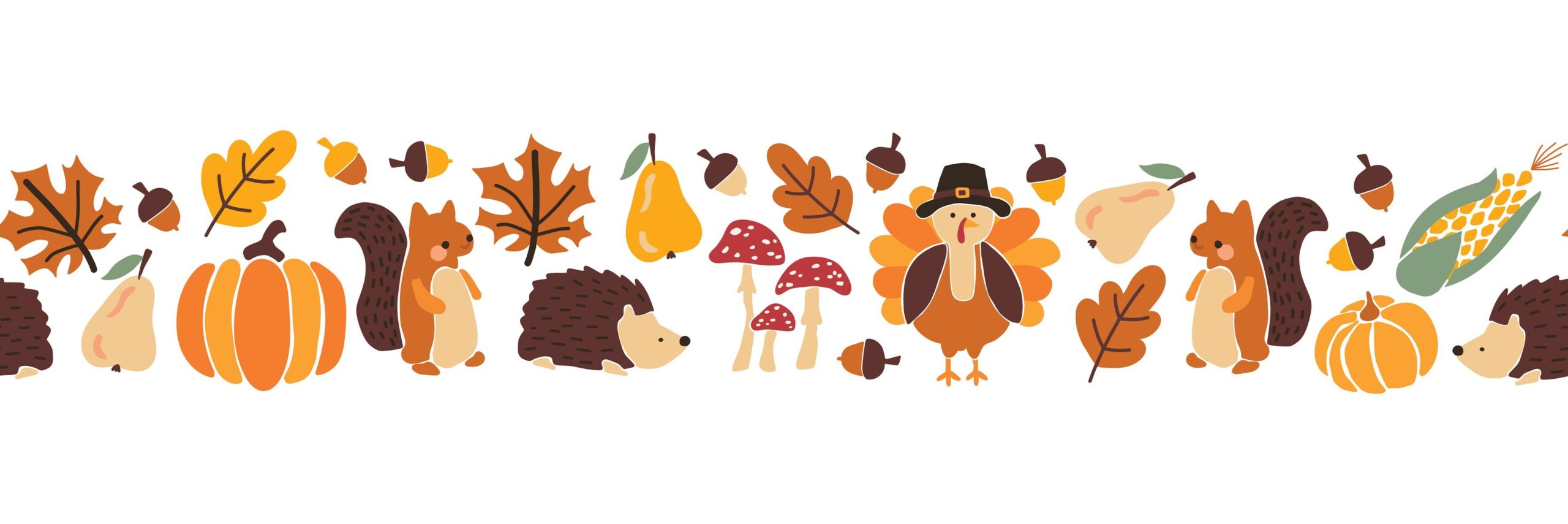
Fall Words with Simple Definitions
Some of the words on this list may be unfamiliar to young children. Here are some basic definitions to help them learn what they mean.
autumn – the season between summer and winter when the weather gets cooler and the leaves change color. It’s also called fall.
burgundy – a dark red color that looks like red grapes or autumn leaves.
cornucopia – a horn-shaped basket filled with fruits, vegetables, and flowers, often used as a decoration at Thanksgiving to show a time of plenty.
crimson – a bright, deep red color, like a ripe apple or a red leaf in fall.
deciduous – a word to describe trees that lose their leaves in the fall and grow new ones in the spring.
ember – a small, glowing piece of wood or coal left after a fire starts to die down.
equinox – a day in the fall or spring when daytime and nighttime are the same length.
gourd – a hard-shelled fruit (more commonly thought of as a vegetable) often used for eating or decorating in fall.
overcast – when the sky is full of clouds and the sun is hidden. It looks gray outside.
quince – a yellow fruit that looks like a bumpy apple or pear. It’s usually cooked and used in jams or desserts.

Fall Word Lists
We’ve created easy-to-use word lists to help make learning fall vocabulary more fun and engaging for young children. The words are grouped into categories so you can explore them in a way that works best for you and your child. Use these lists for reading practice, autumn-inspired spelling games, or seasonal activities that celebrate everything fall!

Printable Fall Words by Category
Fall Weather Words
| blustery | breeze | brisk | chill | cloudy |
| cool | crisp | damp | drizzle | fog |
| frost | gale | gusty | mild | mist |
| overcast | pleasant | rain | sleet | stormy |
| windy |
Fall Clothing Words
| boots | coat | flannel | gloves | hat |
| hoodie | jacket | jeans | mittens | overalls |
| pants | raincoat | scarf | shoes | socks |
| sweater | sweatshirt | sweatpants | turtleneck | vest |
Fall Food Words
| acorn squash | allspice | apple | apple crisp | applesauce |
| apple pie | bread | butternut squash | caramel | caramel apples |
| cider | cinnamon | clove | corn | cornbread |
| cranberries | doughnut | gourd | grain | kale |
| maize | maple syrup | marshmallow | mashed potatoes | nut |
| nutmeg | pear | pecan pie | potato | popcorn |
| pumpkin | pumpkin pie | pumpkin spice | soup | spinach |
| squash | stew | stuffing | sweet potatoes | turkey |
| turnip | vegetable | wheat | yams |
Fall Nature and Animal Words
| acorn | aster | branches | chipmunk | chrysanthemum |
| crow | deer | flock | foliage | forest |
| fox | goldenrod | hay | harvest moon | leaf |
| leaves | maple | migrate | mud | mushroom |
| oak | orchard | owl | pinecone | puddle |
| pumpkin patch | rainbow | squirrel | straw | sunflower |
| trees | twigs | woods |
Fall Activity Words
| apple picking | baking | bonfire | camping | carving |
| corn maze | crafting | decorating | fair | festival |
| football | harvest | hayride | hiking | jumping in leaves |
| leaf collecting | nap | pumpkin patch | raking | reading |
| roasting marshmallows | trick-or-treating |
Descriptive Fall Words
| abundant | bundled | chilly | cozy | crisp |
| crunchy | foggy | grateful | happy | peaceful |
| quiet | sleepy | snug | soft | thankful |
| toasty | warm | windy | zippy |
Other Fall Words
| blanket | bushel | cornucopia | ember | equinox |
| feast | firewood | gather | gobble | Halloween |
| kettle | kindling | leaf pile | November | October |
| scarecrow | September | Thanksgiving |


Fall Word Lists by Letter
Use these free printable fall word lists to help with spelling practice, vocabulary exercises, and seasonal creative writing prompts.
List of Fall Words (A-Z)
Letter A Fall Words
| acorn | apple | apple pie | applesauce | autumn |
Letter B Fall Words
| baking | barn | bonfire | boots | breeze |
| burgundy |
Letter C Fall Words
| campfire | cider | coat | corn | cranberry |
| crisp | crimson |
Letter D Fall Words
| decorations | deciduous | doughnuts |
Letter E Fall Words
| ear (of corn) | ember | equinox | evergreen | evening |
Letter F Fall Words
| fall | feast | fire | flannel | football |
| frost |
Letter G Fall Words
| gathering | gloves | golden | goose | gourd |
| gravy |
Letter H Fall Words
| harvest | hay | hayride | hike | hoodie |
Letter I Fall Words
| inside | invitation |
Letter J Fall Words
| Jack-o’-lantern | jacket | jam | jeans |
Letter K Fall Words
| kernel | kettle corn | kindling | knit |
Letter L Fall Words
| lantern | laughter | layer | leaf pile | leaves |
Letter M Fall Words
| maze | maple | marshmallow | moon |
Letter N Fall Words
| nap | nest | night | November | nuts |
Letter O Fall Words
| October | orange | orchard | overcast | owl |
Letter P Fall Words
| patch | pie | pinecone | popcorn | pumpkin |
Letter Q Fall Words
| quilt | quiet | quince |
Letter R Fall Words
| rain | rake | red | roasted |
Letter S Fall Words
| scarecrow | school | September | spice | squirrel |
| sunflower | sweater |
Letter T Fall Words
| thankful | tree | trick-or-treat | turkey | turtleneck |
Letter U Fall Words
| unwind | utensils |
Letter V Fall Words
| vanilla | vegetables | vest | vines |
Letter W Fall Words
| wagon | warm | weather | wind | woods |
Letter X Fall Words
| fox | mix |
Letter Y Fall Words
| yarn | yellow | yummy |
Letter Z Fall Words
| zesty | zipper | zucchini |

Free Fall Activities for Kids

Printable Thanksgiving Bingo Cards
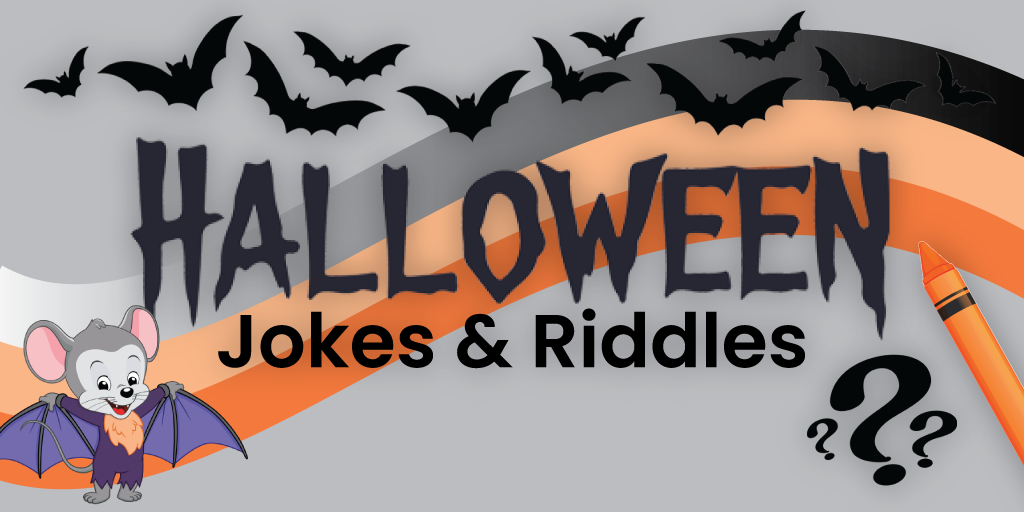
Hilarious Halloween Jokes and Riddles

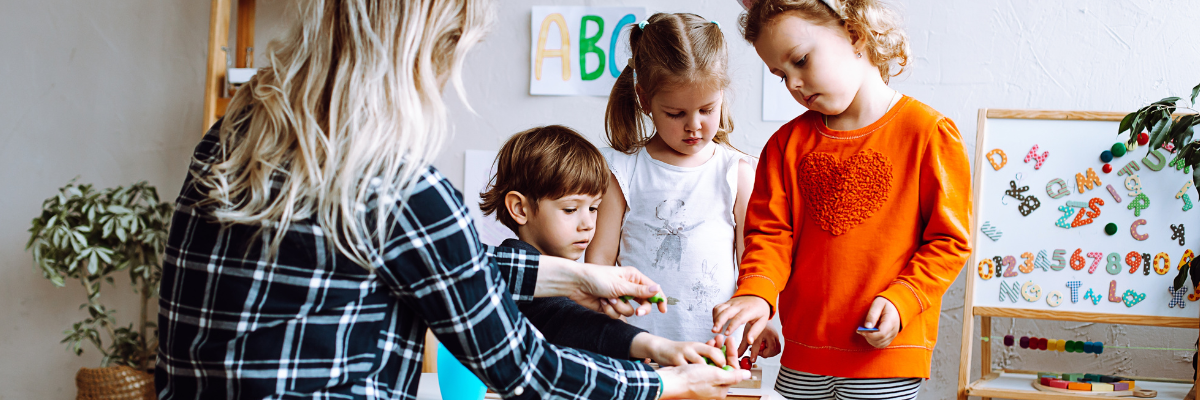
25+ Play-Based Learning Activities for Preschoolers and Kindergarteners
Share
Learning through play is fun and natural for kids, plus it offers benefits that go far beyond academics!
What Is Play Based Learning & Why Is It Important in Early Childhood?
The term “play-based learning” refers to the way kids learn as they play. This form of learning isn’t restricted to academics; it also includes:
- social-emotional skills
- fine and gross motor development
- problem-solving
- critical thinking
- creativity
- imagination
In general, the younger kids are, the more they can learn while playing, but this approach is beneficial at all ages.
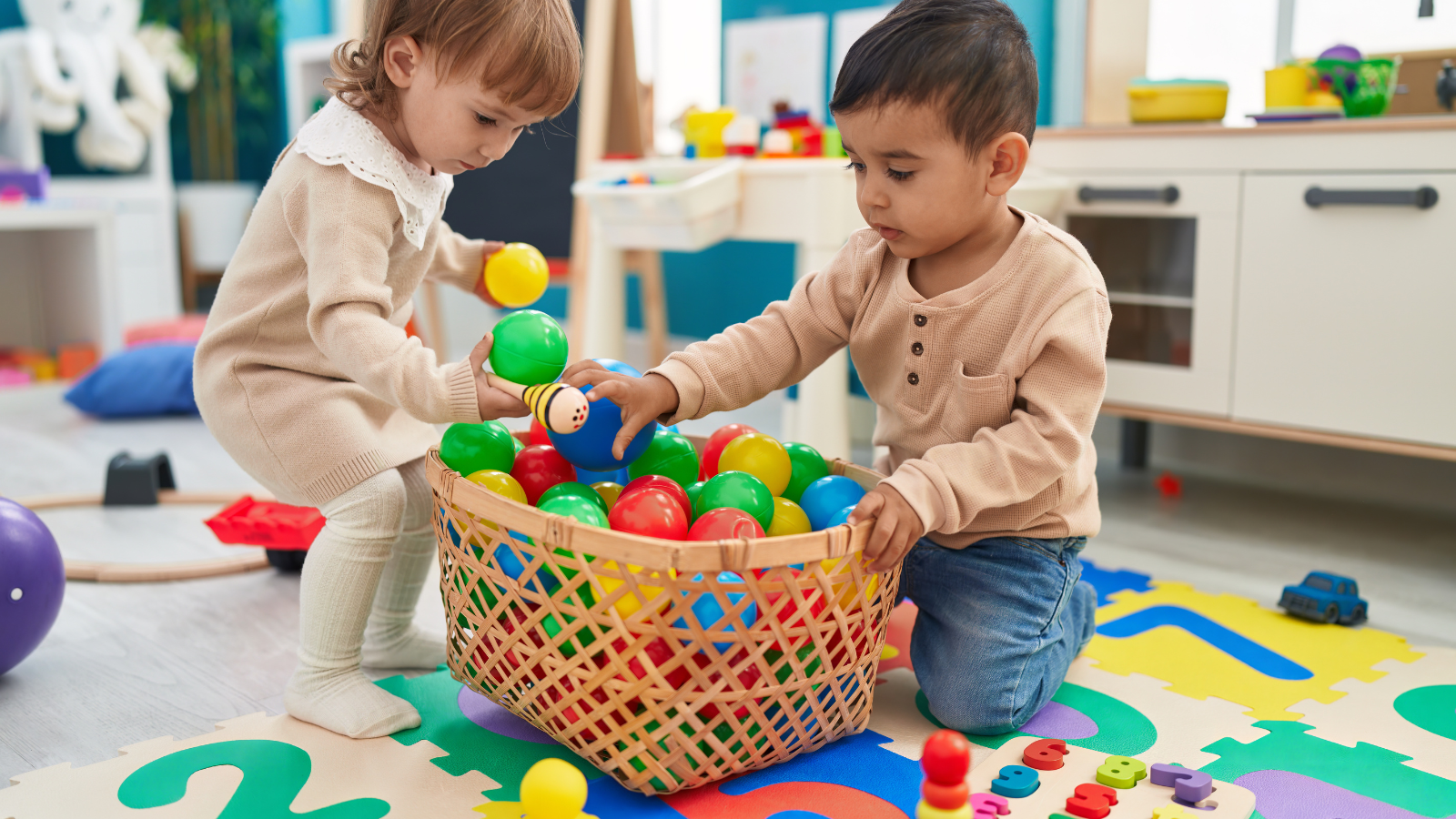
A 2018 clinical report from the American Academy of Pediatrics noted: “Play is not frivolous: it enhances brain structure and function and promotes executive function (i.e. the process of learning, rather than the content), which allow us to pursue goals and ignore distractions.”
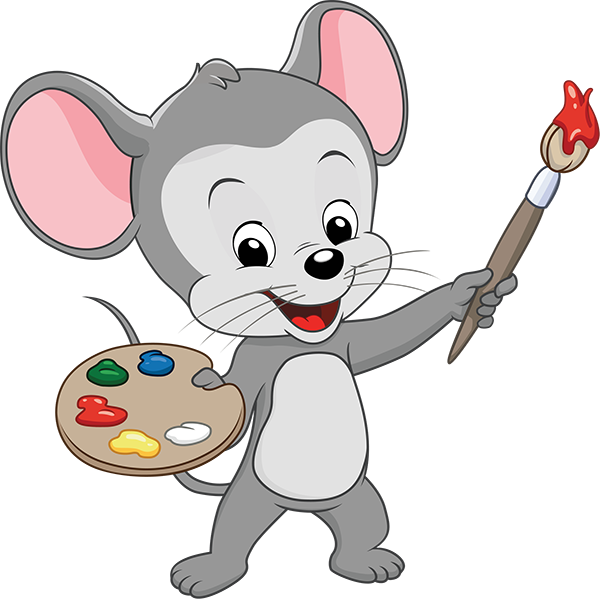
Play-based learning is usually:
Enjoyable
Self-chosen/Self-directed
Unstructured
Imaginative
Empowering
While parents or teachers may guide the play or provide some parameters, kids usually choose the activity and make up the rules for these games on their own. In many cases, they don’t even realize they’re learning—they’re just having fun!
A big part of the experience is learning how to learn and understanding that it’s okay to take risks and make mistakes. Children can carry this knowledge over to more formalized education, making them more resilient inside the classroom and out.
Try some of these play-based learning activities with your own child to see the benefits!
Play-Based Reading Activities
Leap Frog Letters
Draw green “lily pads” with sidewalk chalk, and write a letter in each one. As your child hops from letter to letter, ask them to name each one and say the sound it stands for out loud.
They can also practice spelling by jumping from one letter to the next. To increase the creative aspect, encourage them to use the chalk to add fish, ducks, plants, and other elements to their “pond.”
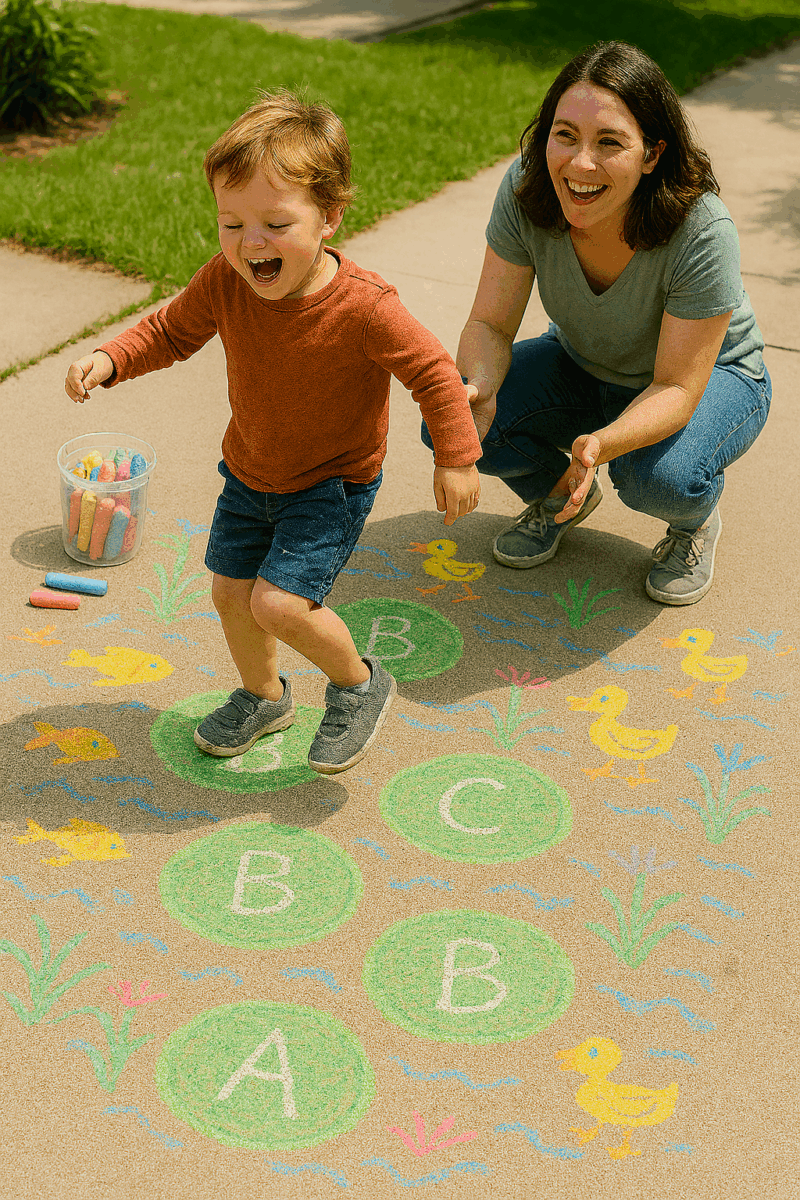
Letter Blends Hop-Walk-Run
Use your sidewalk chalk for this one or make notecards with individual letters written on them instead. Draw or lay the letters on the ground, spacing them about 12 inches apart (or more for older kids). Start by jumping from letter to letter, saying the sound the letter makes.
Next, walk across the letters slowly, blending them together to figure out the word. Finally, run across the letters, saying the whole word at once.
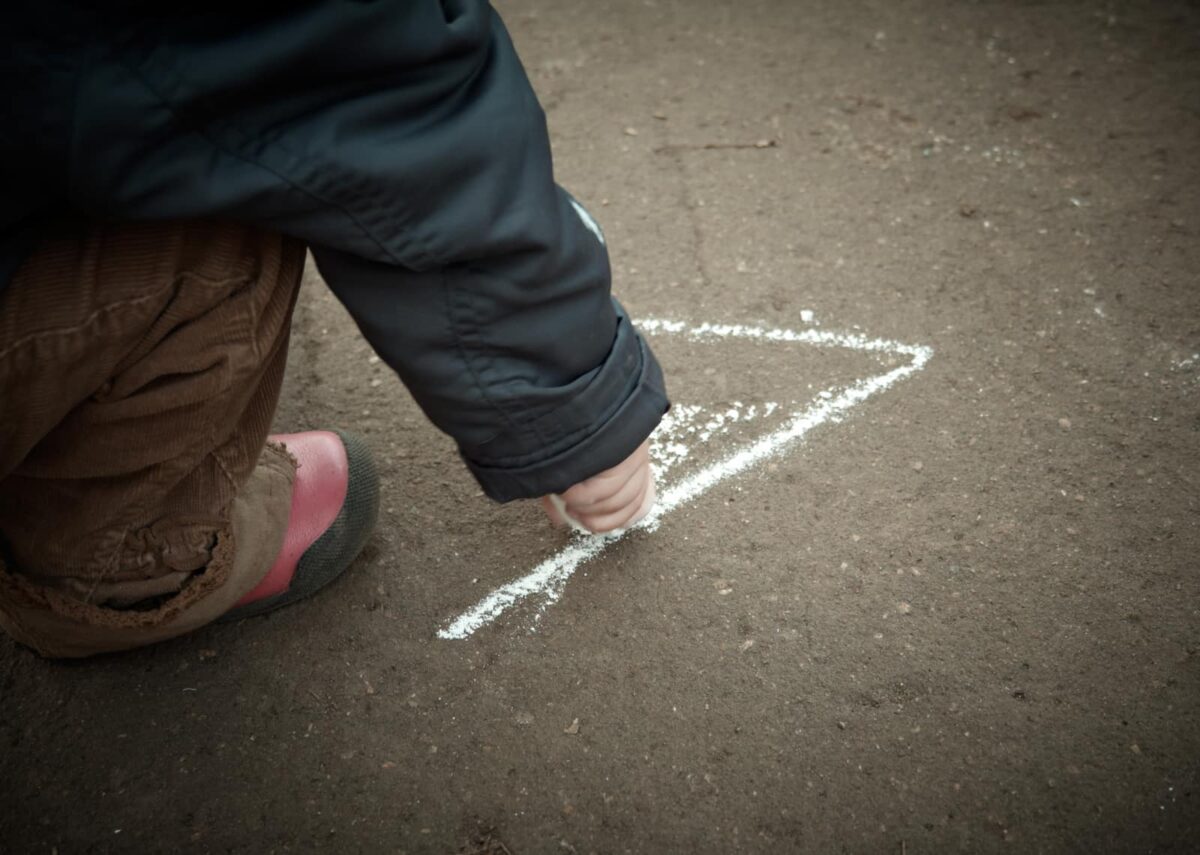
Phonemes I Spy
Choose one or more phonemes (the sounds made by individual letters and letter blends) to target, then look for them when you’re out and about. For instance, if you choose /ch/ and /igh/, your child might point out the sign for “High Street,” and identify “cheddar cheese” at the grocery store. Keep track of how many you find, and see who can spot the most throughout the day!
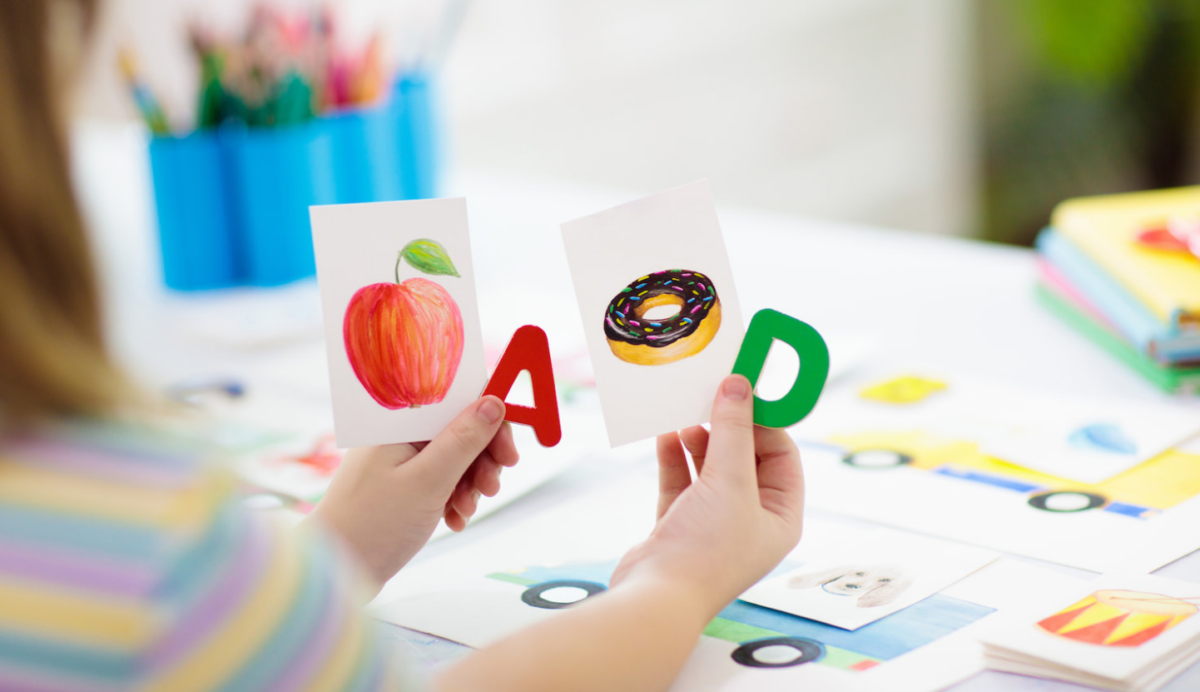
Playdough Word Stamp
Buy a set of letter stamps (be sure to get one that includes both upper and lowercase letters), or use alphabet magnets or beads instead. Roll out some playdough, then stamp words onto it. This is a fun way to practice spelling or high-frequency words. (For younger kids, try having them make the letters themselves out of the playdough instead.)
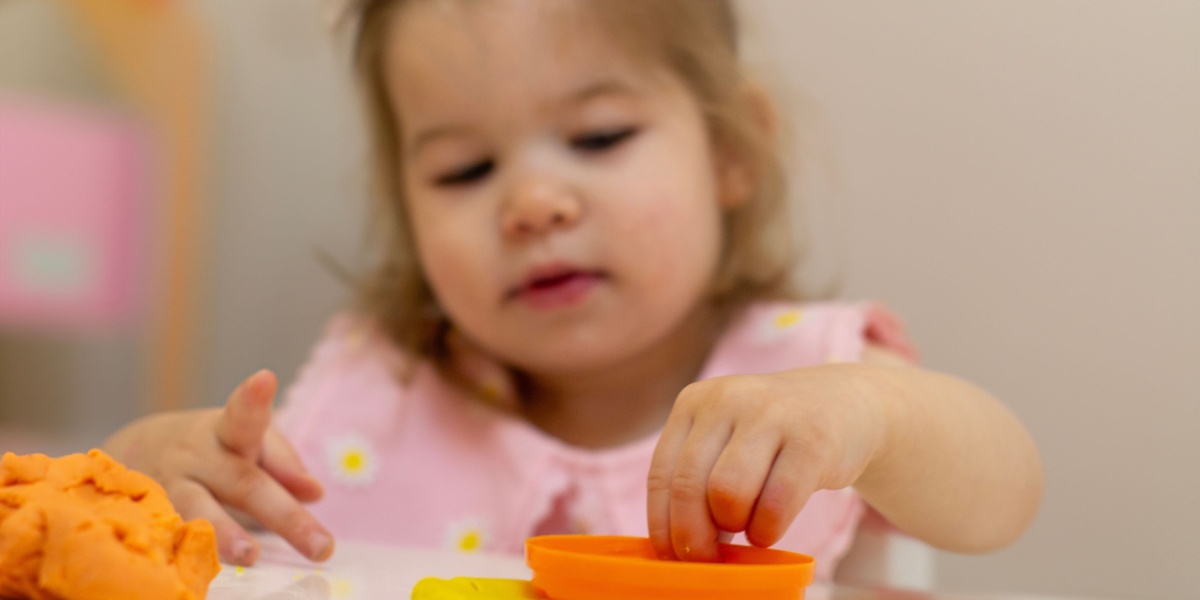
Stuffed Animal Stories
Reading isn’t just about decoding the letters on the page—it’s also important to make sure kids actually understand what they’re reading. Retelling a story in their own words is one key way to ensure reading comprehension.
After reading a book, invite your child to share the story with you using their favorite stuffed animals or other toys to stand in for the characters. Ask questions like “Why do you think [character] did that?” or “What would you have done instead?” as they retell the tale.
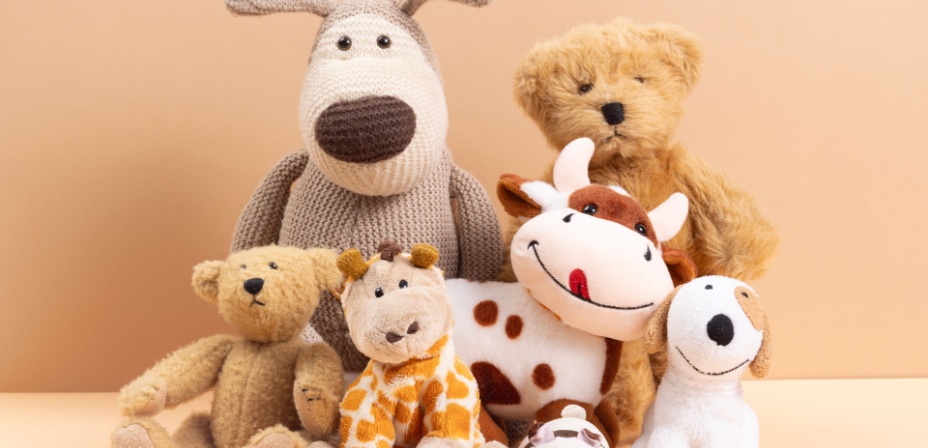
Play-Based Math Activities
Domino Math
Depending on how you lay them out, dominos can represent all sorts of math concepts and equations. Practice counting by drawing a domino and having your child point to and count the dots. Then have them lay the dominos along a number line based on their totals.
Ask kids which side has more dots to work on comparing numbers. Turn a domino sideways, and it becomes an addition, subtraction, or multiplication equation. There are so many options to try.

Bingo
This classic crowd favorite is terrific for number recognition practice! You can also customize the boards to practice various math concepts.
For instance, create boards that contain only products (total when numbers are multiplied together) of numbers one to 10. Then, draw flashcards and have kids solve the equation and mark off the appropriate squares on their cards.
Pipe Cleaner Shapes
Provide a pile of colorful pipe cleaners and have fun bending them into various shapes, naming them as you go. This works for both 2D and 3D shapes, and is great for developing hand-eye coordination too. You can even combine all your shapes together to make cool abstract sculptures. Tip: Try adding disposable drinking straws into the mix too!
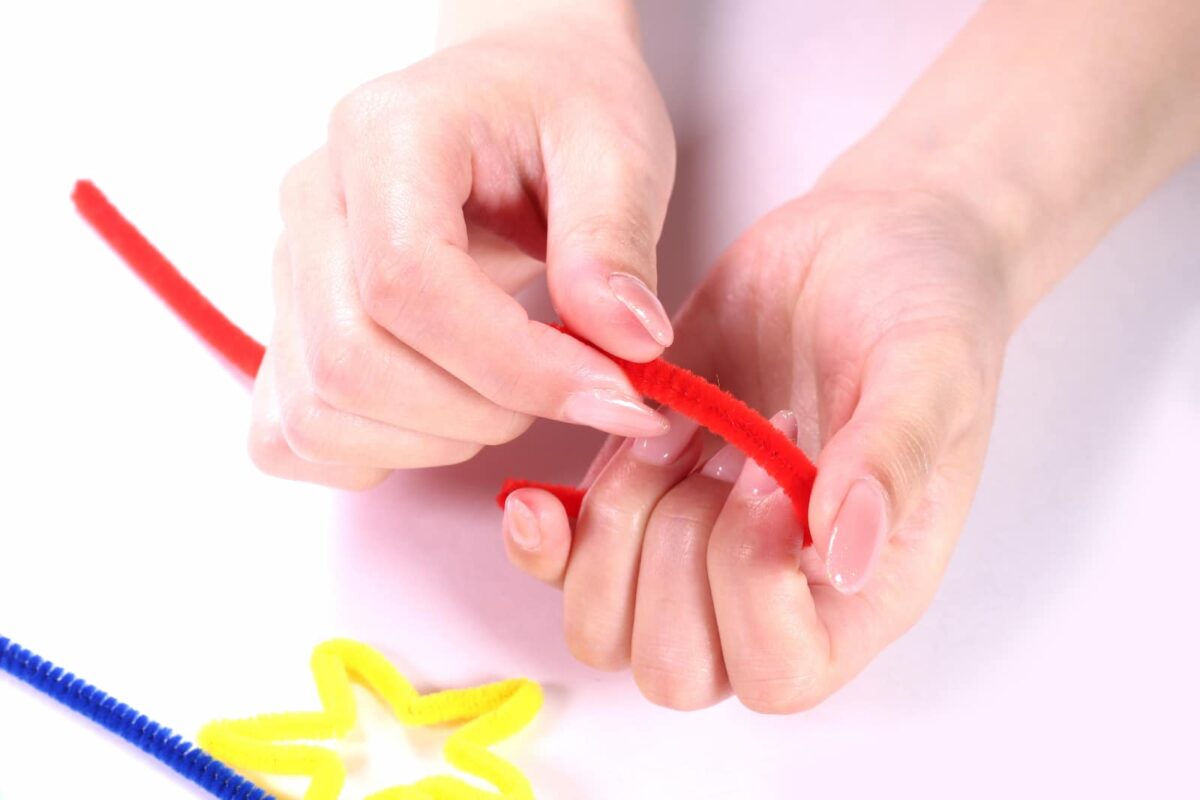
Number Parking Lot
If you’ve got a big collection of toy cars, you’ll love this one! Use masking tape to label each car with a number, and create a “parking lot” with numbered spaces to match. You can do this on a piece of paper or with sidewalk chalk outdoors. Kids will have fun “vrrr-ooming” each car into the appropriate spot!
To build additional skills like cardinality or subitization, write numbers on the cars and corresponding dots or tally marks in the parking spaces, or make each car the answer to a math equation written in the lot.
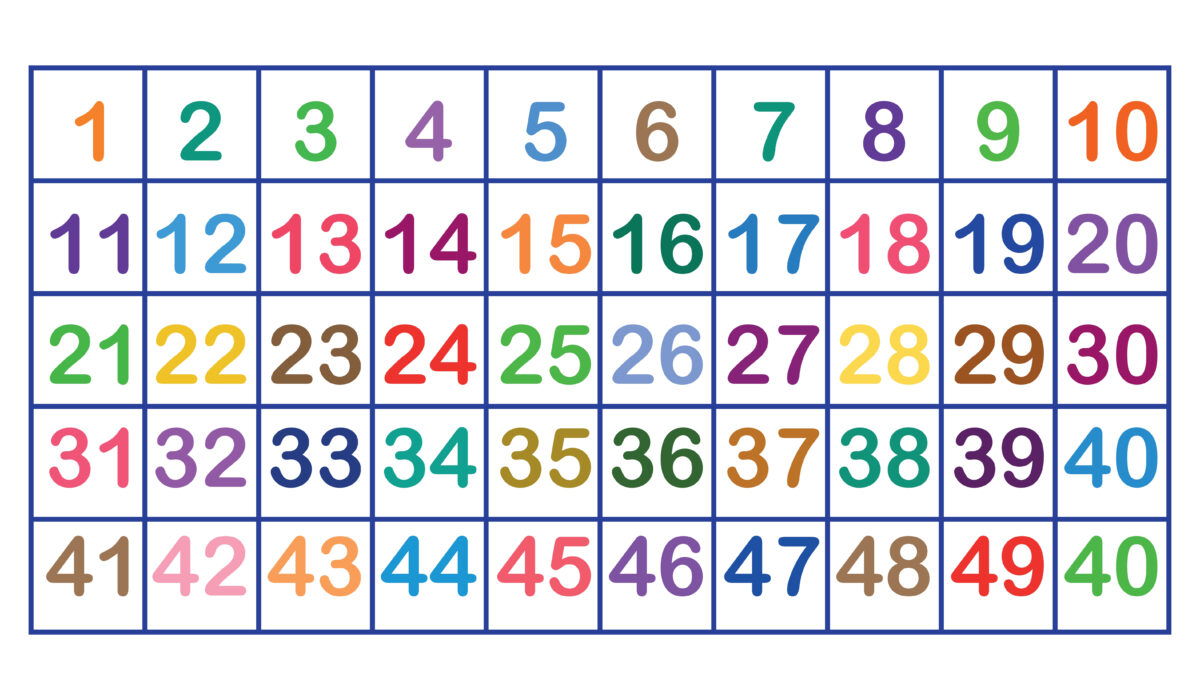
Sticky Note Shape Hunt
Draw various shapes on individual sticky notes, then have kids attach them to items around the house or classroom that match. For instance, they could place a sticky note with a rectangle on the TV screen or a book cover; a sticky note with a circle on a bowl; a sticky note with a cylinder on a water bottle, etc.
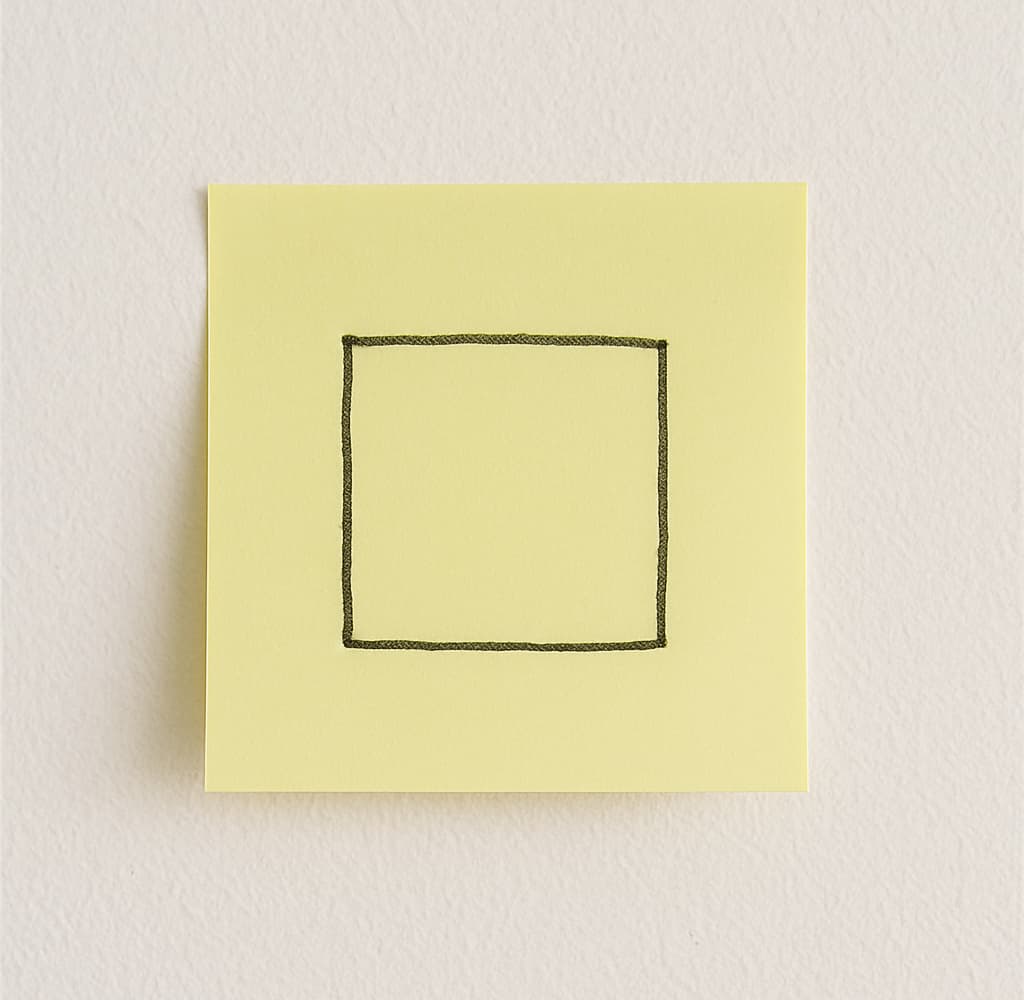
Science and Nature Play
Five Senses Walk
As you explore your favorite outdoor area, stop from time to time to identify what you can see, hear, smell, feel, and even taste (use safety precautions, of course). You can write these down as you go, or simply take the opportunity to appreciate what’s all around you. This not only teaches the observation skills essential to science—it also develops mindfulness skills.
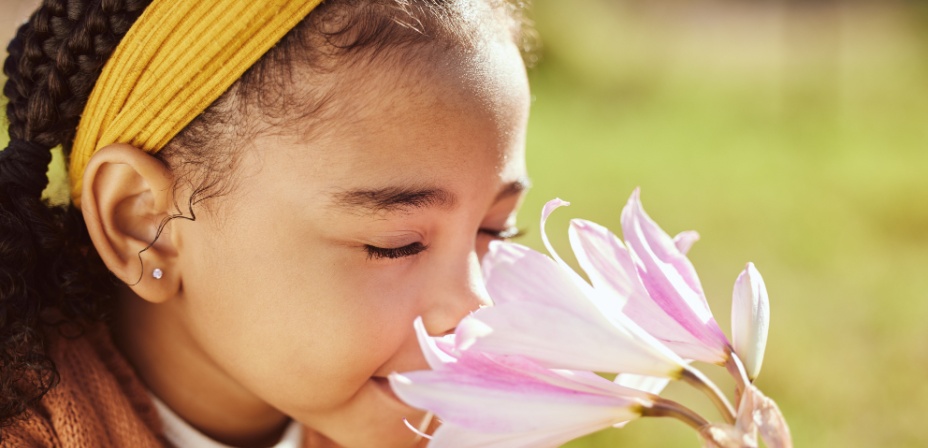
Bubble Blowing
This is a perennial kid (and adult!) favorite, and it actually involves a lot of different science concepts. Experiment with blowing faster or slower, making differently shaped wands from pipe cleaners, or seeing how high your bubbles can float before they pop. So much of science is just about asking “why?” or “how?” and then trying to find the answers!
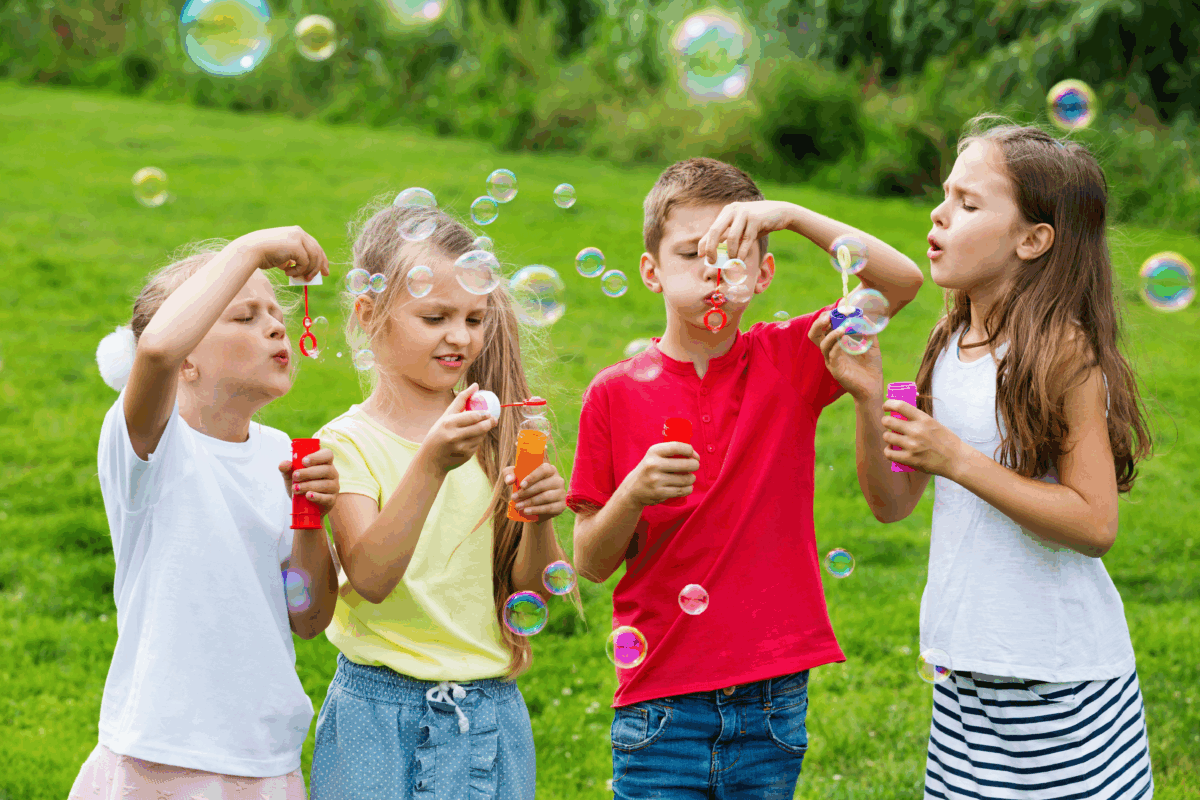
Paint Mixing
Most adults know that yellow and blue make green, and adding white will make something paler or “pastel.” Kids can learn these facts by memorization, but it’s a lot more fun to discover them through play!
Give little ones red, yellow, blue, white, and black finger paints, then let them mix away! When they’re done, they can paint a masterpiece or store their paints away for another day.
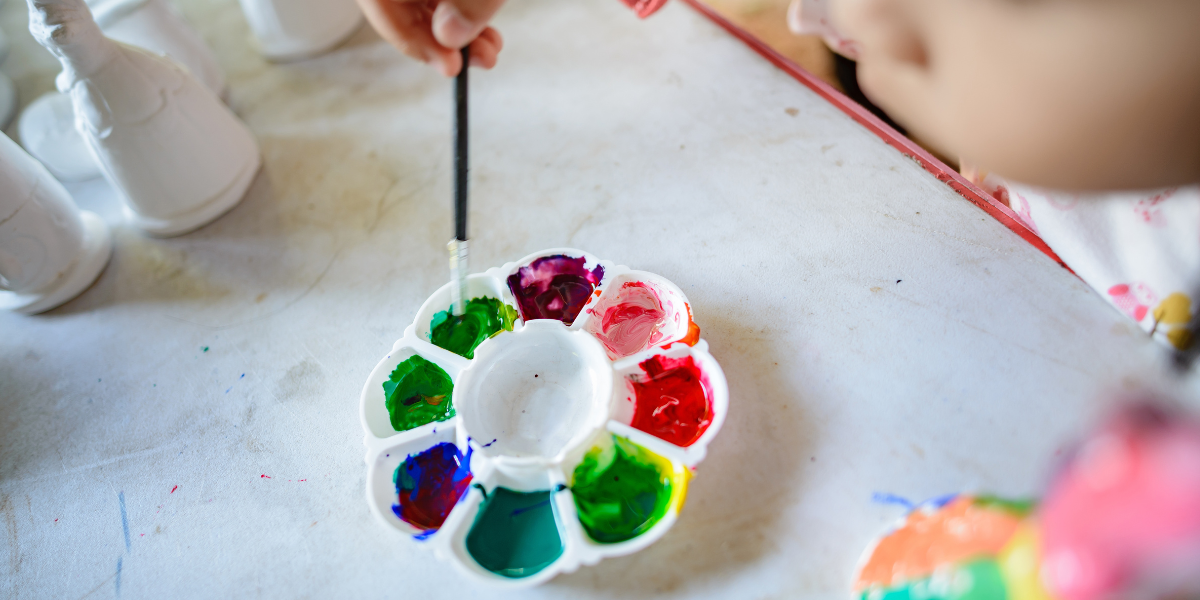
Magic Magnets
A set of toy magnets gives kids so many fun ways to explore. They can experiment to find which objects the magnet will stick to, play with attracting and repelling, make their own compass, or use a magnet to guide a metal ball through a DIY maze—the list goes on!
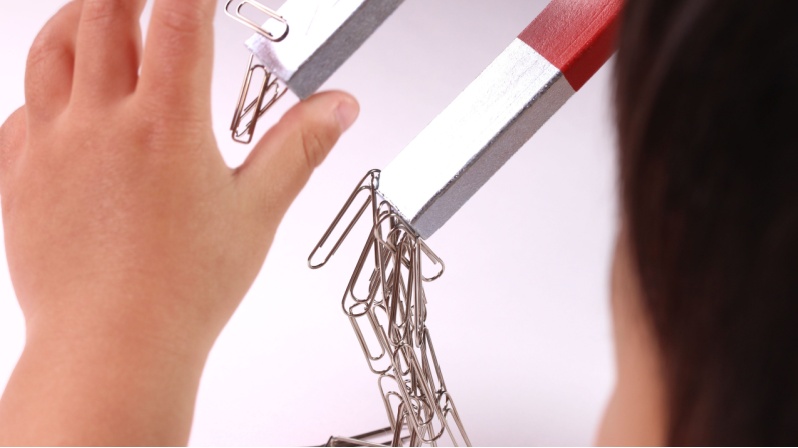
Loose Parts Play
Fill a bin with all sorts of random, kid-safe items: cardboard boxes and cardboard pieces, nuts and bolts, scraps of fabric, smooth wood pieces, styrofoam and bubble wrap, disposable cups and silverware—anything and everything goes, as long as it’s safe and age-appropriate.
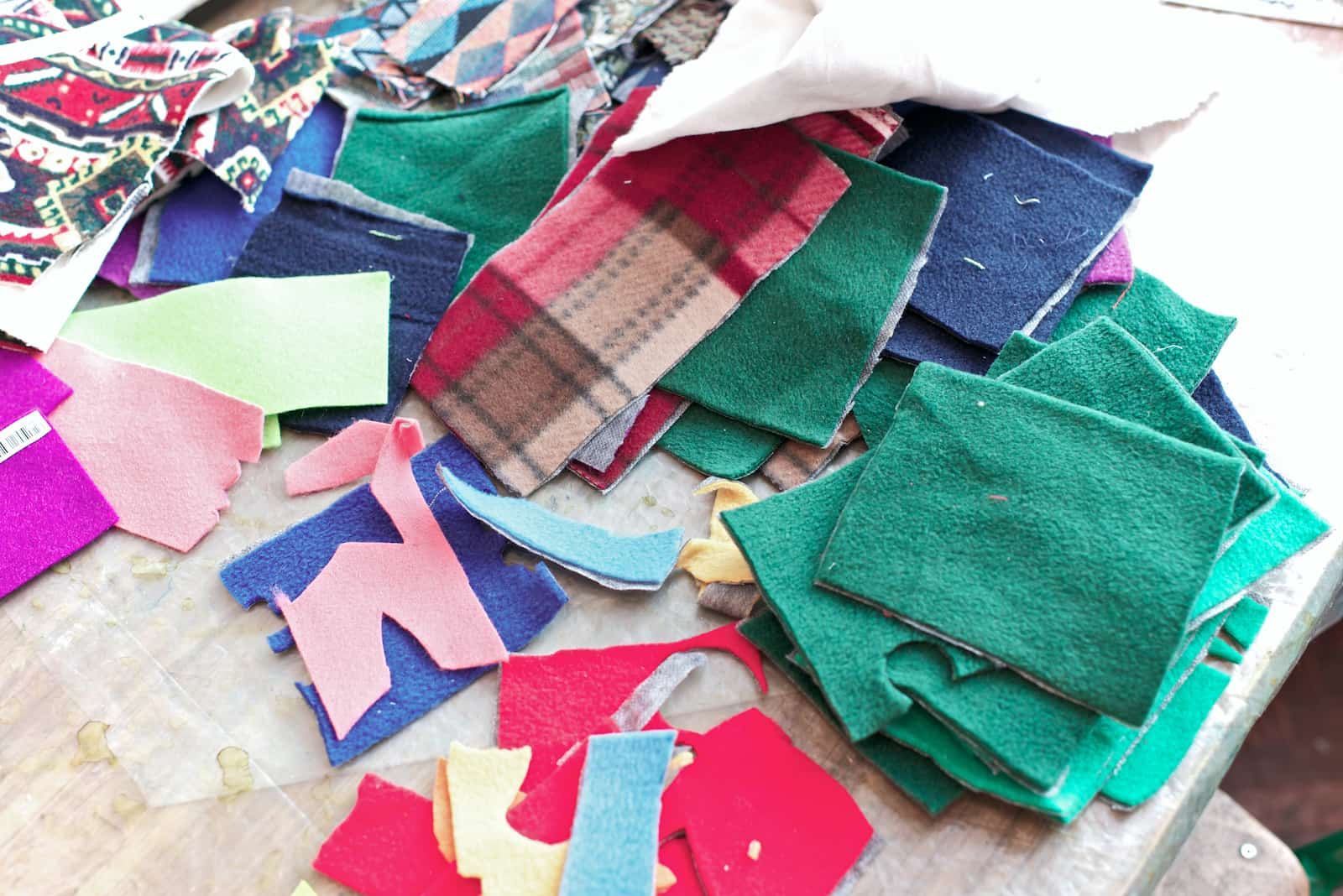
This collection is perfect for unguided experimentation and imaginative play, or you can give kids STEM challenges. For instance, “How tall of a tower can you build with these items?” or “Invent a brand-new machine and explain what it’s for.”
Sensory and Motor Skills Activities
Tweezer Transfer
Round up some toy tweezers, muffin tins or small plastic bowls, and pompoms or small toys. Ask your child to move items from one muffin tin well or bowl to another, using the tweezers instead of their fingers. As they move them, they can also sort them by color, size, or other attributes.
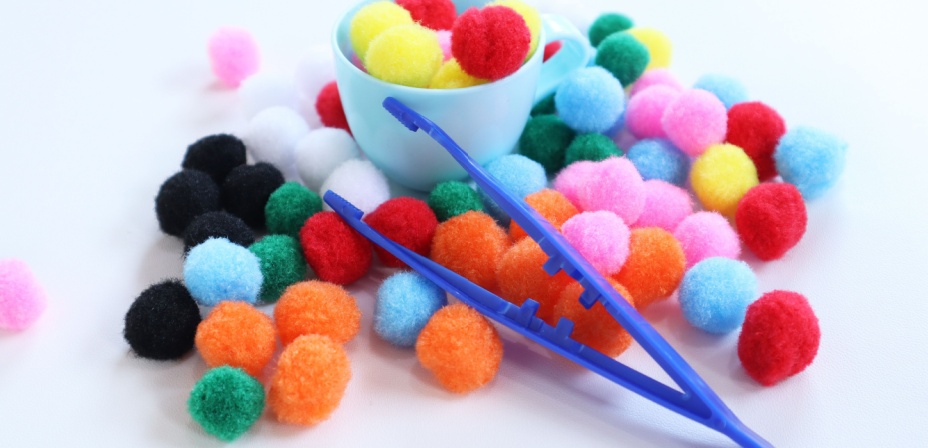
Paper Snowflakes
Scissors skills definitely take some practice to master. Start younger kids off by drawing curved and zigzag lines across scrap paper for them to cut. Show older ones how to fold paper and create their own snowflakes. Since each one is unique—just like real snowflakes—they’ll never get tired of seeing what they can create. You can also teach them how to create paper doll chains, then encourage them to experiment with other designs.
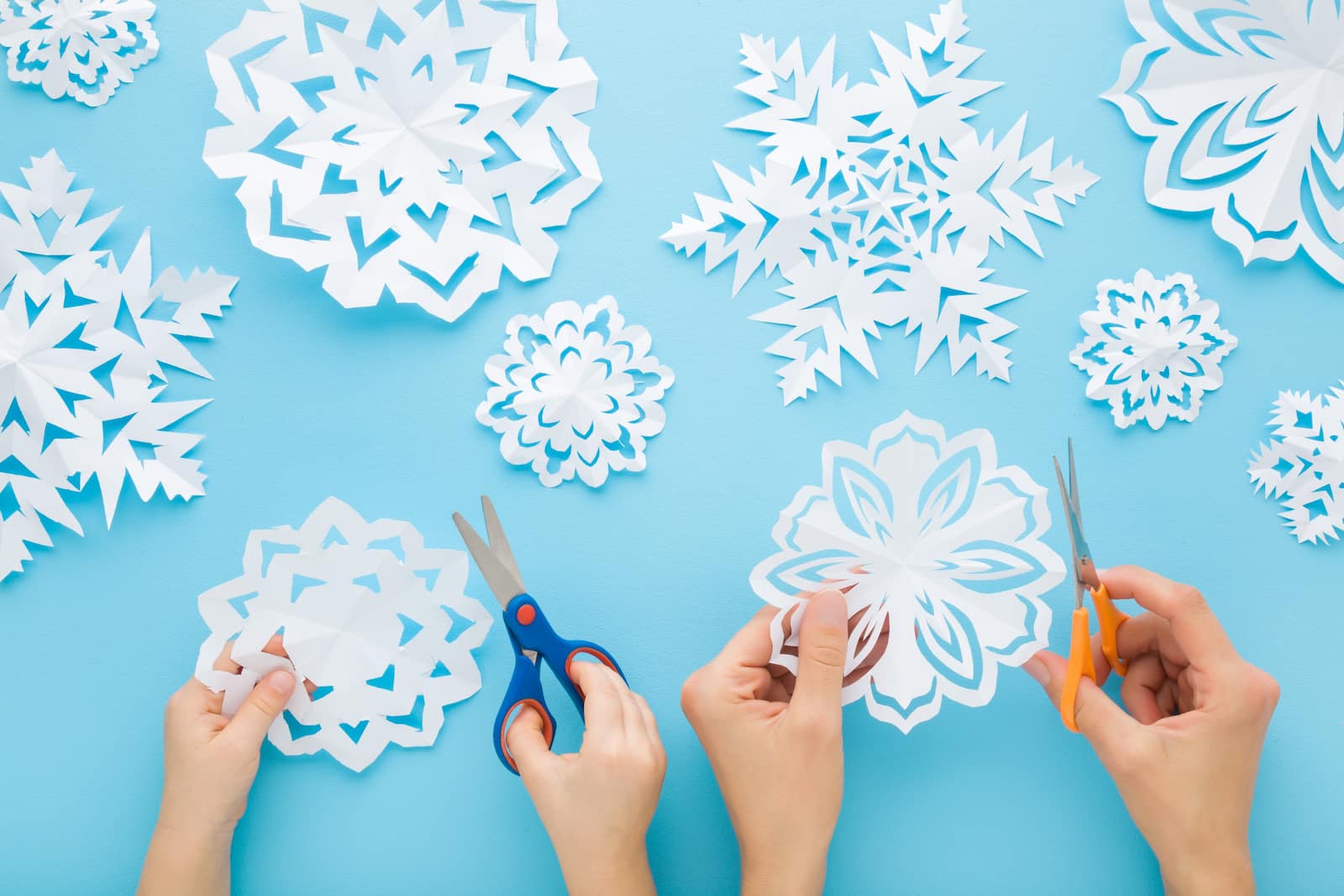
Roll and Move
You’ll need a pair of dice for this play-based learning activity. First, assign a movement to each number 1 to 6. (i.e. 1 = jump, 2 = walk backwards, 3 = spin around, etc.). Then, roll both dice. The number on the left indicates the movement, while the one on the right shows how many times to do it.
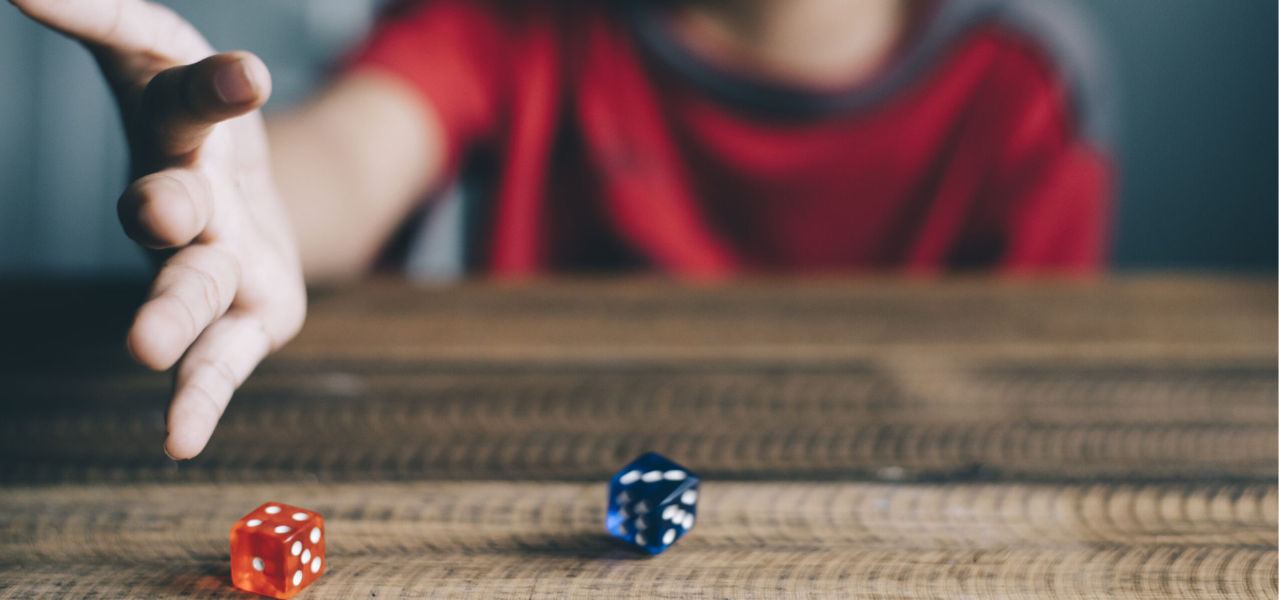
For instance, if you roll a 2 and a 5, walk backwards for five steps. To turn this into a game, set a goal number, like 50. Keep track of the number of jumps, steps, spins, etc. each player takes. The first player to the goal wins!
Sensory Bins
A sensory bin is exactly what it sounds like: a container full of items that stimulate the senses. Common items include rice, beans, sand, water, ice, rocks, beads, dry pasta, shaving cream, or popcorn kernels. Include items for scooping and measuring, like cups and spoons, along with letter and number magnets, or small toys to discover and dig out. Here are a few possible combinations:
- Dirt and pebbles, toy shovels, small buckets, twigs, and toy dinosaurs
- Water, ice cubes, shaving cream, floating toys, measuring cups, funnels
- Rice, popcorn kernels, beans, letter and number beads, forks and spoons
- Practice letter recognition with an alphabet sensory bin
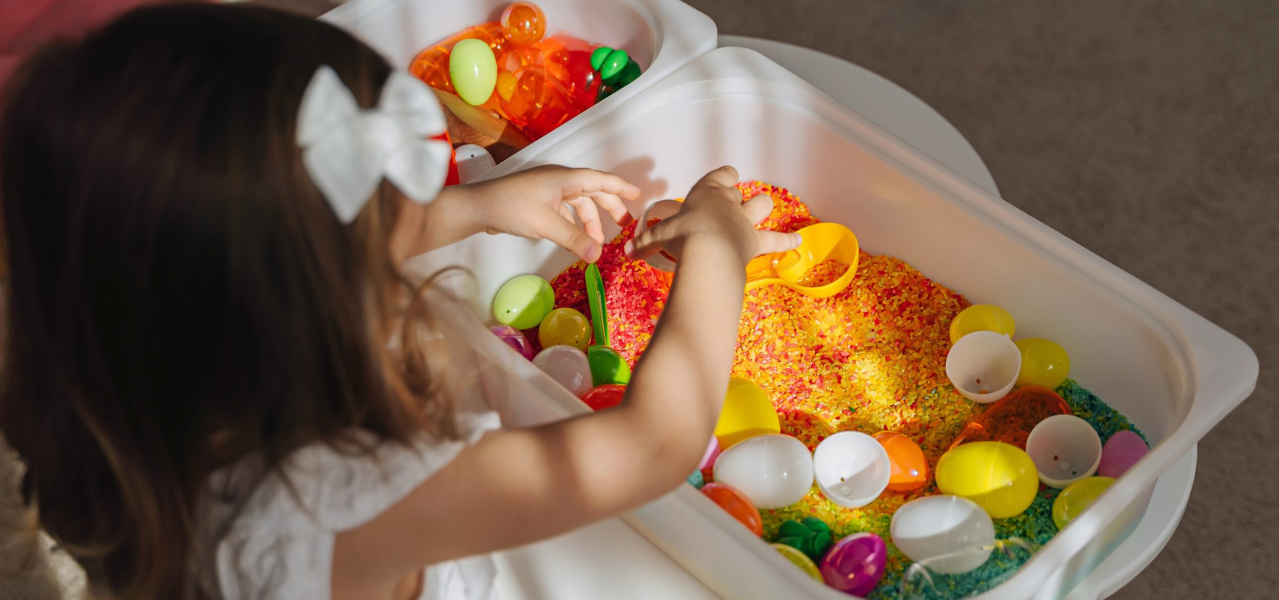
Obstacle Course
A DIY obstacle course can use anything and everything at hand! Jump across stepping stones, balance along a fallen log, climb steps and hop back down, weave in and out among stuffed animals … just use whatever you can find and your creativity. Kids can race each other, try to beat their own best time, or simply enjoy creating new courses to tackle.
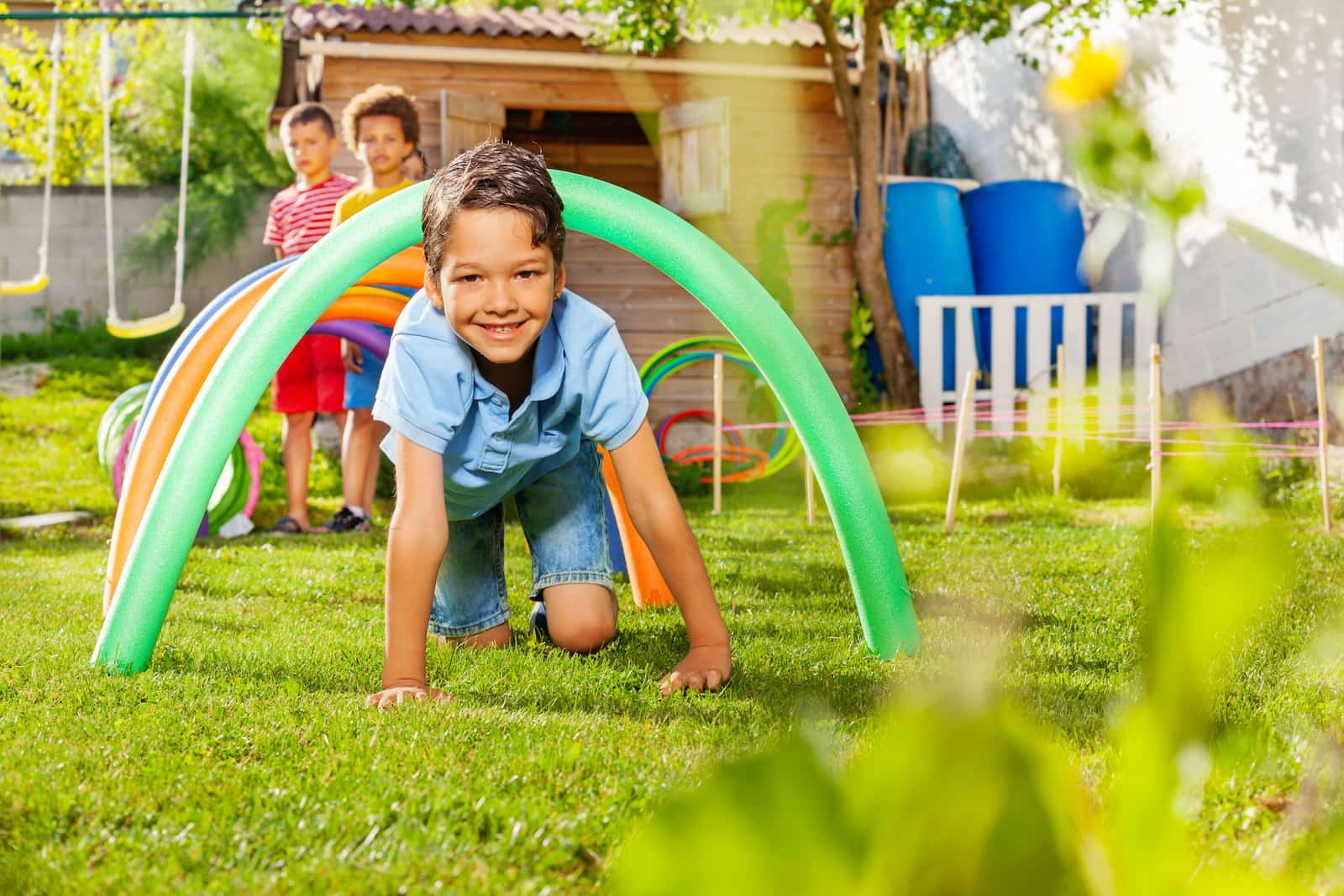
Dramatic and Pretend Play Ideas
Restaurant Role Play
This is the kind of make-believe play that lets kids practice a lot of real-life skills. Taking orders and interacting with “customers” builds social skills. Creating a menu and “preparing” meals incorporates creativity and motor skills. Kids can even make trips to the “grocery store” to buy what they need.
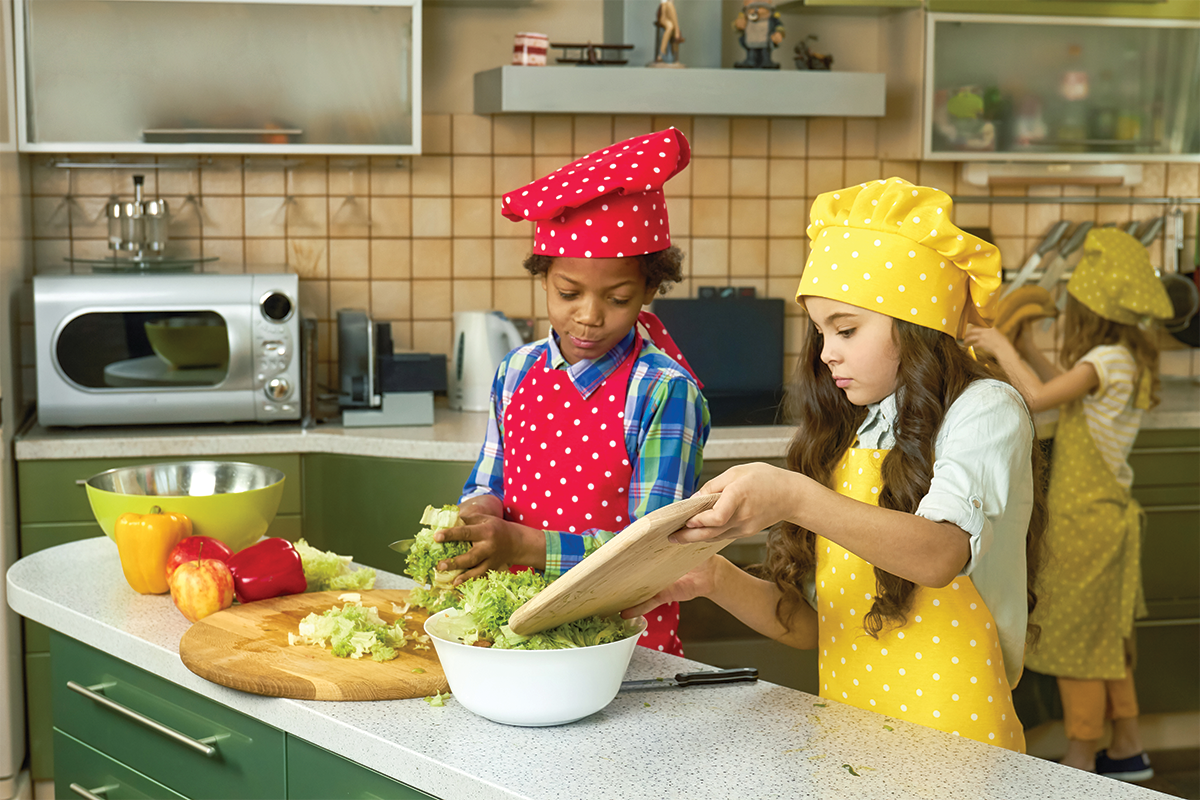
Add in math practice by creating a bill at the end of the meal. Want to make the experience even more meaningful? Let your child take everyone’s “orders” at the dinner table and bring them their actual food!
Dress Up Box
Every kid should have a box full of clothes, shoes, hats, and other accessories to help spark their creativity during imaginative play. Look for fun finds at yard sales and thrift stores, and be sure to stash old Halloween costumes in there too.
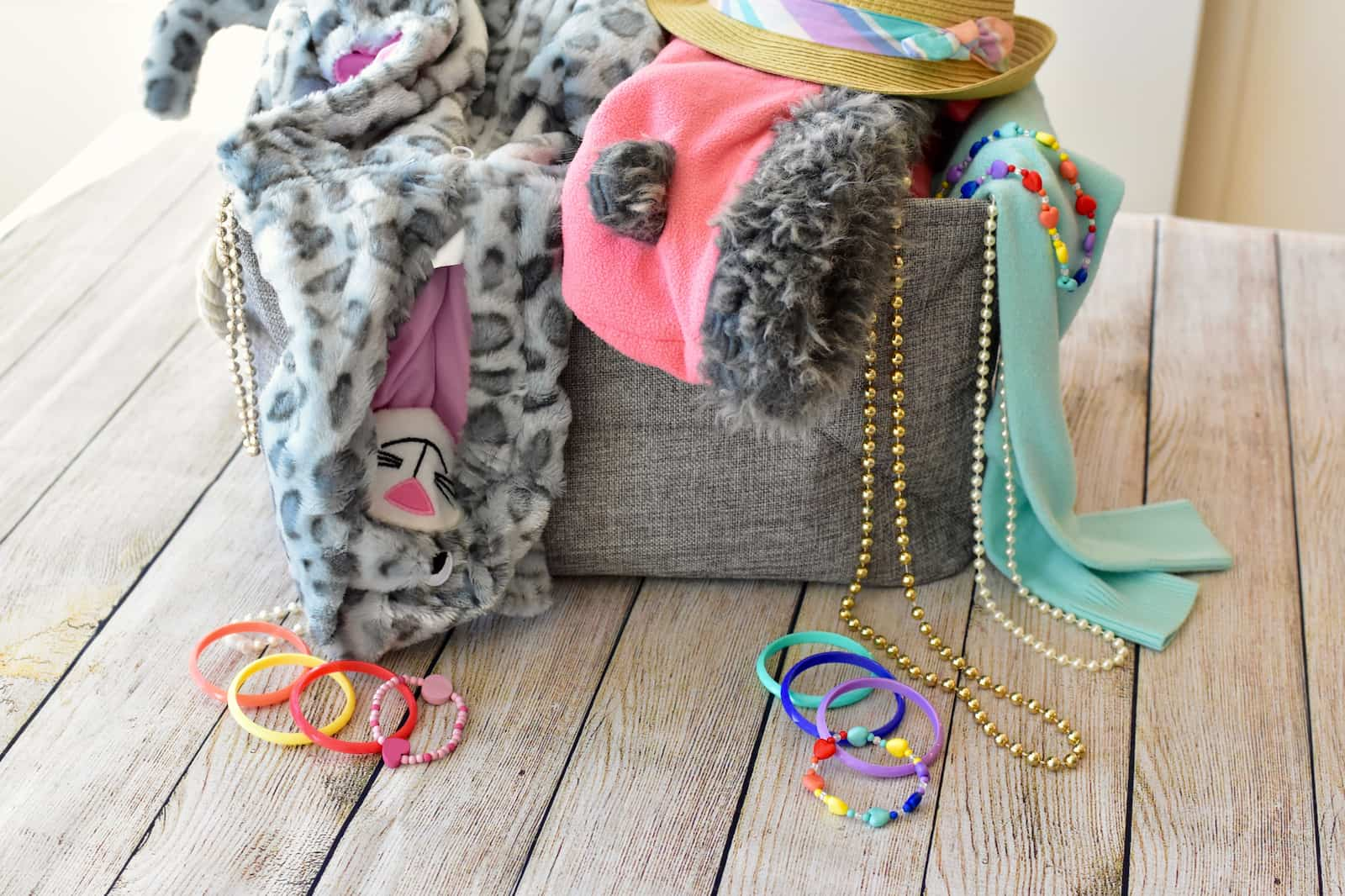
And Then … Storytelling Game
For some kids, making up stories comes easily. Others, though, may have trouble coming up with ideas. Try this storytelling game to help them get started. Start a story, such as: “Once upon a time, a dragon and a chicken met up in the woods, where they were picking blackberries.
They both reached for the same berry at the same time, and then …” Your child continues the tale from there. When they get stuck, give them another short prompt ending with “and then …” to help move the story along.
Toy Animal Zoo
Set up a zoo in your living room or backyard! Do some research and give each stuffed or toy animal its own “habitat.” Make informative signs for each display based on your research. Then, dress as zoo guides or zoologists and offer a tour to guests.
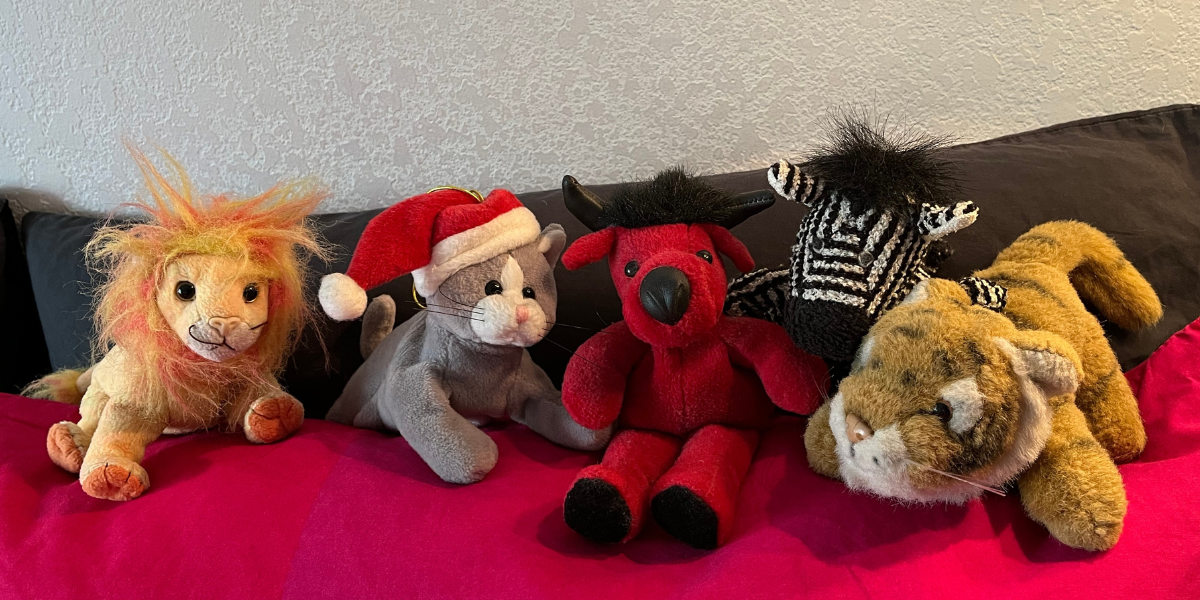
Home Library
Turn your own book collection into a working library! Draw barcode stickers on (removable) adhesive labels, and organize your books into sections like those at the library. Set up a table with a “checkout scanner”, create a few cozy reading nooks, then invite folks in to browse, read, and “check out” books.
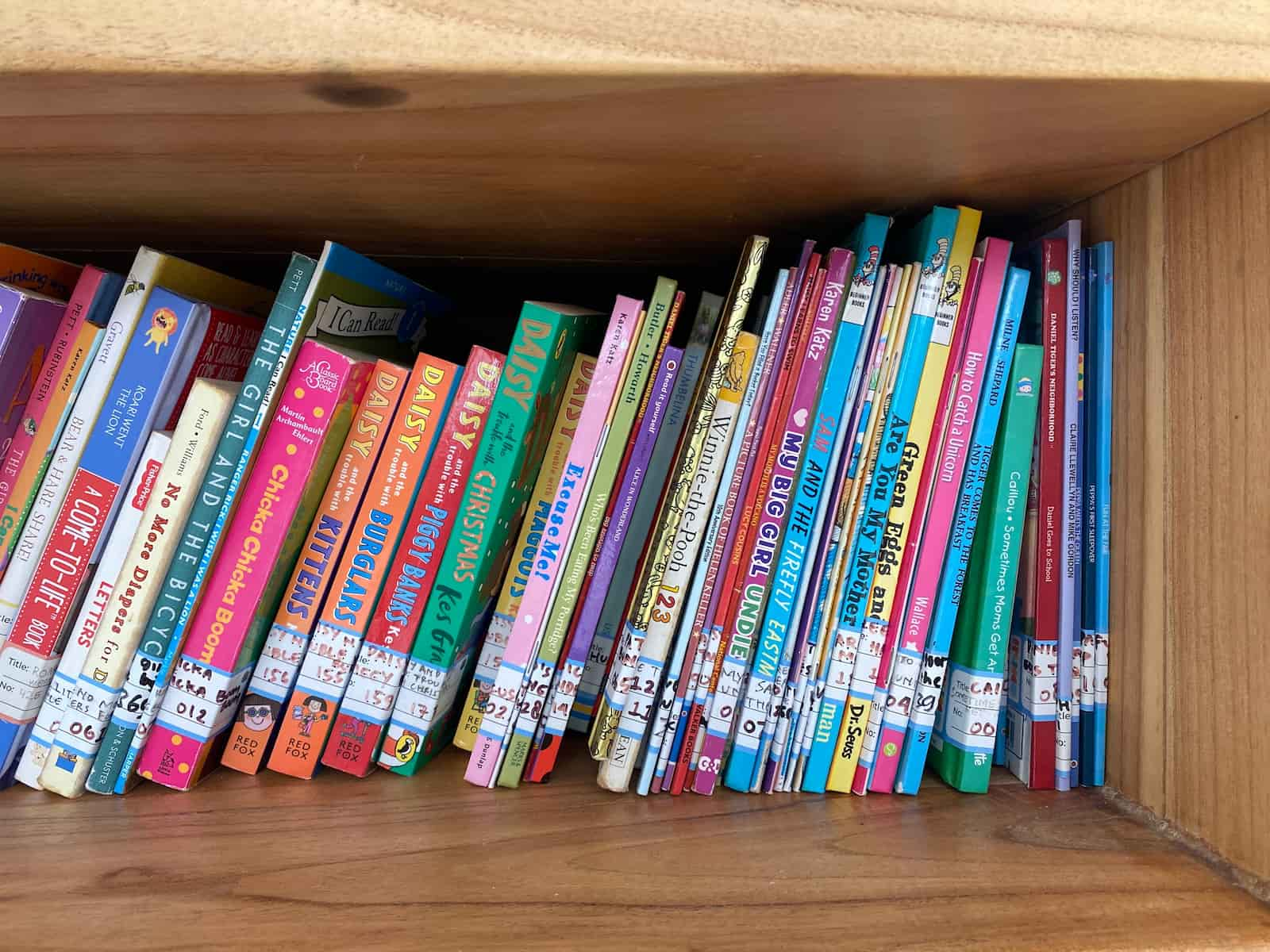
Tips for Parents and Teachers Using These Activities
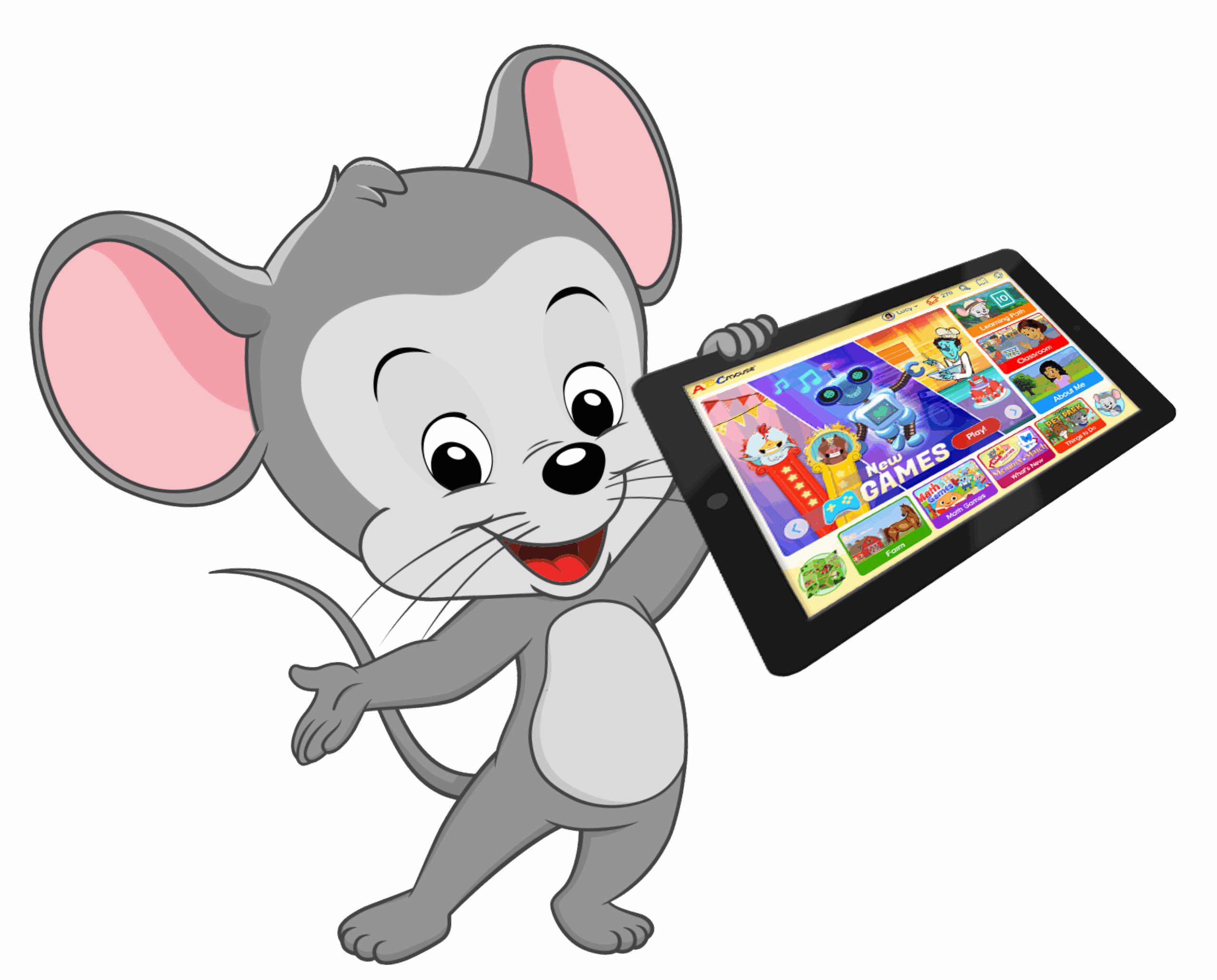
Do: Let your child take the lead.
Don’t: Try to control the game.
You can provide ideas for play-based learning, along with some supplies and parameters. But once the play gets going, resist the urge to steer the play in any particular direction. When kids are young, they’re learning something from almost everything they do. So even if the game isn’t exactly what you expected, as long as it’s safe, embrace it and play along.
Do: Encourage creative thinking.
Don’t: Focus on “right answers” or the “right way” to do it.
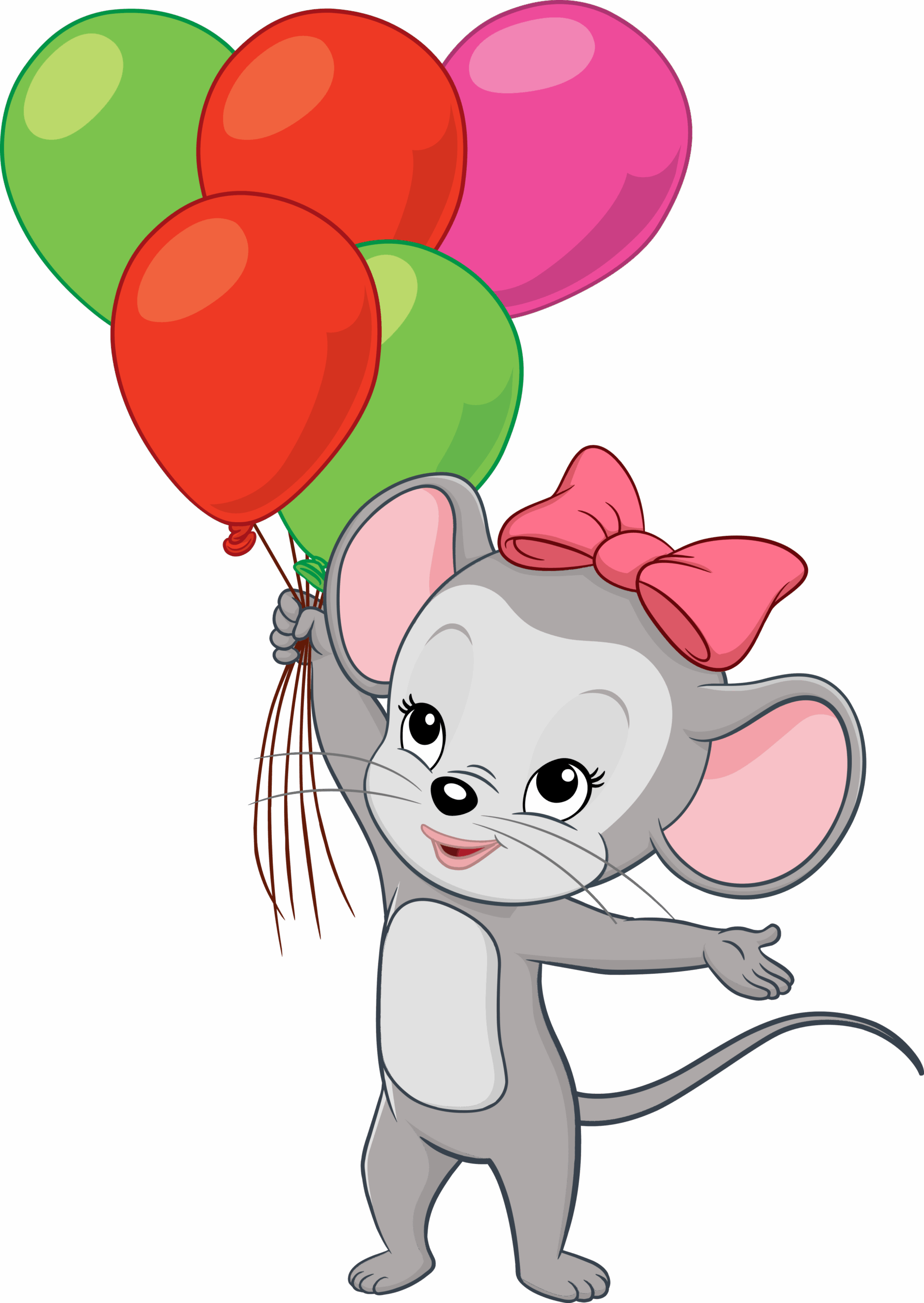
If you give kids a challenge, let them come up with their own way to solve the problem. For example, when playing a board game, children often make up their own rules. As long as everyone in the game agrees to play that way, that’s okay! Worry less about “the instructions say to do this” and more about having fun and trying something new.
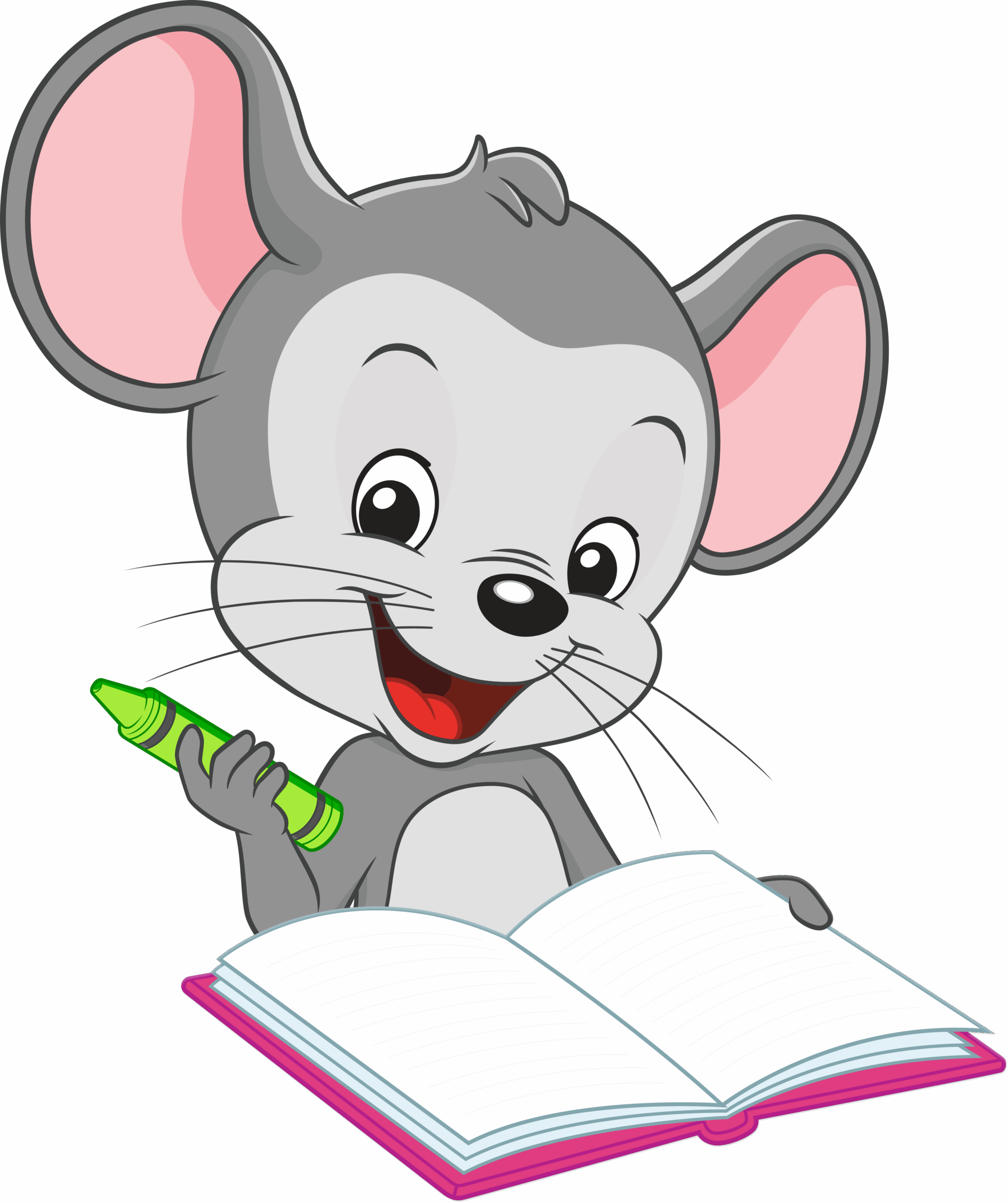
Do: Let them try and fail.
Don’t: Say, “Here, let me do that for you.”
It’s so tempting to help kids with a task, but when we do, we risk sending the message that they can’t or don’t need to learn to do it themselves. When you give your child a new toy or gadget, let them experiment with it for a bit, no guidance provided.
Over time, they’ll work out how to get it started, how to get the lid off, or how to put the pieces together all on their own. Discovering something for themselves makes them much more likely to remember how to do it later.
Do: Ask open-ended questions about their experiences.
Don’t: Test their knowledge constantly.
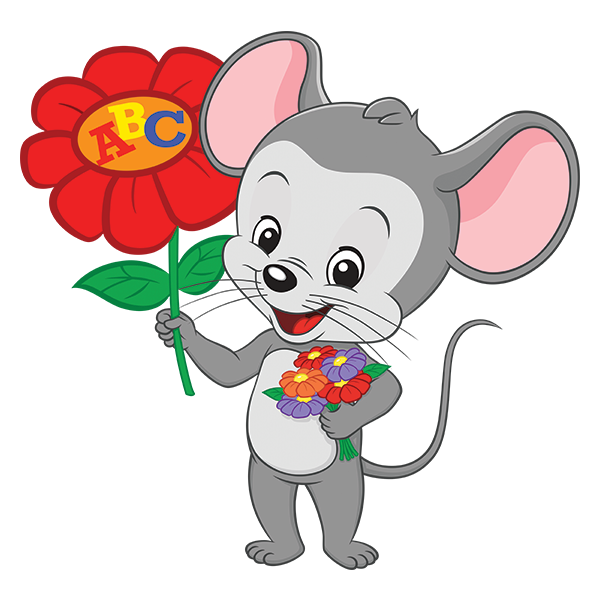
For some play-based learning games, you’ll need to ask very targeted questions, like “Who has the least number of cards left?” or “Which one of these has 7 dots?” But more authentic learning comes from open-ended questions, like “What do all these things have in common?” or “What made you try doing it that way?”
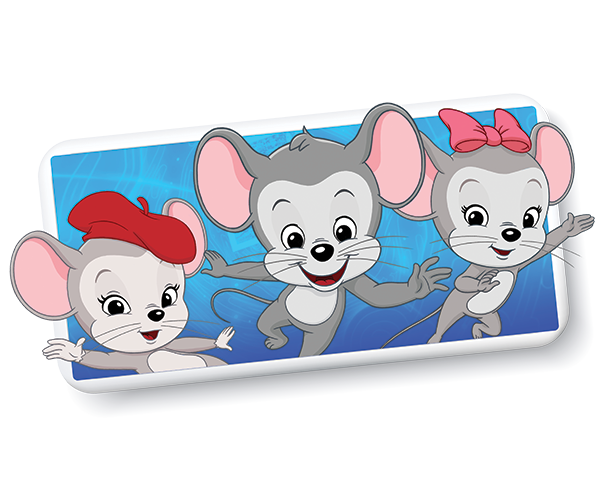
Do: Believe your child learns through all sorts of play.
Don’t: Fill your child’s time with too many structured activities.
Team sports, music lessons, games with lots of rules—there are benefits to all of these types of play and learning. But unstructured play encourages creative thinking and problem solving and builds a strong sense of independence too. Make time for both structured and unstructured play in your child’s schedule.
Do: Provide simple toys and items that encourage creativity.
Don’t: Restrict their toys and games to those “designed for learning.”
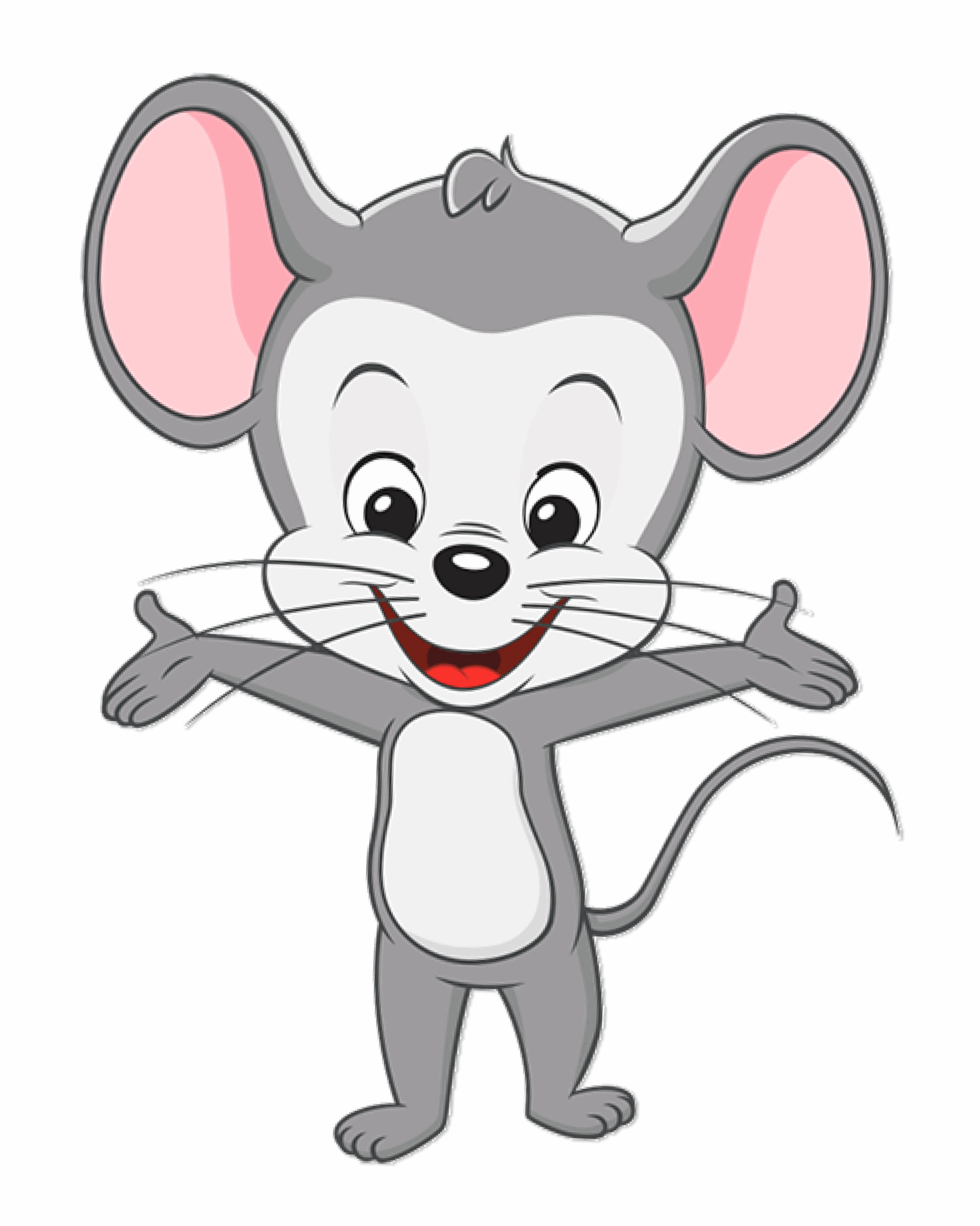
Learning toys and games definitely have their place. But pretty much any toy, game, or kid-friendly item can lead to learning opportunities. A box of pipe cleaners and beads allows for all sorts of imaginative play, from making shapes to designing jewelry to creating patterns and more. A stack of newspapers and masking tape can become just about anything when combined with a strong imagination. Here are some more play-based learning items to keep in your rotation:
- Building blocks of all kinds
- Cardboard boxes and tubes
- Art supplies
- Yarn, rope, and fabric scraps
- Kid-friendly tools (knives made to cut cardboard but not skin, etc.)
- Small pieces of styrofoam and wood
- Empty containers, with and without lids
- Finger puppets, dolls, and figurines
- Pattern blocks
- Toy food and kitchen supplies
- Magnifying glass, binoculars, and microscopes
- Measuring tools (rulers, tapes, cups, scales, etc.)
Legal Disclaimer: Any information, materials, or links to third-party resources are provided for informational purposes only. We are not affiliated with and do not sponsor/endorse these third parties and bear no responsibility for the accuracy of content on any external site.


100+ Fun Florida Facts Kids Will Love to Learn
(Free Printable List)
Share

Welcome to the Sunshine State, with an average of 237 sunny days each year! Known for oranges, hurricanes, alligators, and DisneyWorld, Florida is an incredible place to explore. Learn all about it with interesting Florida facts on history, geography, and wildlife, plus find maps and other helpful illustrations.
Get all this information in one place with our free Florida facts printable. Use it in the classroom with students or to prep for a visit to this beautiful state!

FLORIDA STATE FACTS
State Nickname:
Sunshine State
Date of Statehood:
March 3, 1845
State Capital:
Tallahassee
State Animal:
Florida Panther
State Motto:
In God We Trust
State Beverage:
Orange Juice
State Wildflower:
Coreopsis
State Reptile:
American Alligator
State Butterfly:
Zebra Longwing
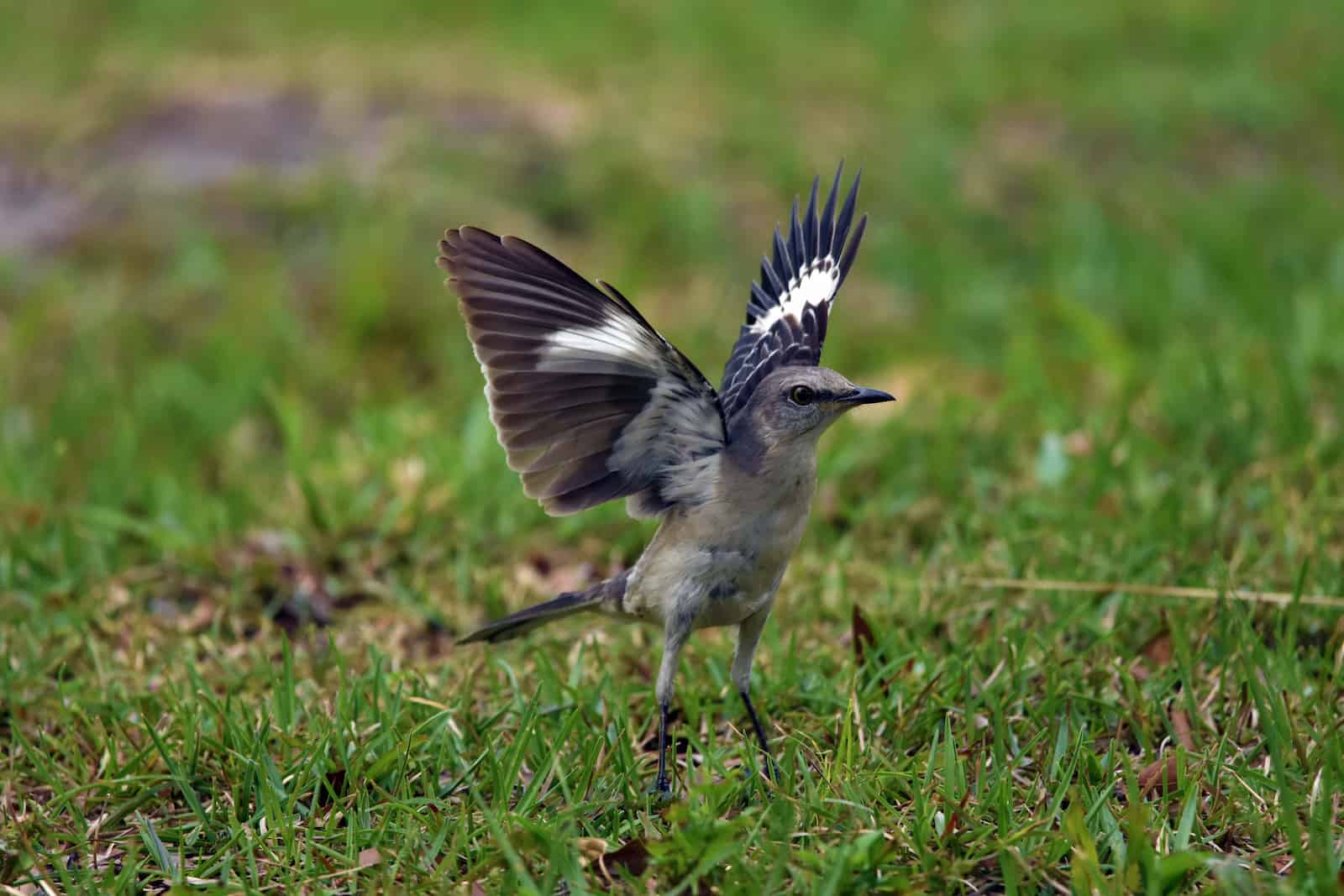
State Bird: Mockingbird

State Flower: Orange Blossom

State Tree: Sabal Palm

State Flag:
Flag of Florida
?
DID YOU KNOW?
Florida’s flag was originally just the state seal on a white background. In the late 1890s, a red saltire—also known as St. Andrew’s Cross—was added so the flag wouldn’t resemble a white flag of truce when hanging still. The design was officially adopted by the Florida legislature in 1900.

FUN FACTS ABOUT FLORIDA
Fun Fact #1:
Florida ranks #26 in size among U.S. states, at 53,997 square miles.
Fun Fact #2:
St. Augustine, Florida is the oldest city in the United States—it’s been continuously occupied since 1565. This beats Jamestown by 42 years, and the Plymouth Rock Pilgrims by 55 years.

Lake Boca Raton during a storm.
Fun Fact #3:
Florida is known as the lightning capital of the United States, with an average of 1.2 million lightning strikes annually.

Jacksonville, Florida
Fun Fact #4:
The largest cities in Florida are Jacksonville, which has nearly a million people, followed by Miami, Tampa, and Orlando.

Crocodiles in the Everglades
Fun Fact #5:
Florida is the only place in the world where alligators and crocodiles live side-by-side. While the American alligator can be found in freshwater throughout Florida, the American crocodile mainly lives in south Florida, in brackish and saltwater. They coexist in Florida’s brackish water.

Redington Beach Florida
Fun Fact #6:
The Spaniards first called Florida La Florida, which means “place of flowers.”
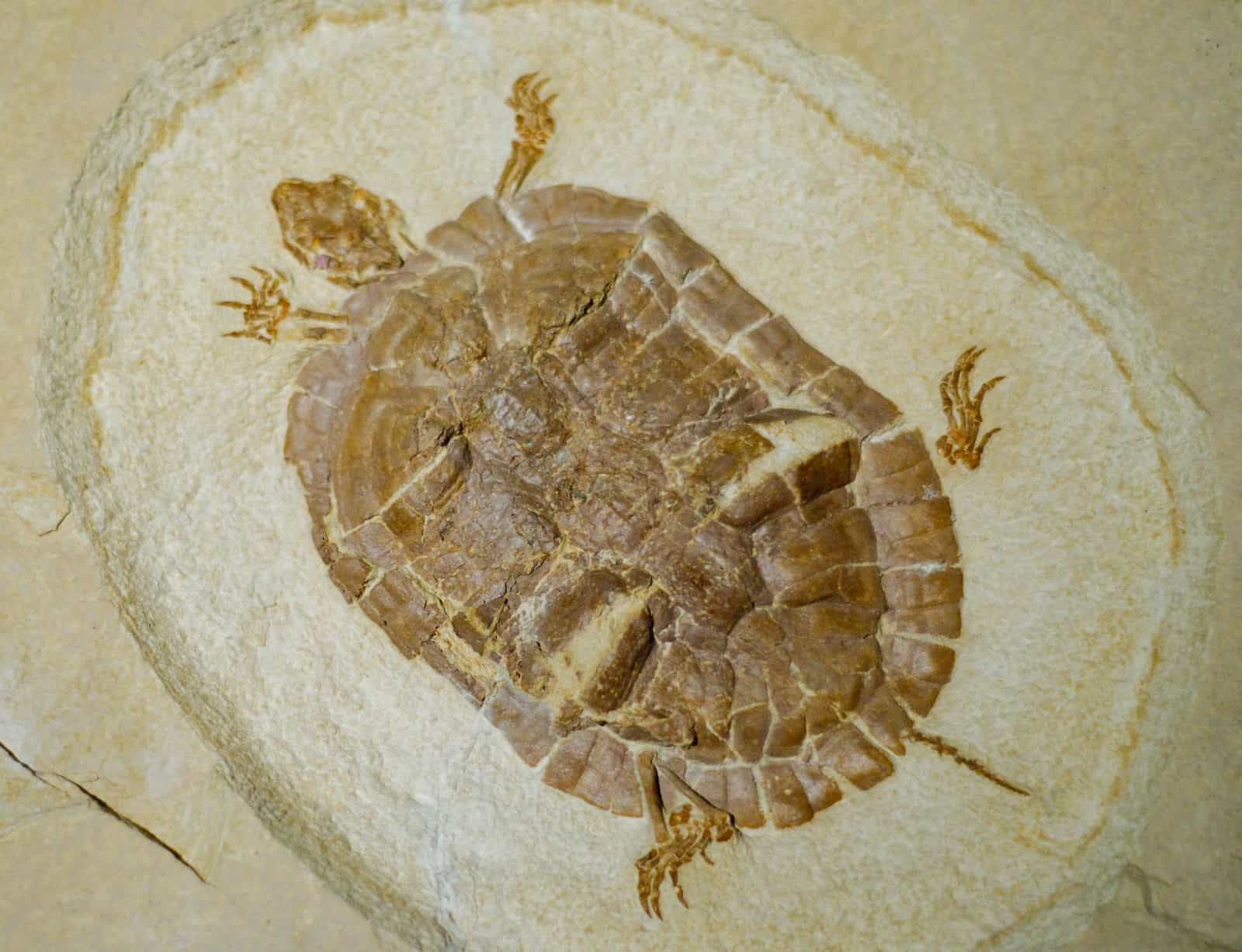
Turtle Fossilized in Sandstone
Fun Fact #7:
Florida has plenty of fossils, but none of them are of dinosaurs. During the age of the dinosaurs, Florida was completely underwater. The oldest fossil found in the state is of a sea turtle, from 100 million years ago.
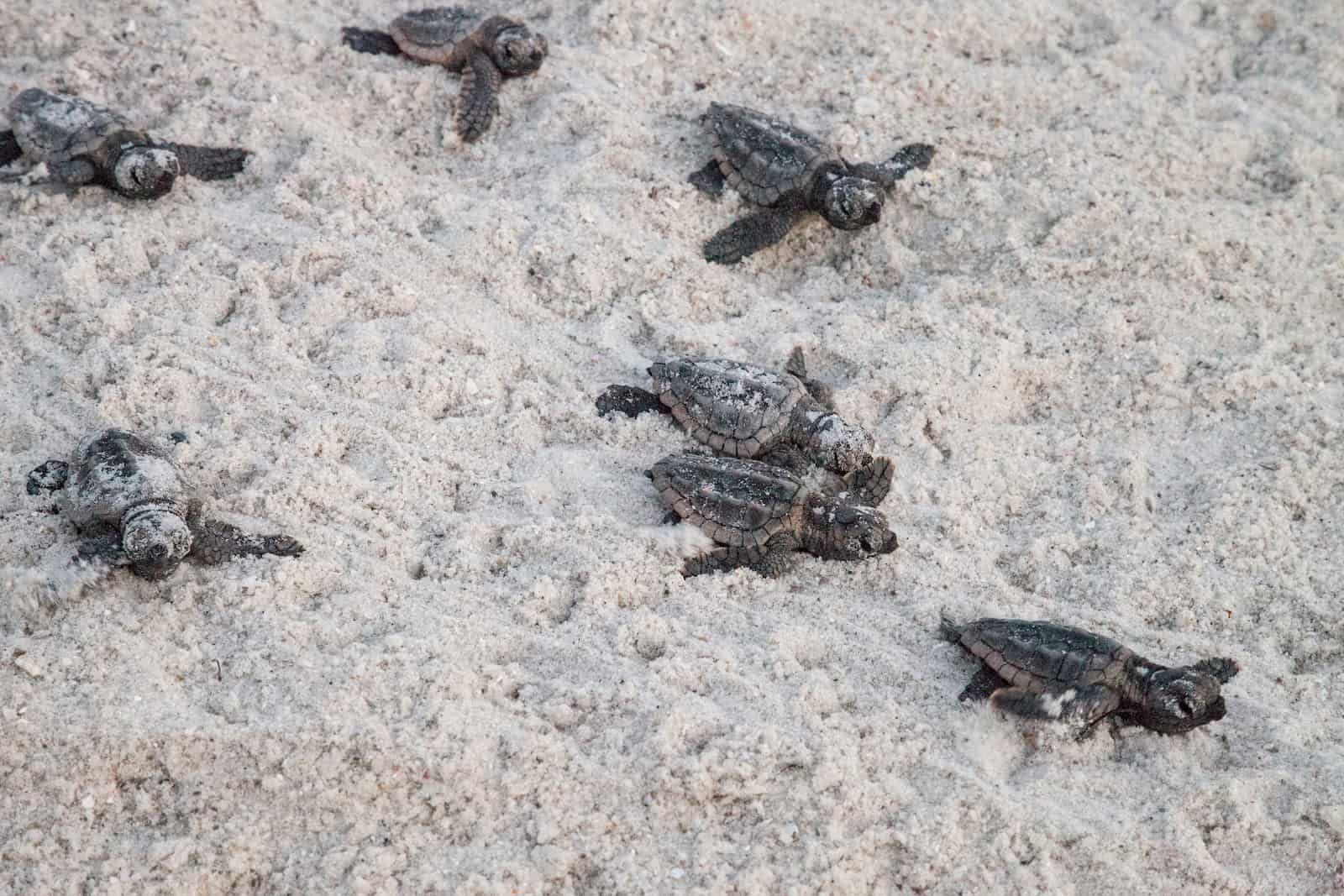
Baby Loggerhead Sea Turtles
Fun Fact #8:
Today, sea turtles still love Florida! Three different species regularly crawl ashore here to lay their eggs on its sandy beaches: loggerheads, leatherbacks, and green turtles. (A few Kemp’s ridley and hawksbill turtles nest here too.)

Falcon 9 Launch in Cape Canaveral
Fun Fact #9:
Florida’s major industries include tourism and agriculture. The state is also known for aviation and aerospace, with many rocket launches happening from Kennedy Space Center and nearby Cape Canaveral Air Force Base.
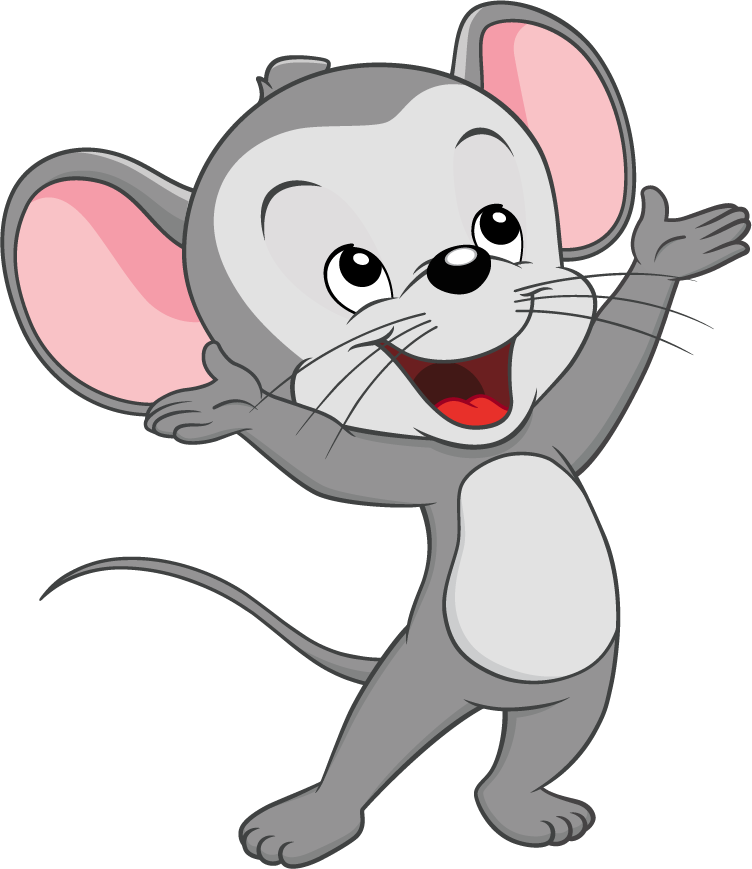
Fun Fact #10:
Did you know that it actually snowed in Florida in 1977? People in Miami saw snowflakes for the first time ever—it was so rare that some kids thought it was sugar falling from the sky!

FLORIDA GEOGRAPHY FACTS
Regions:
Coastal Plains, Central Highlands, Florida Everglades, Panhandle, Florida Keys
Climate:
Humid subtropical to tropical
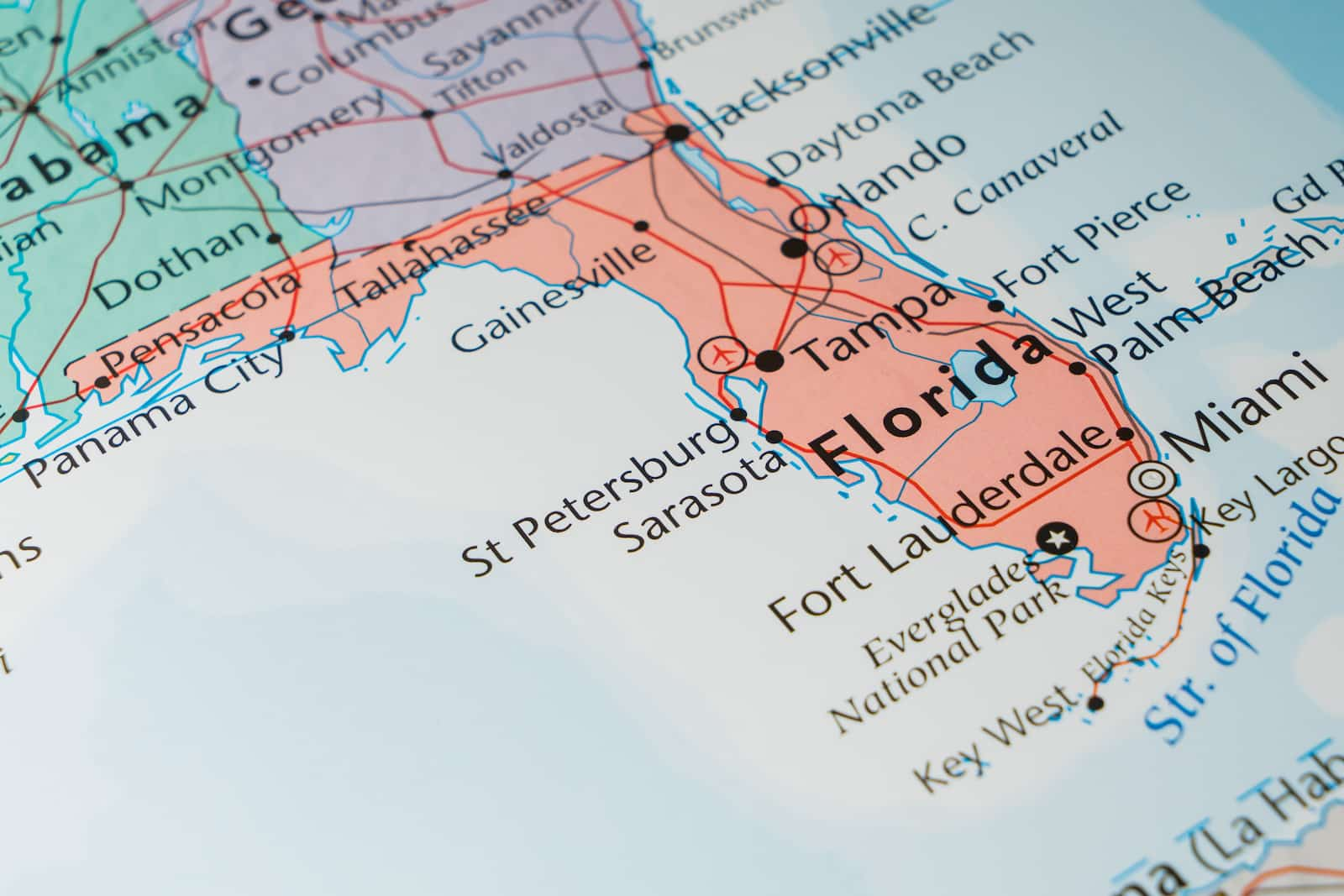
Location:
Florida is bordered by Georgia and Alabama to the north, the Atlantic Ocean to the east, the Gulf of Mexico to the west, and the Straits of Florida to the south.

Entrance to Walt Disney World
Landmarks:
DisneyWorld, Kennedy Space Center, South Beach, Castillo de San Marcos, Seven Mile Bridge, Sunshine Skyway Bridge, Ocala National Forest, Weeki Wachee Springs, Florida Reef

Coral Reef in Biscayne National Park
National Parks:
Everglades National Park, Biscayne National Park, Dry Tortugas National Park

Aerial View of Key West
Florida Keys:
This curved chain of small islands stretches 225 miles from the southern tip of Florida’s mainland to the Dry Tortugas in the Gulf of Mexico. Key West, at its lower end, is the southernmost point in the United States.

Sarasota Florida
Ocean Front:
Florida has the second longest coastline (after Alaska) in the U.S. When you add in all the islands, inlets, and bays, the coastline totals 8,436 miles!

St John’s River, Deland Florida
River Systems:
The longest river in Florida is the St. John’s River, which stretches nearly 300 miles. There are nearly 26,000 miles of rivers in the state. Other major river systems include the Suwanee, Apalachicola, Peace, Withlacooche, St. Mary’s, and Ocklawaha.

Sunset on Lake Okeechobee
Lakes:
Florida’s largest freshwater lake is Okeechobee. It’s about 35 miles long and is the third largest freshwater lake contained entirely inside the U.S. Okeechobee is the Hitchiti Indian name for “big water.”

Everglades Swamp
Florida Everglades:
The Florida Everglades is a vast wetland ecosystem in southern Florida, filled with sawgrass marshes, mangroves, and diverse wildlife. Though sometimes called a swamp, the water here is actually always on the move (though very slowly) toward the south—a phenomenon known as “sheet flow.”

Garden path in Iron Mountain
Highest Point:
Britton Hill on the Lake Wales Ridge is 345 feet above sea level. It’s the lowest “highest point” of any state in the U.S.

FLORIDA WILDLIFE & NATURE FACTS
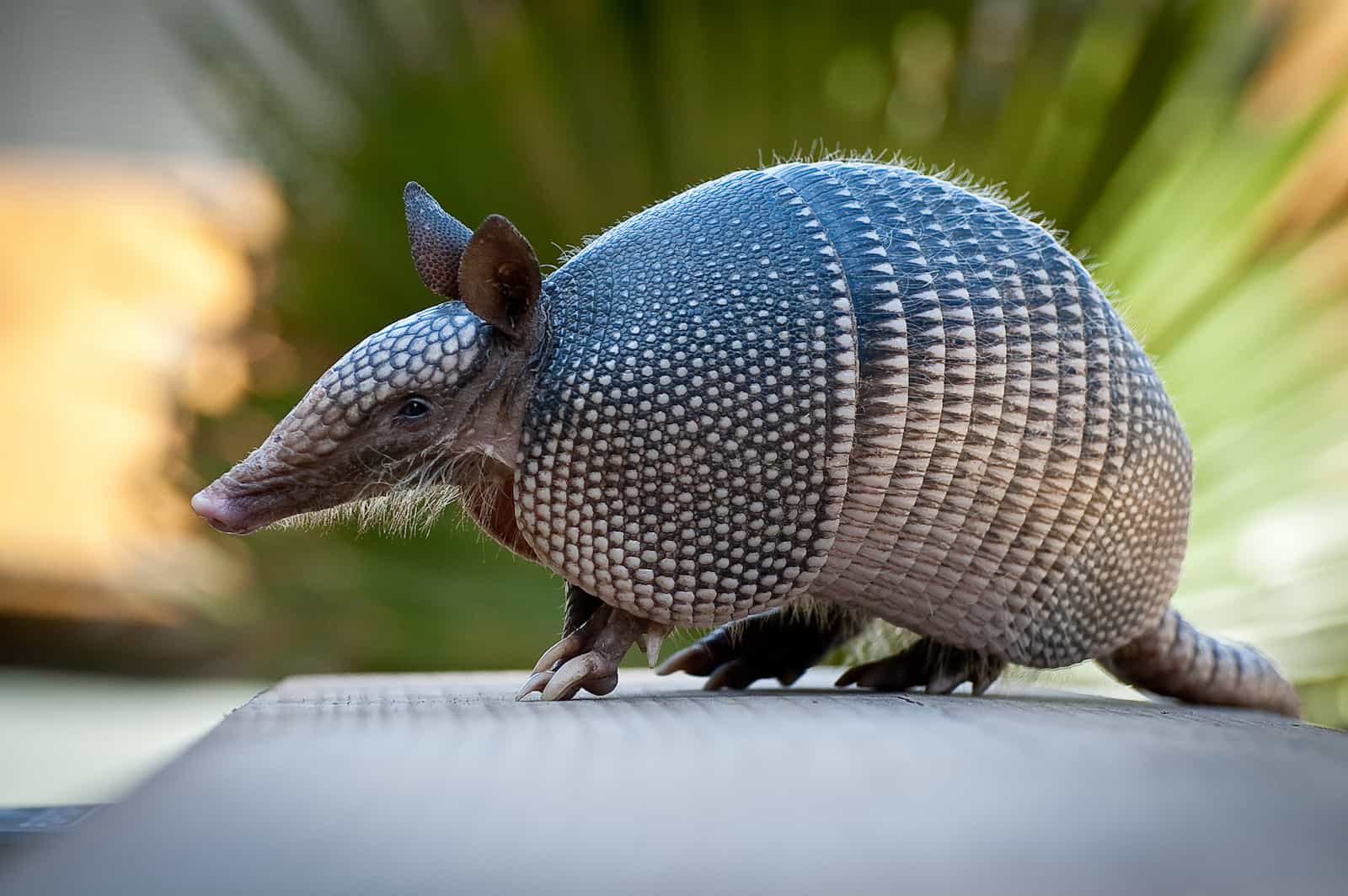
Nine-Banded Armadillo
Common Mammals:
White-tailed deer, marsh rabbit, nine-banded armadillo, eastern gray squirrel, bobcat, cotton mouse, Virginia opossum, striped skunk, raccoon, bottlenose dolphin
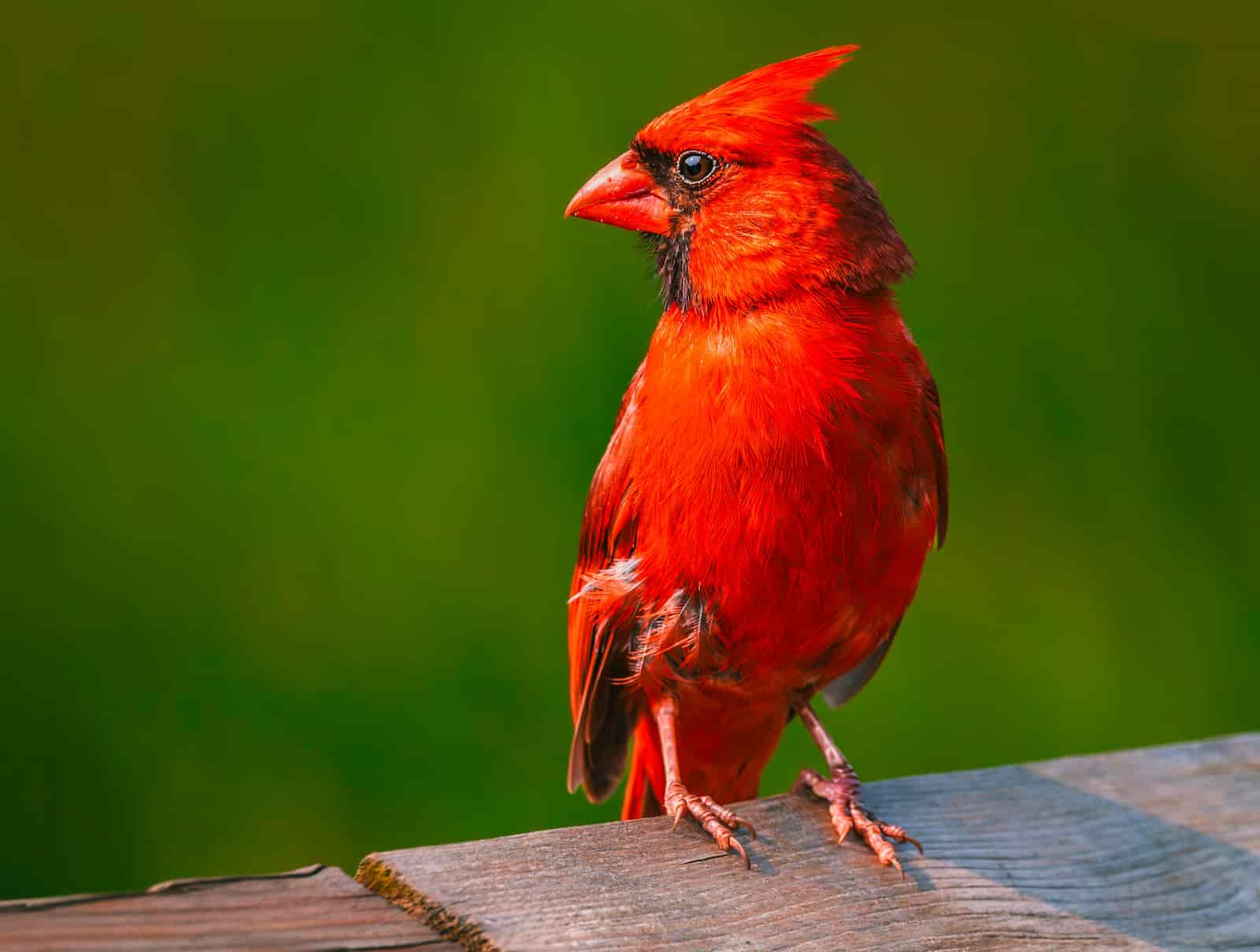
Northern Cardinal
Common Birds:
Northern cardinal, red-bellied woodpecker, great egret, great blue heron, tricolored heron, bald eagle, osprey, wood stork, anhinga, double-crested cormorant, roseate spoonbill
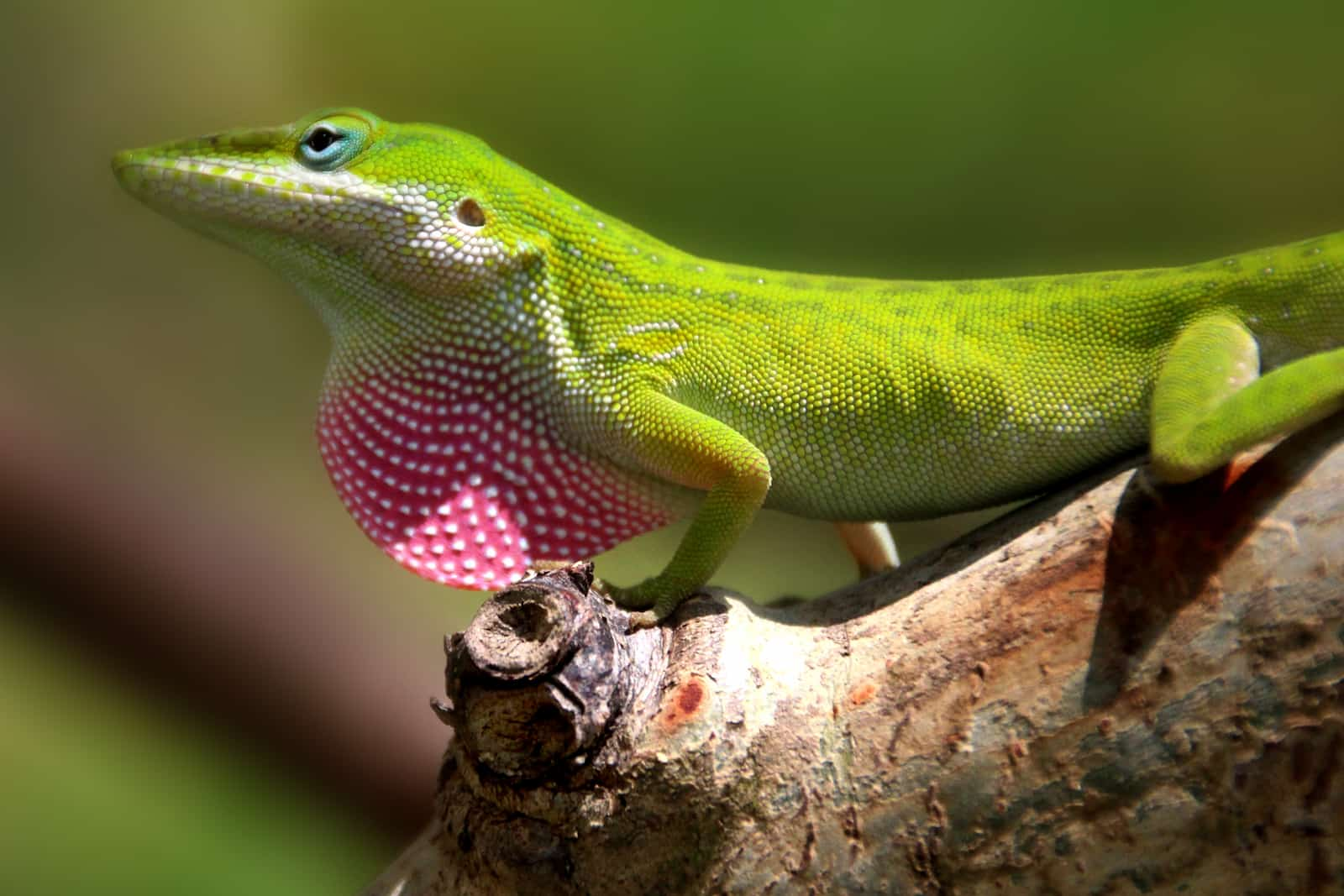
Anolis carolinensis or Green Anole
Common Reptiles and Amphibians:
American alligator, box turtle, gopher tortoise, green anole, southern toad, Florida cottonmouth, American tree frog
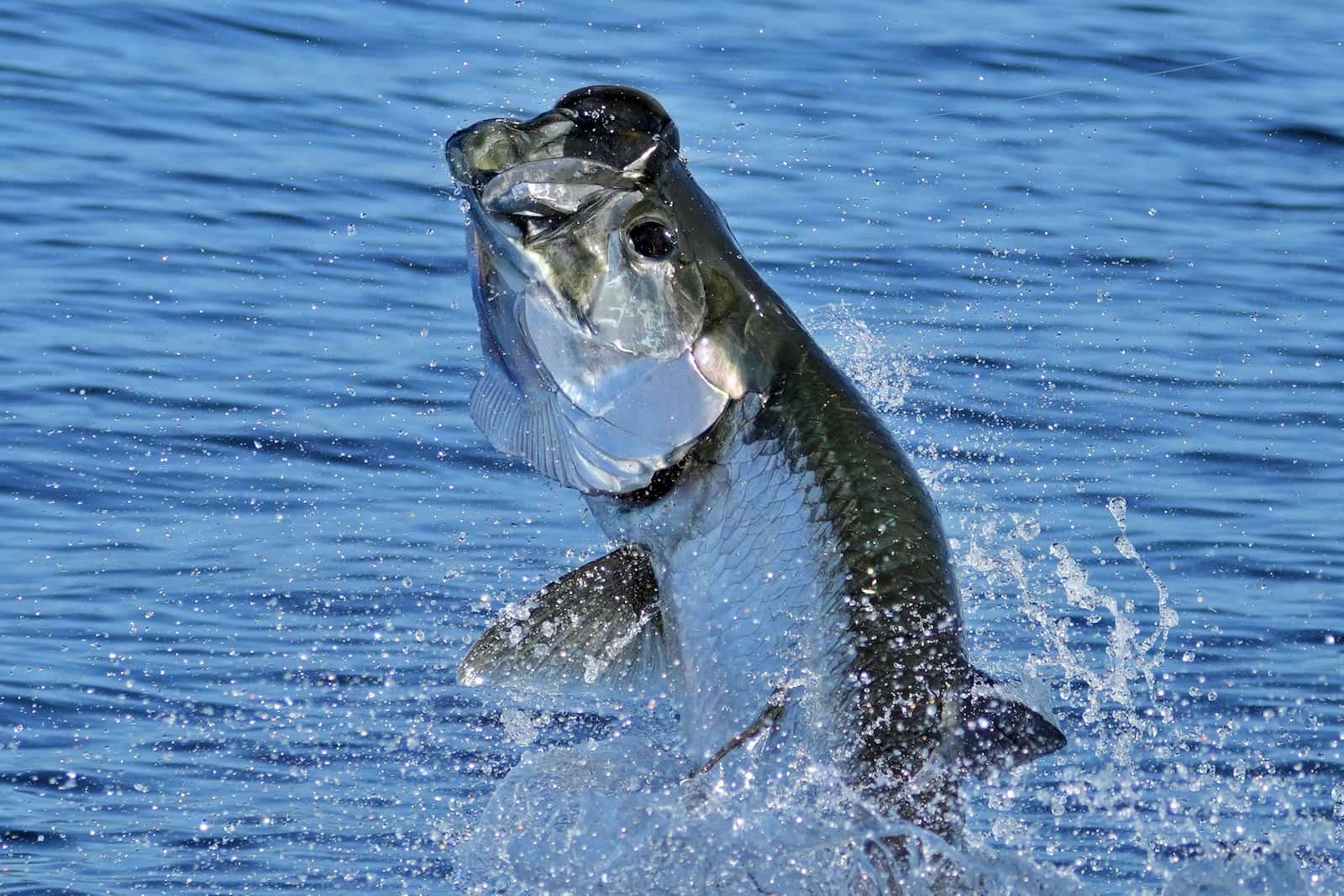
Tarpon Jumping
Common Fish:
Tarpon, Florida gar, snook, red drum, grouper, mangrove snapper, sheepshead, pinfish, blacktip shark, bull shark, tiger shark, hammerhead shark, bonnethead shark

Florida Pine Forest
Common Trees:
Scrub pine, live oak, pin oak, red cypress, sabal palm, coconut palm, southern magnolia, bald cypress, longleaf pine, wax myrtle
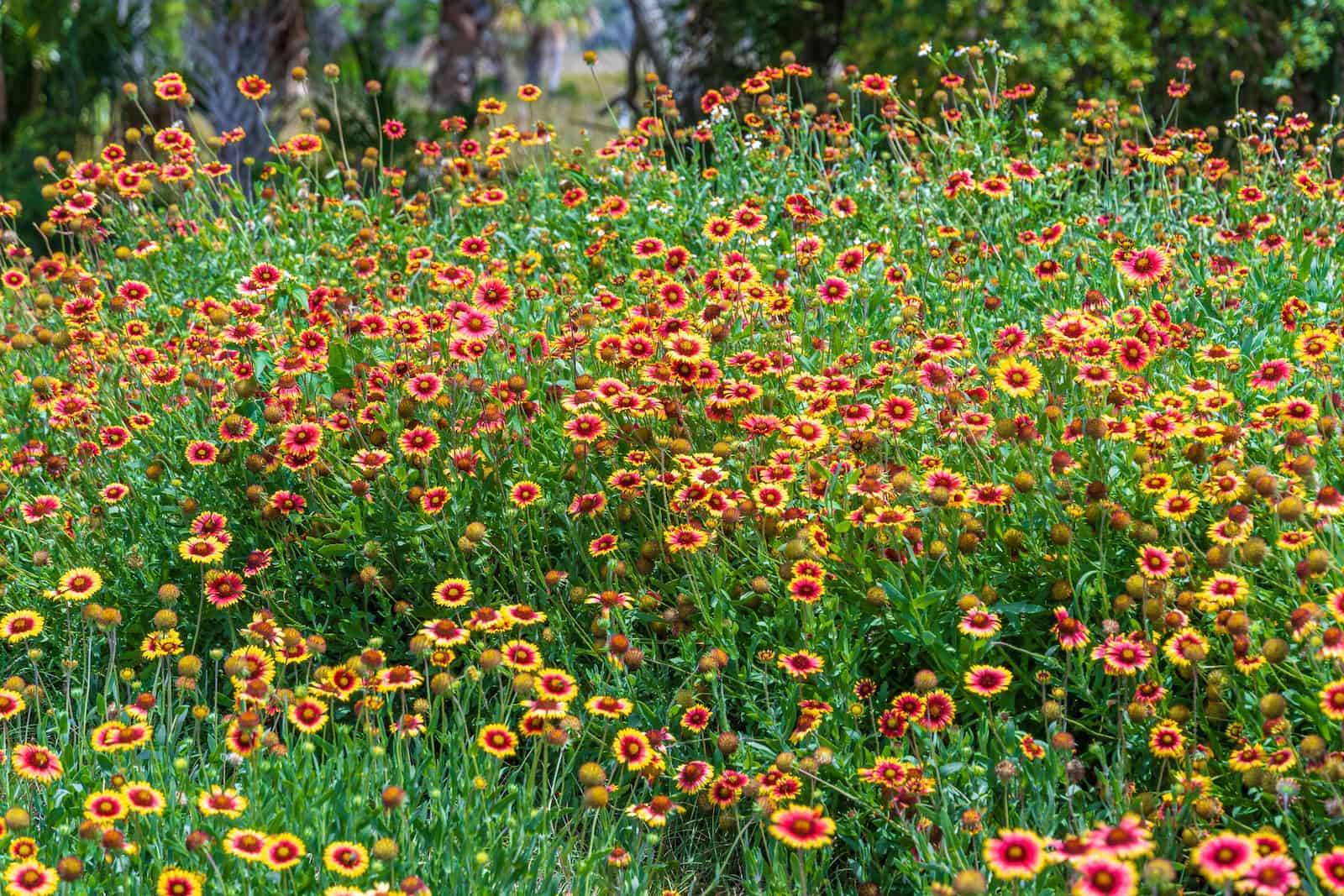
Firewheel a.k.a. Indian Blanket
Common Plants and Flowers:
Blanketflower, beach sunflower, firebush, tickseed, hibiscus, coontie, beautyberry, buttonwood, muhly grass, lovegrass, sea oats, Spanish needle
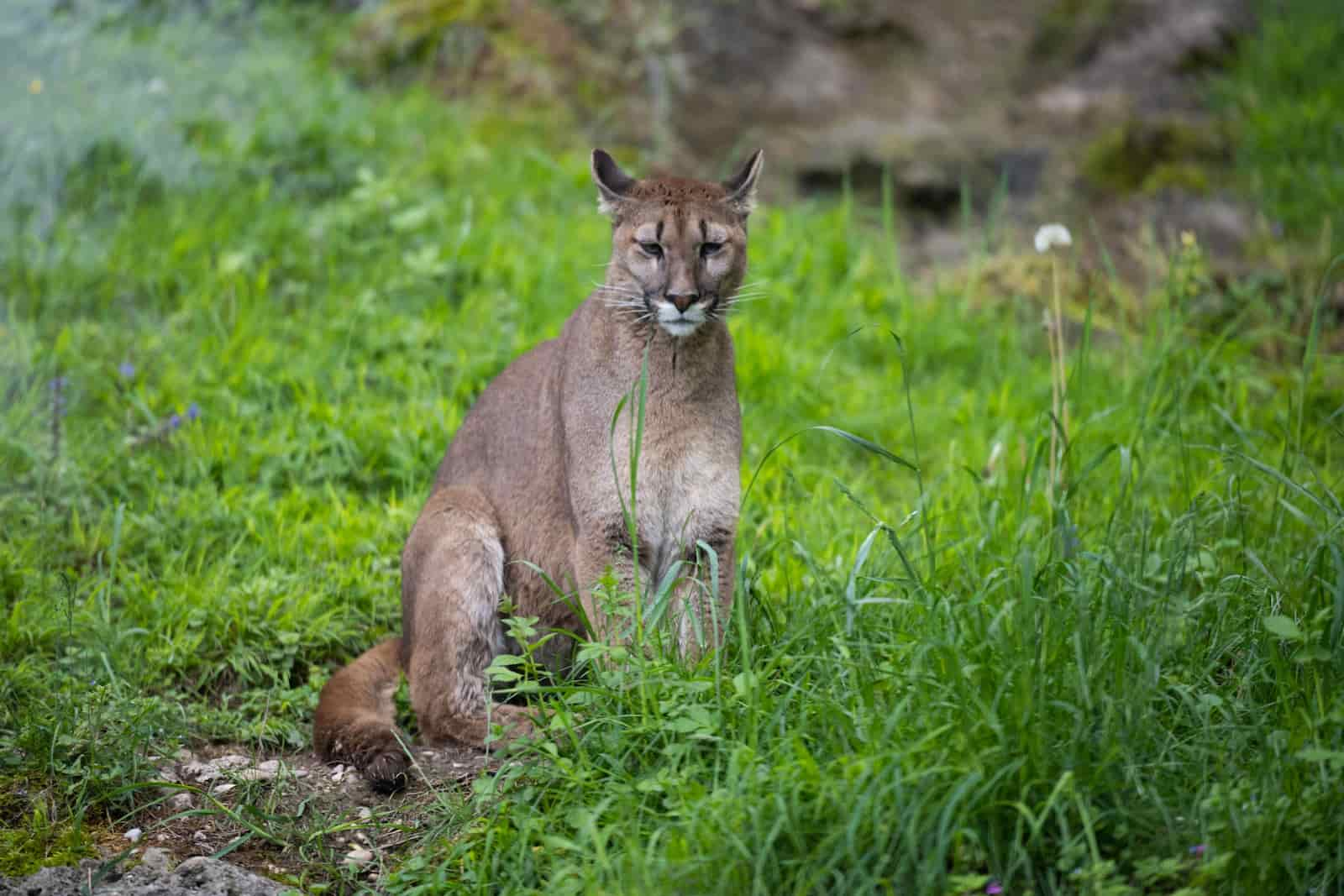
Florida Panther
Selected Endangered Species:
Florida panther, West Indian manatee, Florida scrub jay, Schaus swallowtail butterfly, Key deer, Miami blue butterfly, Florida grasshopper sparrow, loggerhead sea turtle
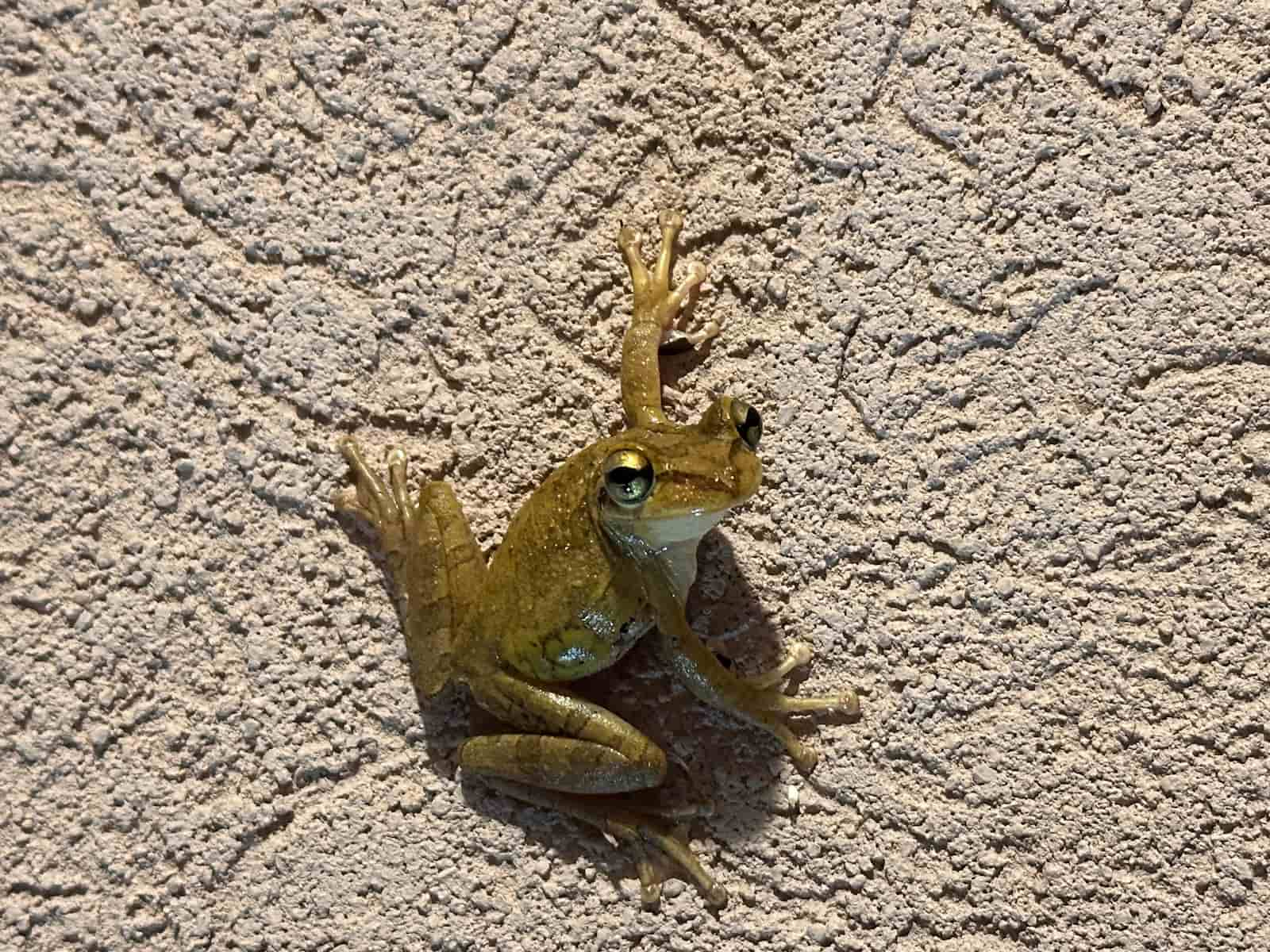
Cuban Tree Frog
Selected Invasive Animal Species:
Burmese python, Cuban tree frog, cane toad, green iguana, brown anole, fire ant, lionfish
?
DID YOU KNOW?
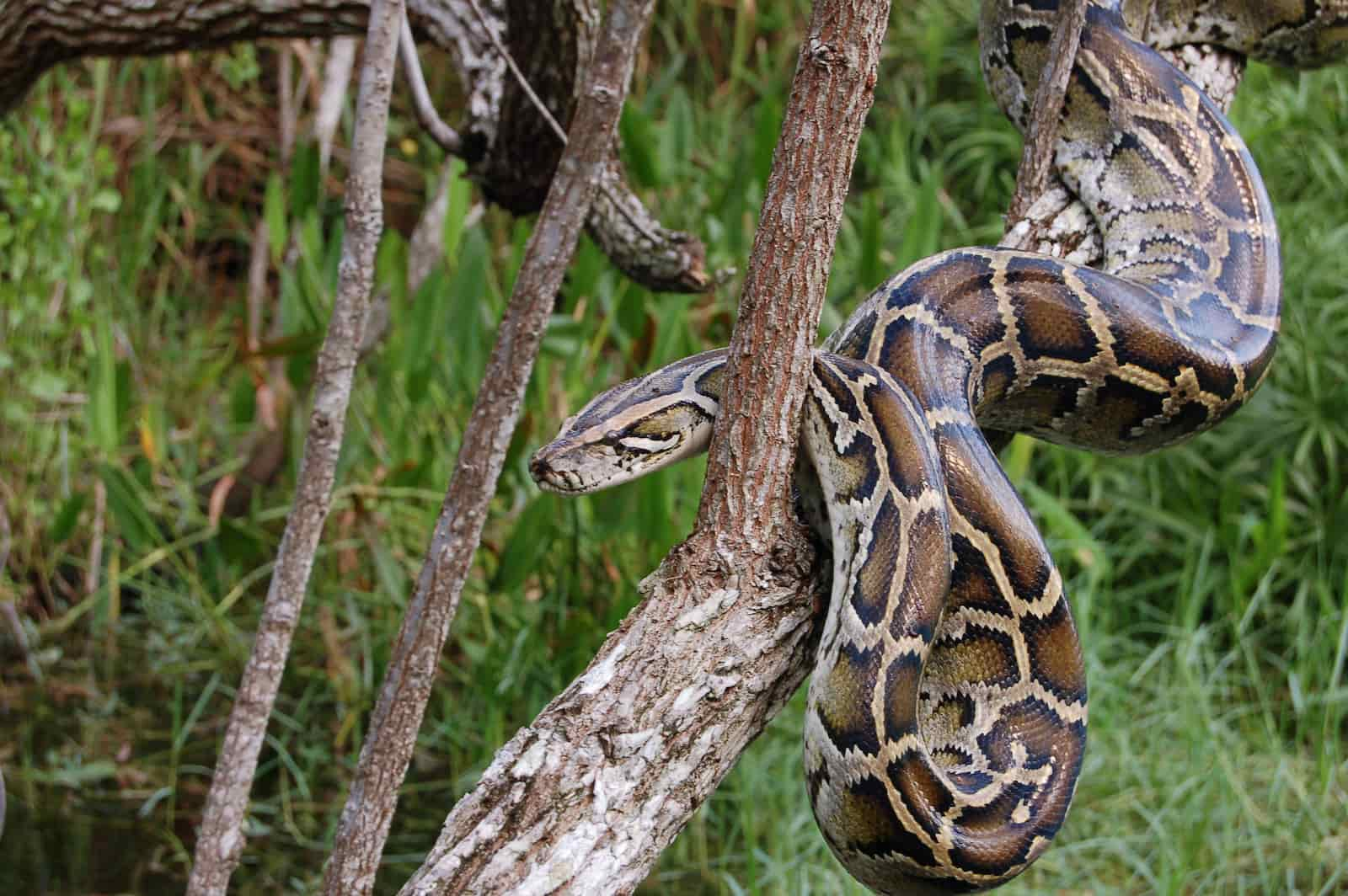
Burmese Python in the Everglades
Since the accidental introduction of Burmese pythons into the Florida Everglades in the 1990s, small mammal populations have declined by as much as 99%, and some (rabbits and foxes) have disappeared entirely. Even local bobcats are prey for this voracious snake, and their population has declined by more than 87% since 1997.
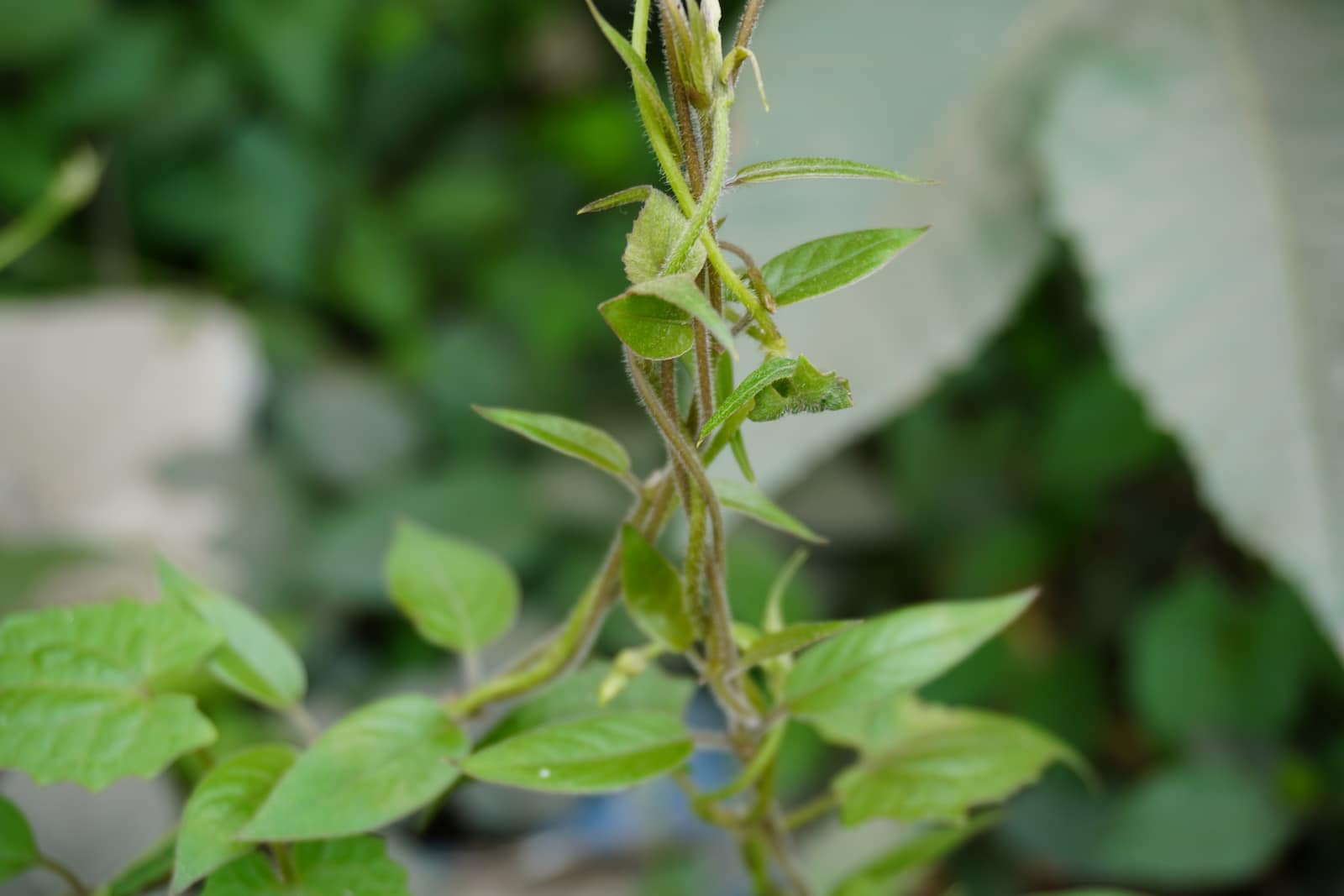
Paederia foetida, Commonly Known as Skunk Vine or Stinkvine
Florida also has invasive plant species, including Australian pine, skunk vine, Brazilian pepper, water hyacinth, heavenly bamboo, kudzu, callery pear, castor bean, Mexican petunia, wedelia, Caesar weed, oyster plant

FLORIDA HISTORY FACTS
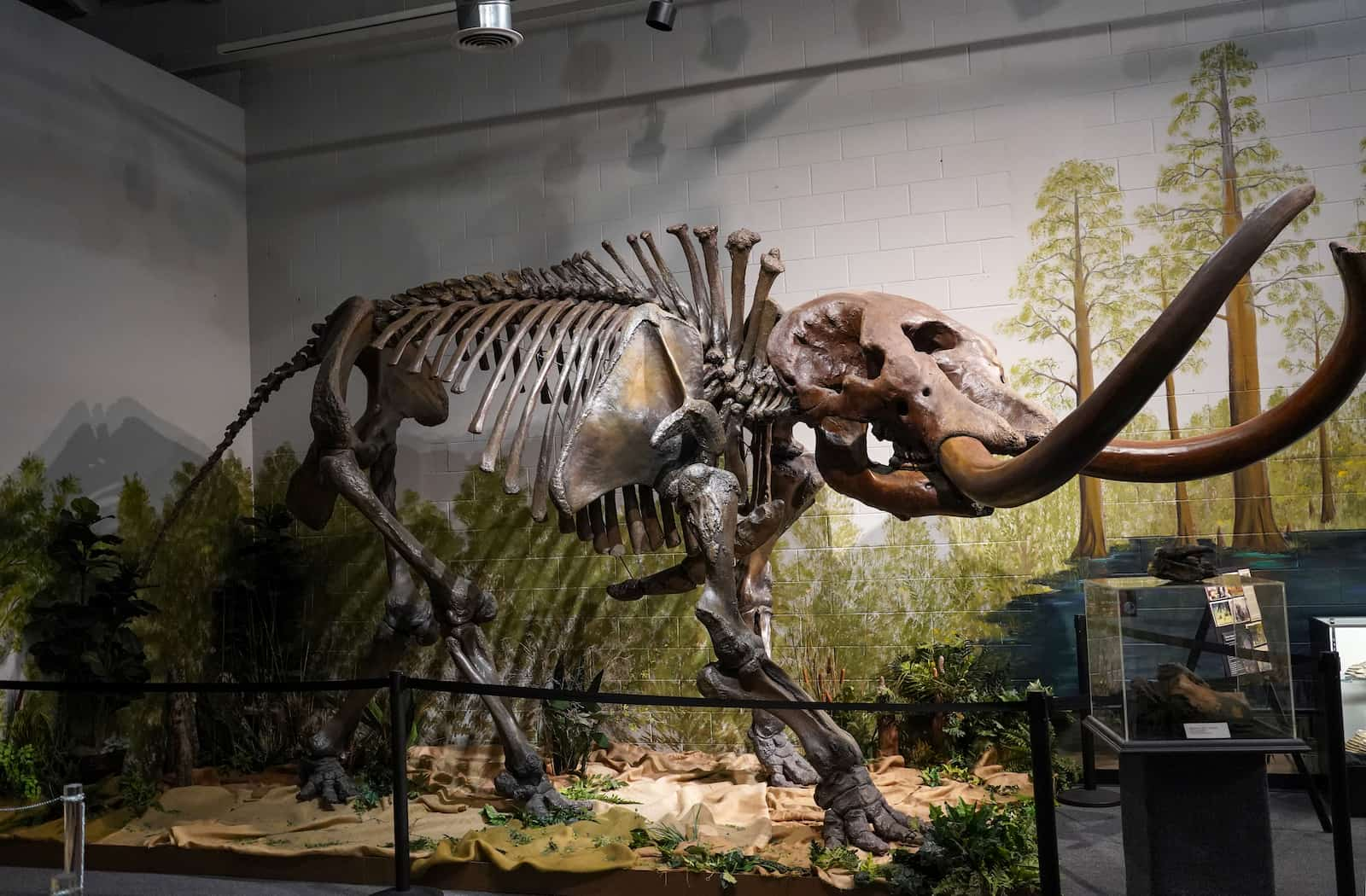
Recreation of a mastodon at the Brevard Museum of History and Natural Science.
First Inhabitants:
The first people came to the Florida peninsula around 14,000 years ago, following big game animals like mastodons, mammoths, and bison. Over time, the combination of climate change (higher sea levels and more rainfall) and human hunting caused these mammals to become extinct.
Native Americans:
There were likely around 250,000 indigenous people living in Florida when the Spanish arrived. The Timucua, who made up the majority, lived in the north and farmed the land. The Calusa were expert fishermen who built villages in the southern part of the peninsula, mainly on the coast. By the late 1700s, these native groups were nearly gone due to disease, war, and loss of land.
?
DID YOU KNOW?
The Calusa lived mainly on shellfish and created huge midden mounds of the discarded shells. Some of these mounds were so big they created entire islands for people to live on!

Ponce de León Statue
First European Visitor:
In 1513, Juan Ponce de León of Spain was the first documented European to set foot in Florida. He claimed the land for Spain, but assumed it was an island instead of a peninsula of the mainland.

Pedro Menéndez de Avilés Statue
Spanish Occupation:
Many Spanish explorers tried to establish settlements in Florida, but were defeated by the difficult weather, harsh environment, and local native people. In 1565, Pedro Menéndez de Avilés led an expedition to found St. Augustine, which still stands today.
British Occupation:
For the next few centuries, countries like France, Spain, and England fought over Florida as a valuable territory. The Spanish traded Florida to the British in 1763 in exchange for Havana, but the English returned it to them after just 20 years.

Tallahassee became Florida’s state capitol in 1824
U.S. Colony:
In the following decades, as the United States became its own country, more settlers moved into the territory. Eventually, in 1819, Spain ceded the territory to the U.S. through a treaty.
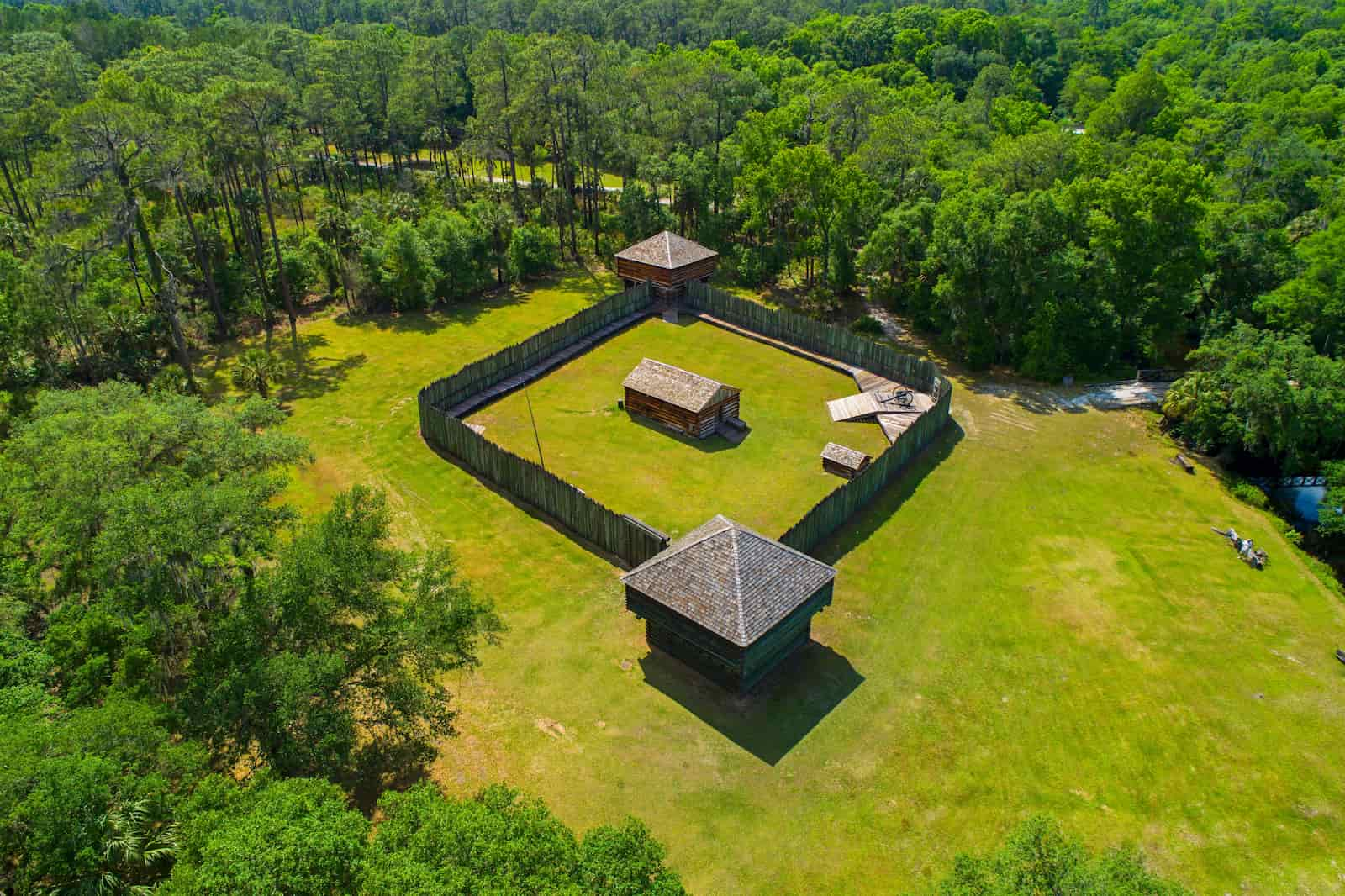
Fort Foster is a Second Seminole War era fort in Central Florida
Seminole Wars:
Between 1817 and 1858, there were three major conflicts between the U.S. Army and the Seminole people, who were made up of different Native groups and others pushed from lands farther north. Even though many were killed or forced to move, some Seminoles escaped into the Everglades, where their families still live today.
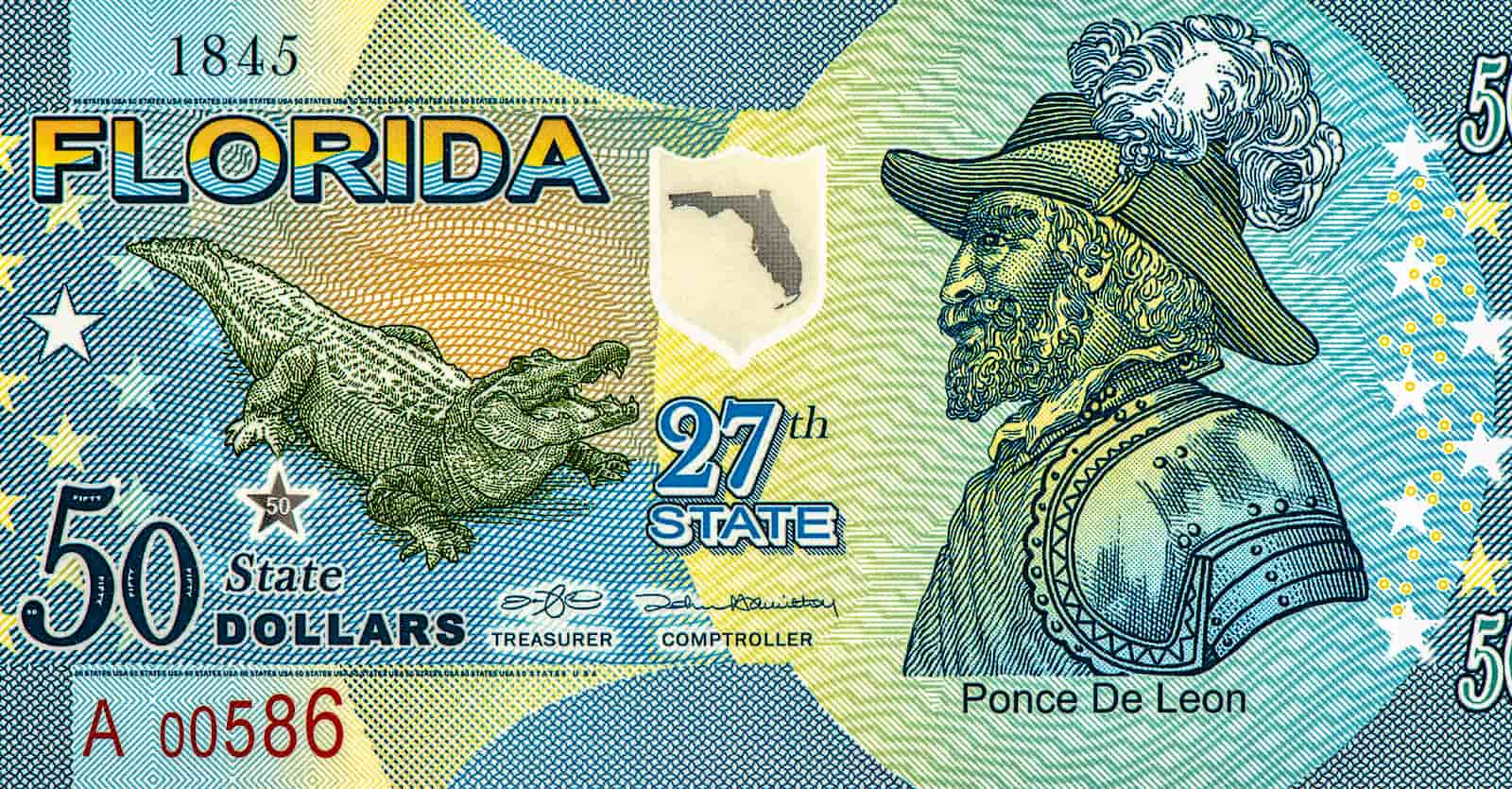
Fictional $50 “State Dollar” for Florida
U.S. Statehood:
Florida officially became the 27th U.S. state on March 3, 1845. Some thought it should come into the union as two separate states, East Florida and West Florida, as the British had divided the territory, it ultimately became one single state.
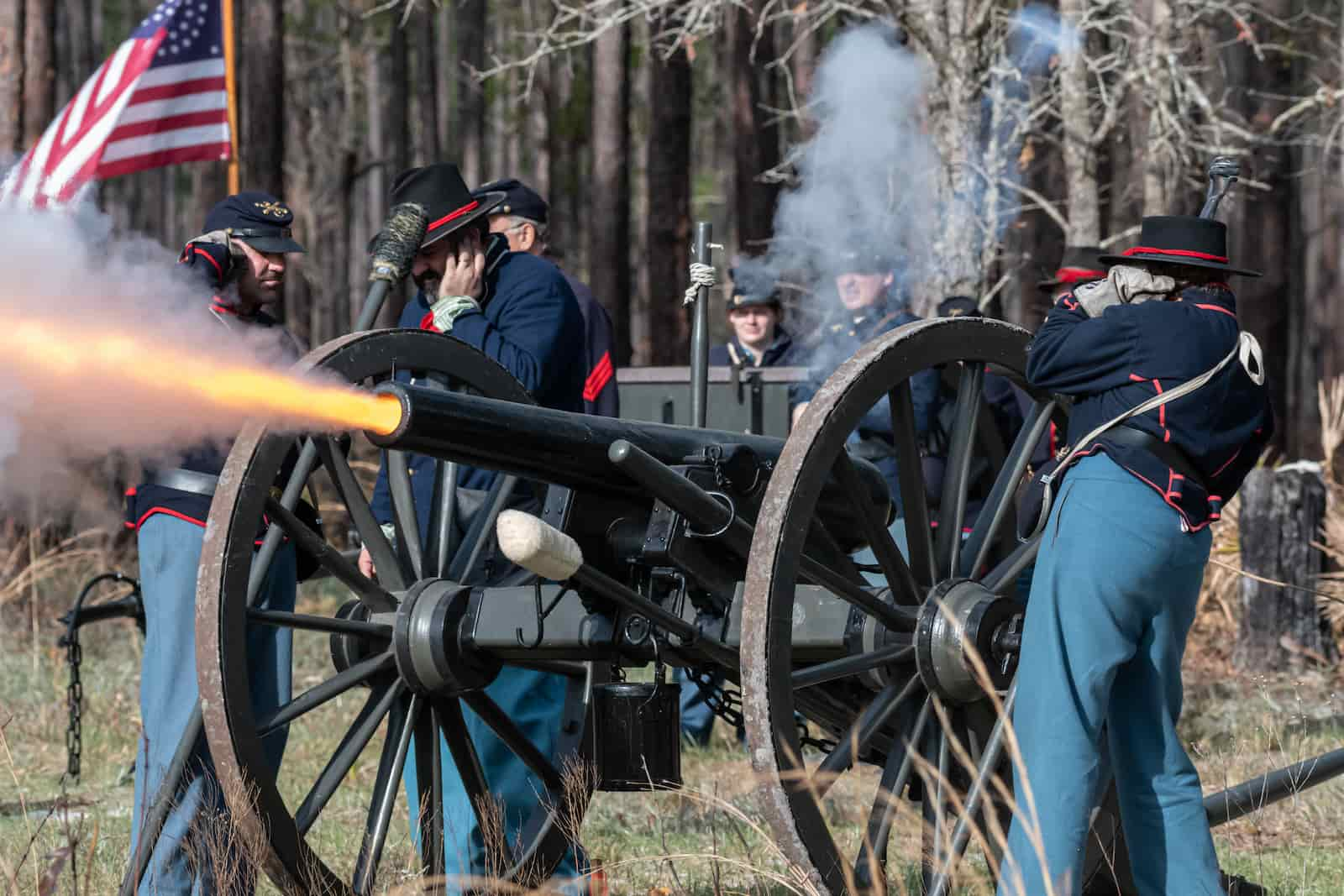
Olustee Battlefield Historic State Park
Civil War:
Florida seceded from the Union in 1861 as a Confederate state. Several battles were fought in the state, including one at Olustee.
?
DID YOU KNOW?
The Union held onto Fort Jefferson in the Dry Tortugas throughout the war. They used it as part of the southern blockade and as a prison. Its most famous prisoner was Dr. Samuel Mudd, who set the leg of John Wilkes Booth the morning after he assassinated Abraham Lincoln.

Florida Scrub cattle
Cattle Country:
Cattle ranching in Florida began in the 1500s with the early Spanish colonizers. Today, Florida is still one of the top cattle-producing states, with ranches that have been passed down through families for generations.

Orange orchard
Citrus Groves:
The Spanish also brought citrus trees to Florida, and the state has become well-known as a top producer of oranges and orange juice.
?
DID YOU KNOW?
Florida is the nation’s leading producer of sugarcane and sugar. About 25% of the cane sugar made in the U.S. comes from the Sunshine State.

Julia Tuttle Memorial
Vital Railroads:
Miami began as a small settlement, but it grew quickly after Julia Tuttle, known as the “Mother of Miami,” convinced a railroad company to extend down to the area in 1896. On the west coast, Tampa benefited from Henry Plant’s railroad around the same time.
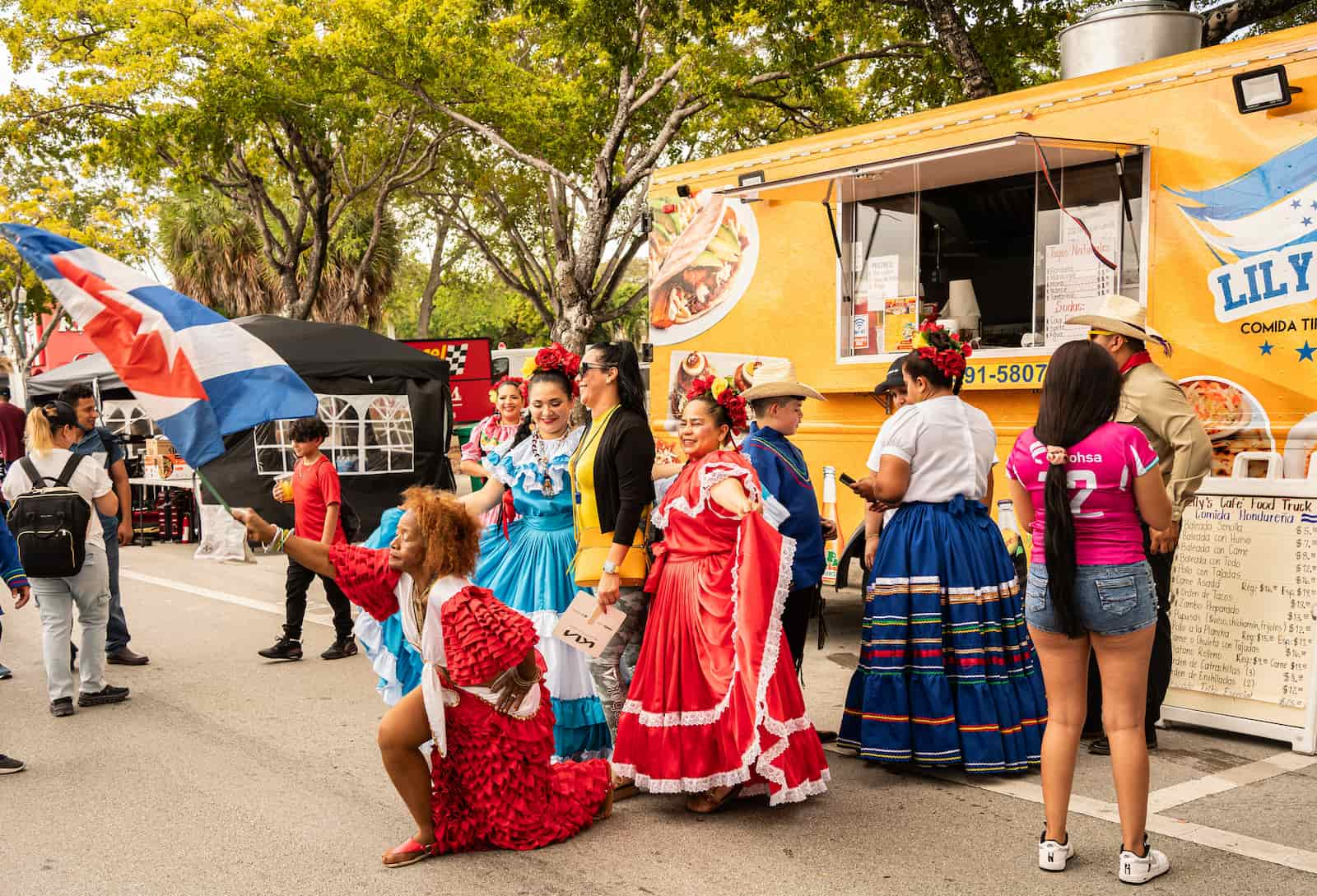
Cuban festival in Little Havana, Miami
Cuban Refugees:
After Fidel Castro came to power in Cuba in 1959, thousands fled the country. Within a few years, more than 200,000 Cubans had arrived in Florida, mainly to Miami. Others followed in the years to come, and the Cuban refugee population is now more than one million.
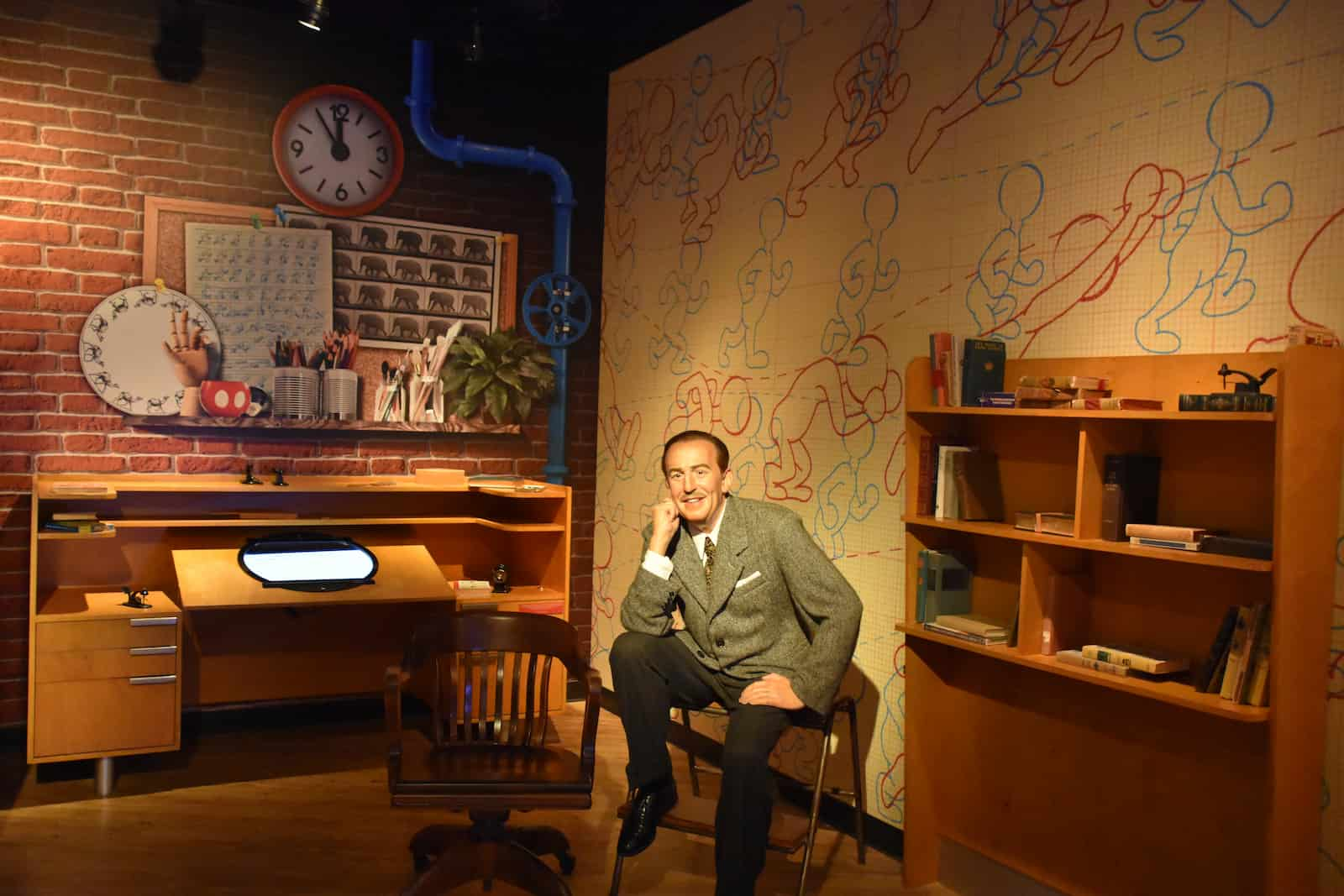
Walt Disney at Madame Tussauds Wax Museum in Orlando, Florida
Disney’s Land:
After the success of DisneyLand in California, Walt Disney wanted a place to build new, bigger theme parks. He chose Florida as the perfect place, and Walt Disney World opened in 1971 near Orlando.
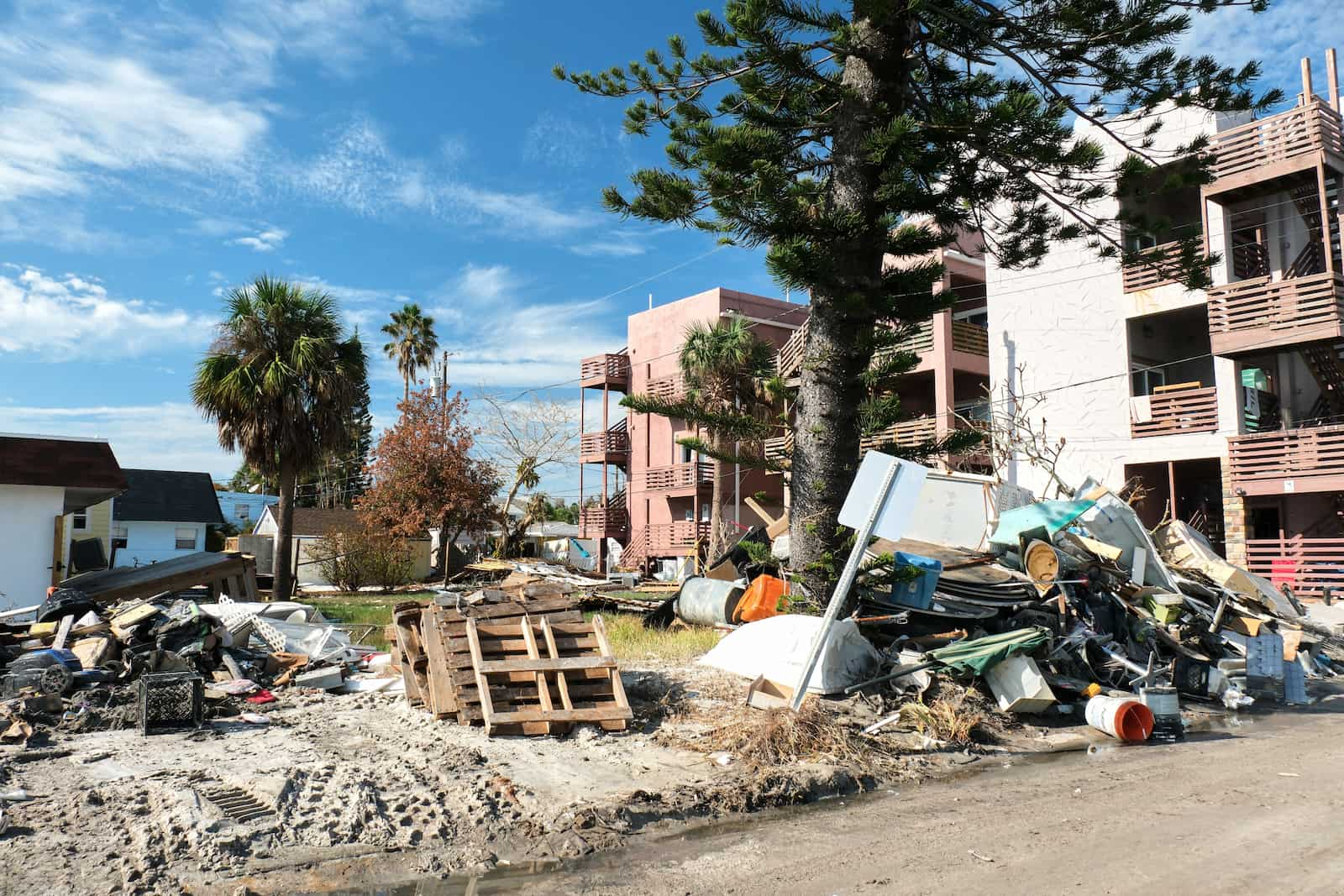
Damage along the Pinellas County beaches from Hurricane Helene
Hurricane History:
Since 1850, every part of Florida has been affected by hurricanes. The strongest on record was the Labor Day Hurricane of 1935, which hit the Florida Keys with 185 mph winds. 1992’s Hurricane Andrew destroyed large parts of the Miami area. In 2022, Hurricane Ian came ashore near Fort Myers and caused an estimated $109 billion dollars in damage.
?
DID YOU KNOW?
50 million people visit DisneyWorld every year. Magic Kingdom is the most popular park, followed by Epcot, Hollywood Studios, and Animal Kingdom.

More Activities…
Aa

Letter A: Free Games, Printables, Crafts, and Song for Kids
Help your child learn the letter A with free games, printable worksheets, crafts, and songs–designed for home or classroom learning!
Table of Contents
What Makes the Letter A Special?
Aa
The letter A is the first letter of the English alphabet and one of the most important vowels. It appears in countless words and plays a key role in early literacy. The letter A can make two main sounds:
Long A (/ā/): Found in words like “acorn,” “cake,” and “name.”
Short A (/ă/): Found in words like “apple,” “ant,” and “cat.”
TIP:
The letter A typically stands for a short A sound (/ă/) when followed by consonants, as in “cat.” It stands for a long A sound (/ā/) when followed by silent -e, as in “cake.”

Free Letter A Games & Activities
Make learning the letter A an interactive experience with these free online games and activities. Perfect for preschoolers and kindergarteners, these games help children recognize, trace, and pronounce the letter A.
Lowercase Letter a:
Uppercase Letter A:
Uppercase and Lowercase Letter A and More:
Letter A Online Painting Activity

40+ Free Printable Letter A Worksheets & Coloring Pages
Reinforce learning with printable worksheets and coloring pages featuring the letter A. These resources are great for practicing letter recognition, phonics, and vocabulary.
Letter A Worksheets
Explore the letter A with a variety of free printable worksheets! Kids can trace uppercase and lowercase letter A, color in A-themed pictures like alligators and apples, and practice with words that start with the letter A sound.
Letter A Coloring Pages
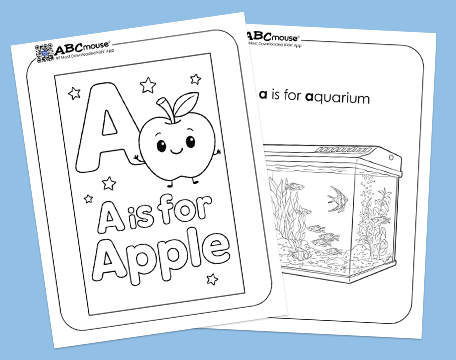
From apples and astronauts to ants and arrows, these letter A coloring pages turn alphabet practice into a creative activity with fun, kid-friendly designs.
Letter A Word Lists
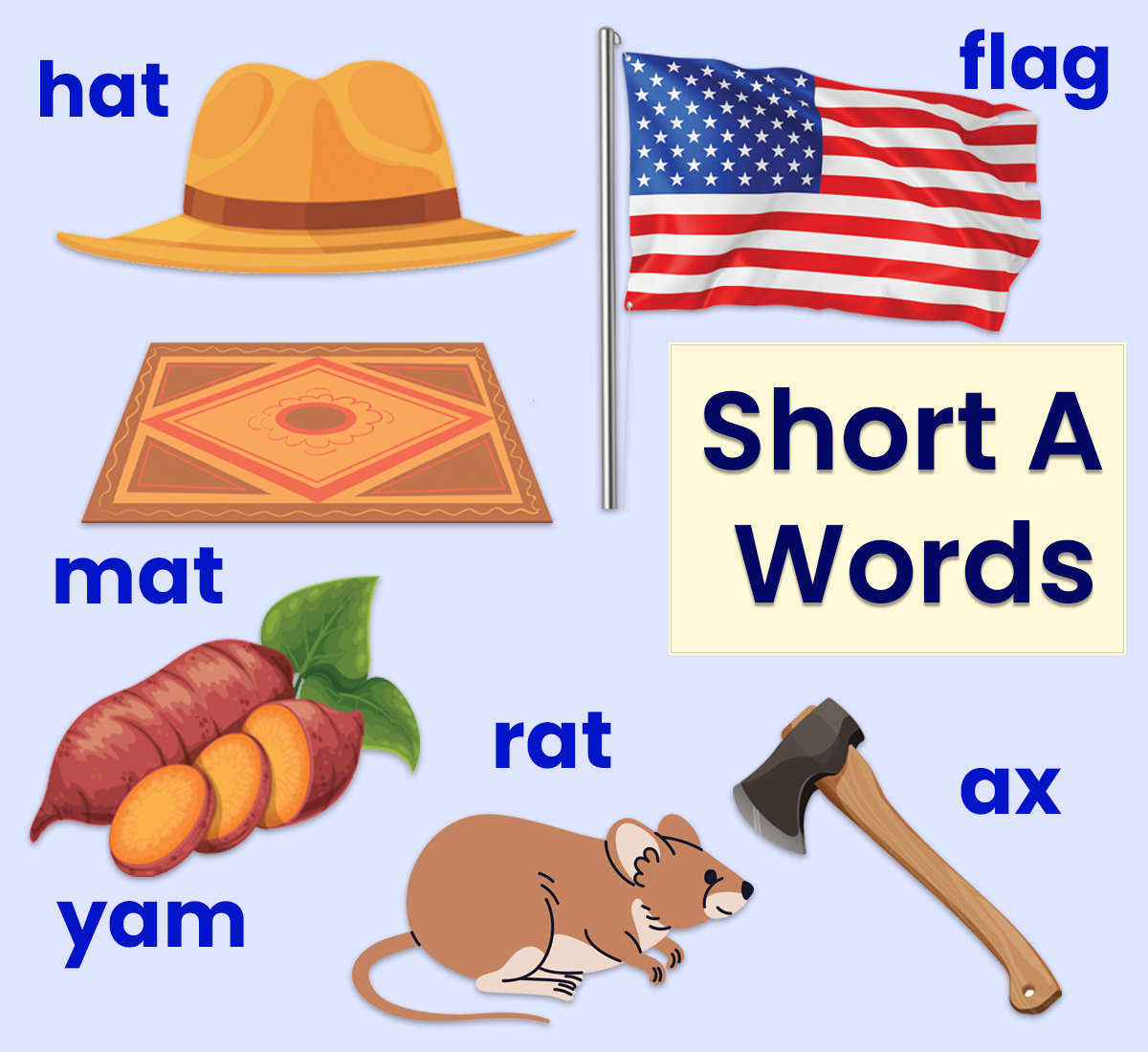
With 11 different word lists to pick from, you can find the ones that are just right for your child’s learning level. You’ll also find letter A words with definitions and illustrations

10 Letter A Crafts
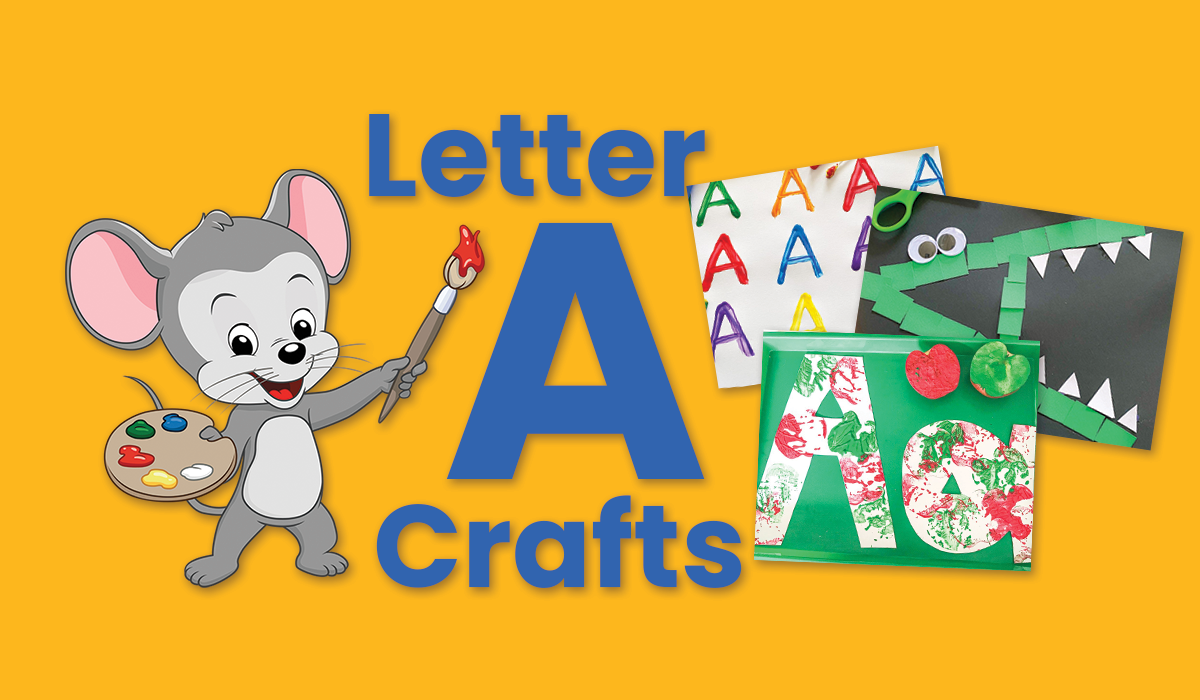
Searching for playful ways to teach the letter A? These awesome letter A crafts and activities are designed to help kids learn as they create!

Letter A Song
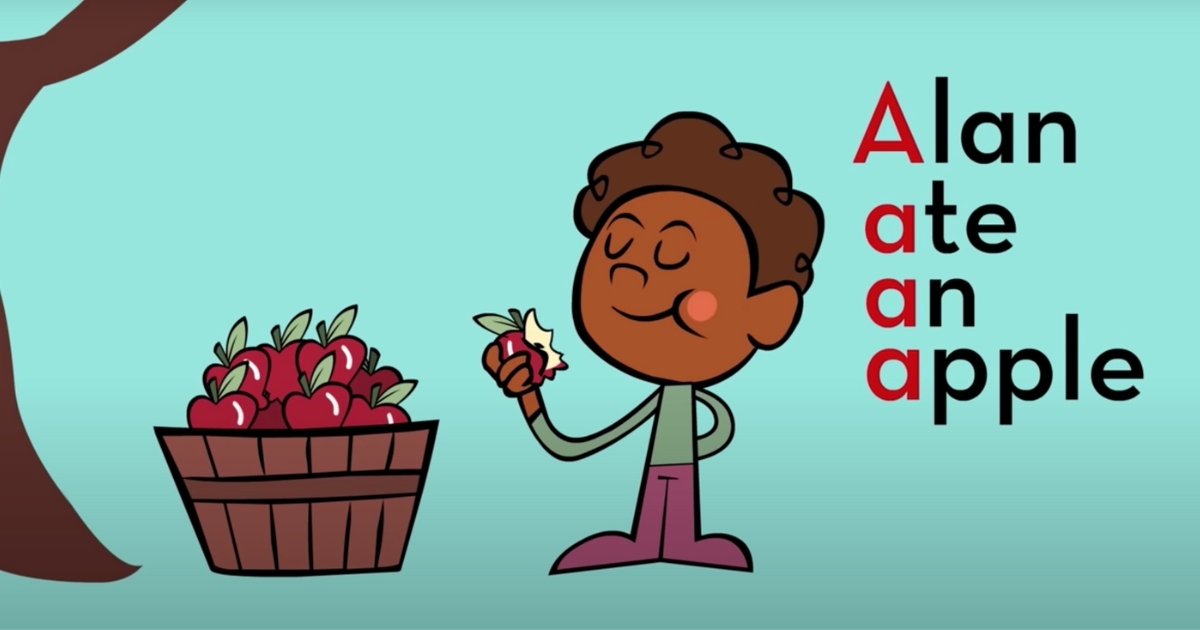
Make learning the letter A even more engaging with a catchy, kid-approved song that teaches this letter through fun music and lively motion.
FAQ’s About the Letter A
What are some fun ways to teach the letter A?
There are many fun ways to teach the letter A! Use printable worksheets, interactive games, and crafts to make learning engaging. Singing songs about the letter A and practicing its sounds with words like “apple” and “ant” are also effective methods.
What are some words that start with the letter A?
Common words that start with the letter A include:
Short A (/ă/): apple, ant, alligator, astronaut, ax
Long A (/ā/): acorn, apron, April, ape, angel
How do you explain the letter A to preschoolers?
Start by showing the uppercase (A) and lowercase (a) forms of the letter. Use visuals like apples or ants to connect the letter and its sounds to familiar objects. Practice tracing the letter and saying its sounds (short /ă/ and long /ā/).
What are the two sounds of the letter A?
The letter A makes two main sounds:
Long A (/ā/): Found in words like “acorn,” “cake,” and “name.”
Short A (/ă/): Found in words like “apple,” “ant,” and “cat.”
Why is the letter A important in early literacy?
The letter A is the first letter of the alphabet and one of the most commonly used vowels. It appears in many words and helps children build foundational phonics and reading skills.
What are some crafts to teach the letter A?
Here are a few fun letter A crafts:
- Apple Stamping: Use apple halves as stamps to create art.
- Alligator Craft: Make an alligator using green paper and googly eyes.
- Airplane Craft: Build a paper airplane and decorate it with the letter A.
How can I help my child recognize the letter A?
You can help your child recognize the letter A by:
- Pointing out the letter A in books, signs, and everyday objects.
- Using printable worksheets to practice tracing and coloring the letter.
- Playing games that focus on identifying uppercase and lowercase A.
What are some activities for the letter A?
Here are some activities to make learning the letter A fun:
- Letter A Scavenger Hunt: Find objects around the house that start with A.
- Tracing Practice: Use rainbow traceables to practice writing A.
- Songs and Rhymes: Sing songs that emphasize the letter A.
More Learning Resources from ABCmouse:
-
The Best U.S. States To Be a Kid
Discover the best U.S. states for kids! Explore fun-filled rankings and why every childhood moment opens doors to education with ABCmouse.
-
Free Printable Letter N Worksheets
Explore the world of the letter N with our preschool worksheets, perfect for coloring, tracing, and more! Engage your child in fun alphabet activities and online…
-
Free Printable Letter O Worksheets
Unlock the world of early literacy with our engaging preschool worksheets focused on the letter O. Perfect for little learners, these free printables blend coloring, tracing,…
-
How to Teach Telling Time
Discover engaging methods to teach children time-telling skills, including understanding hours, half-hours, and minutes, through fun activities and educational tools.
-
How to Teach Spelling to Kids
Unlock the secrets to fun spelling practice for kids with expert tips. Discover phonics connections, engaging activities, and where to find age-appropriate words to help your…
-
Kindergarten Spelling Words
Explore kindergarten spelling word lists and free PDF printables great for young learners. From 2-letter spelling words to high frequency and CVC spelling words we have…

